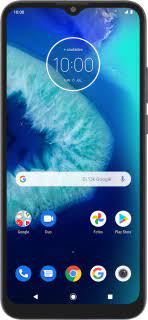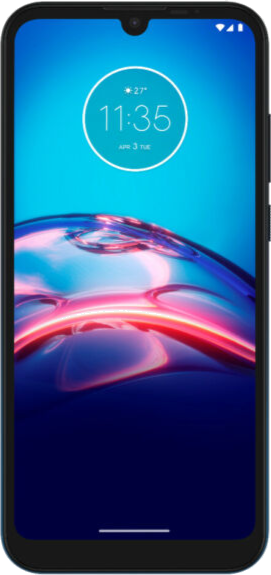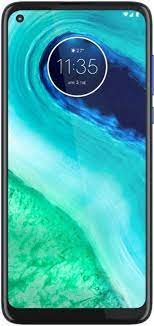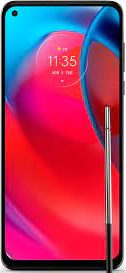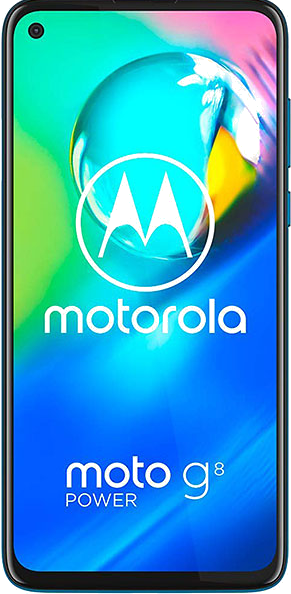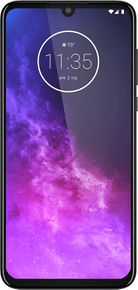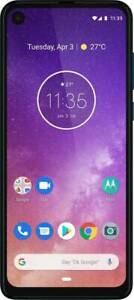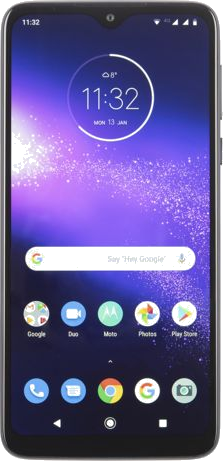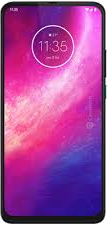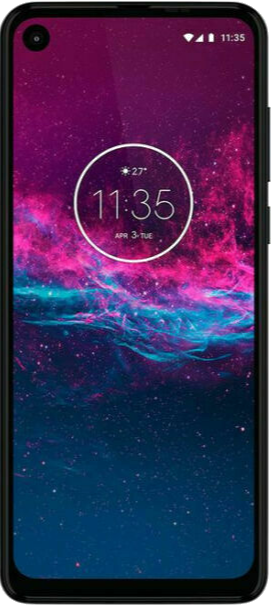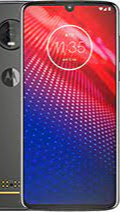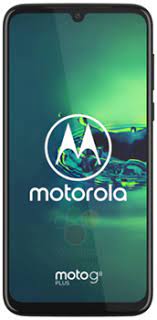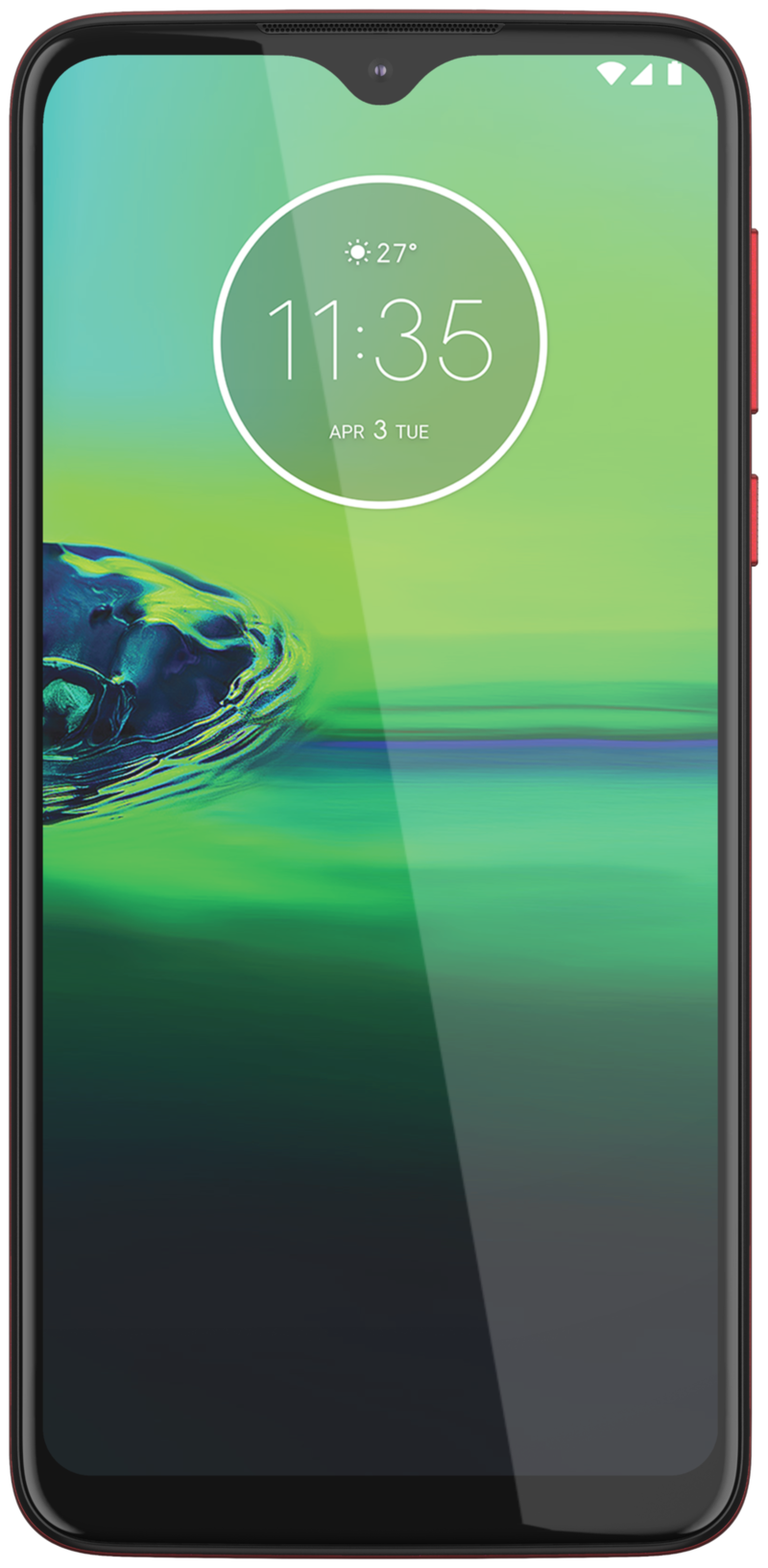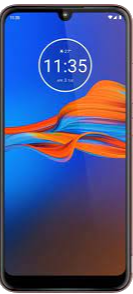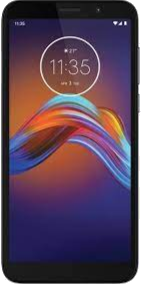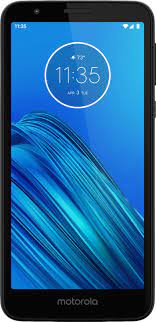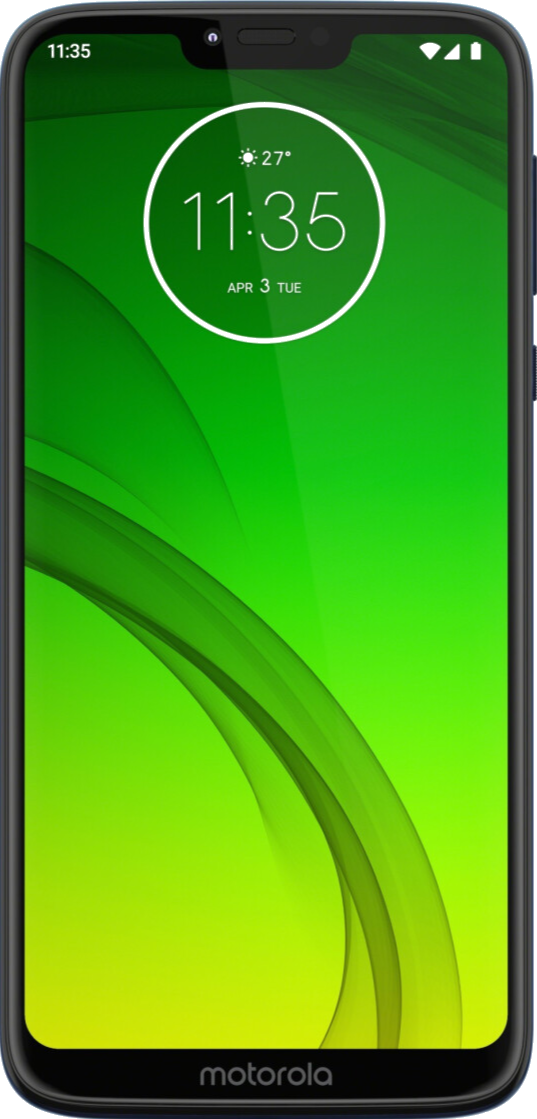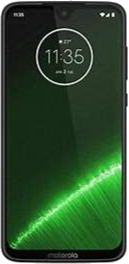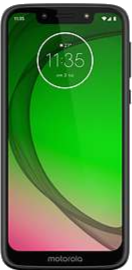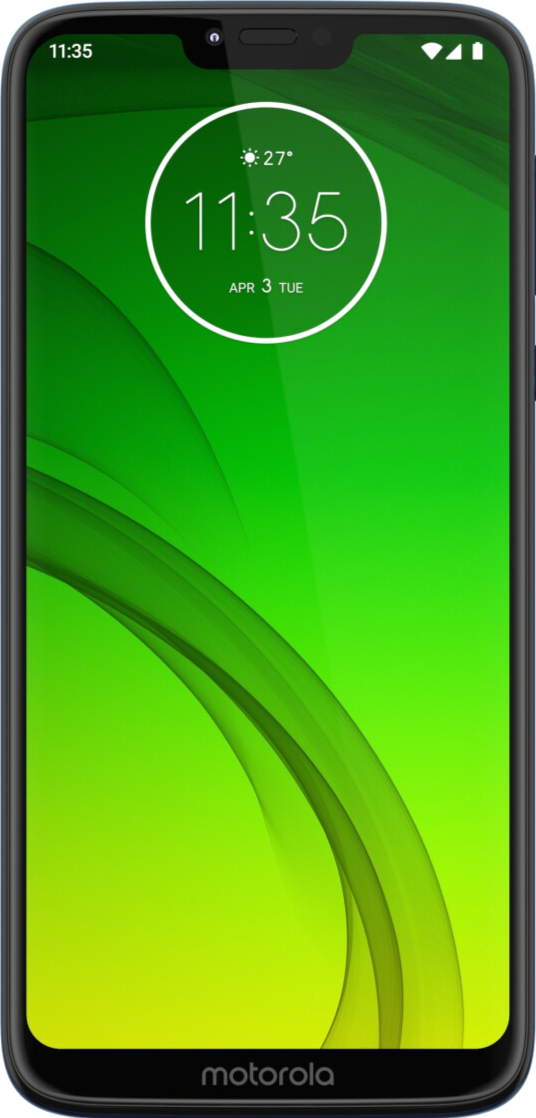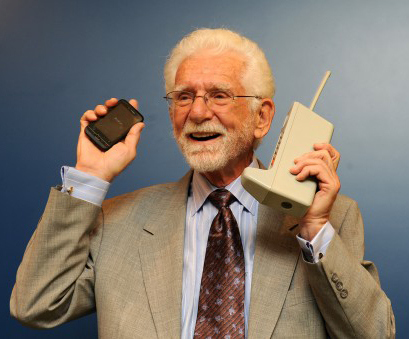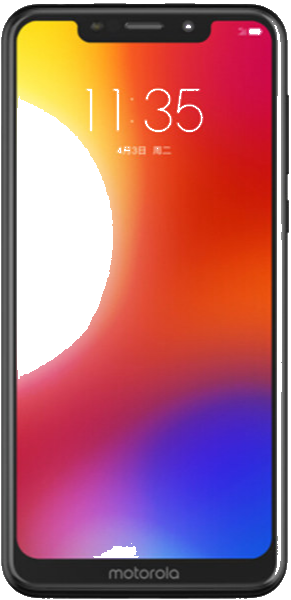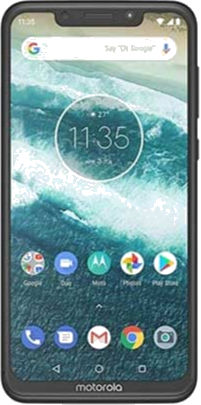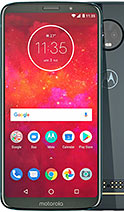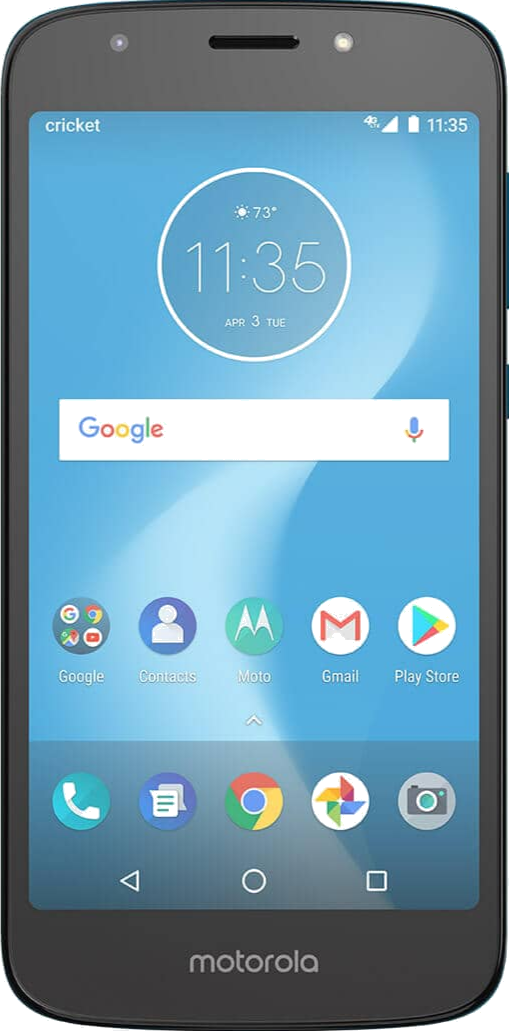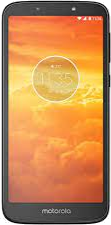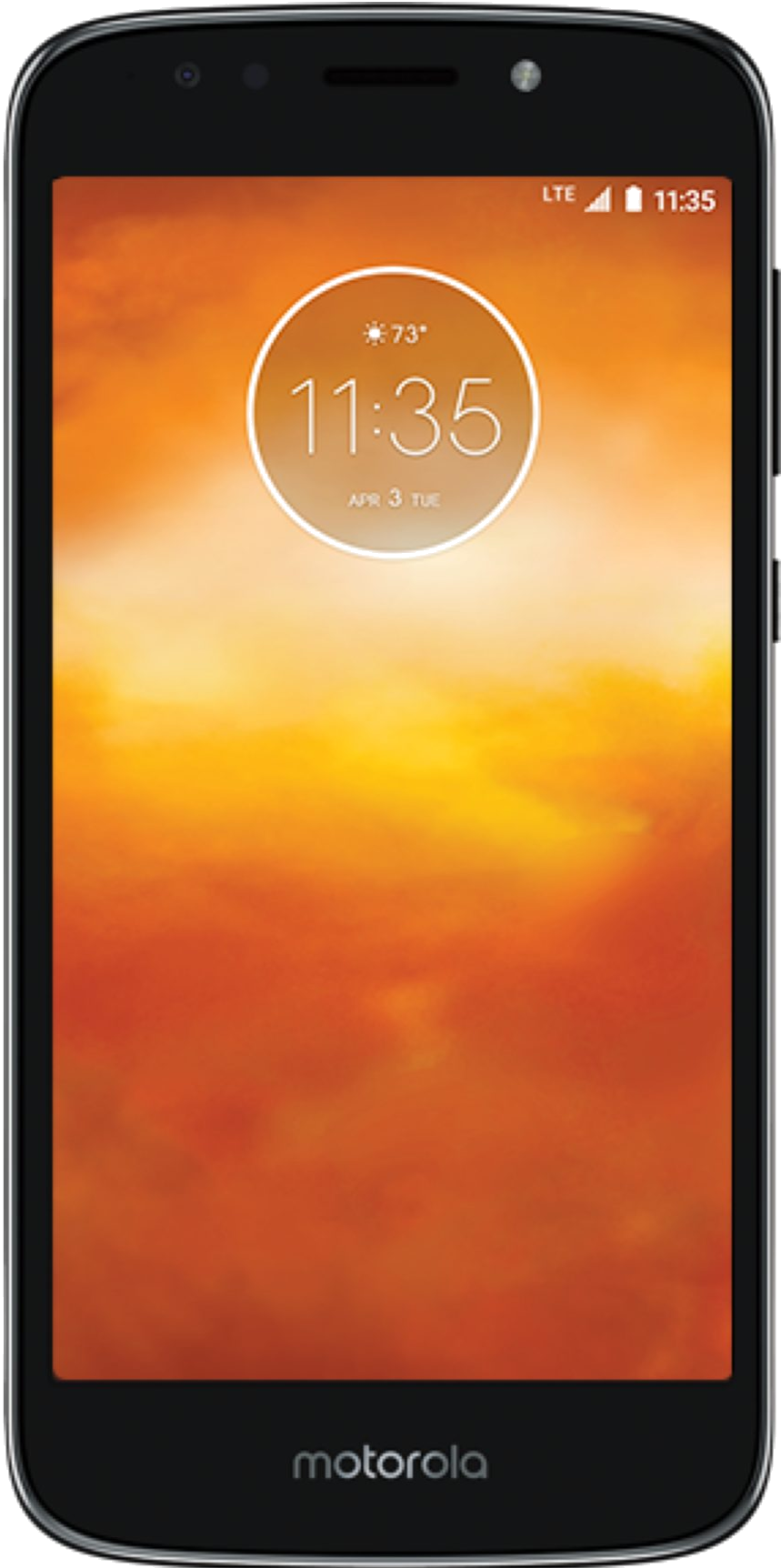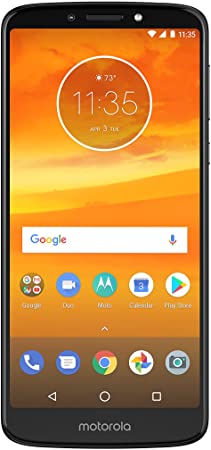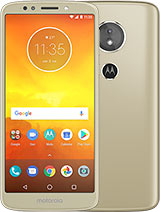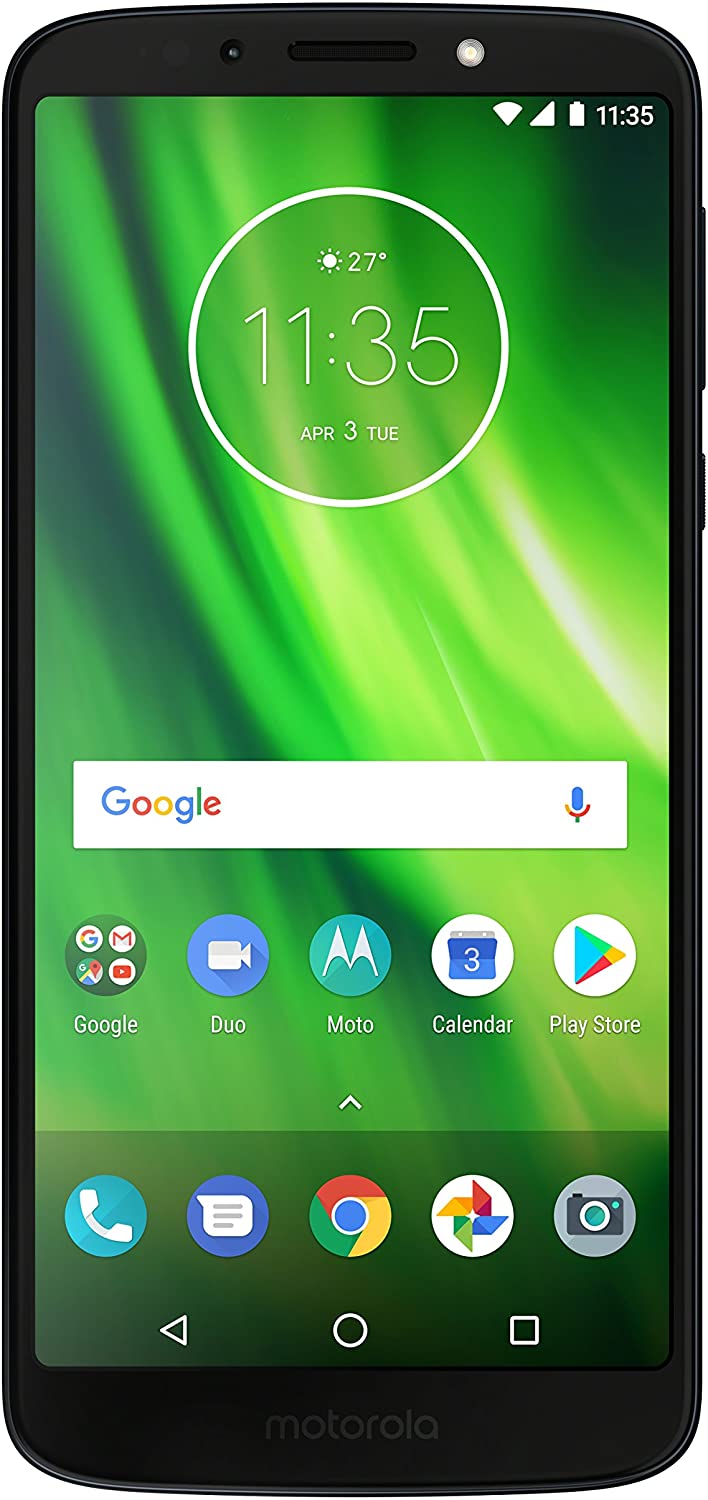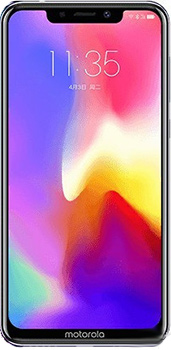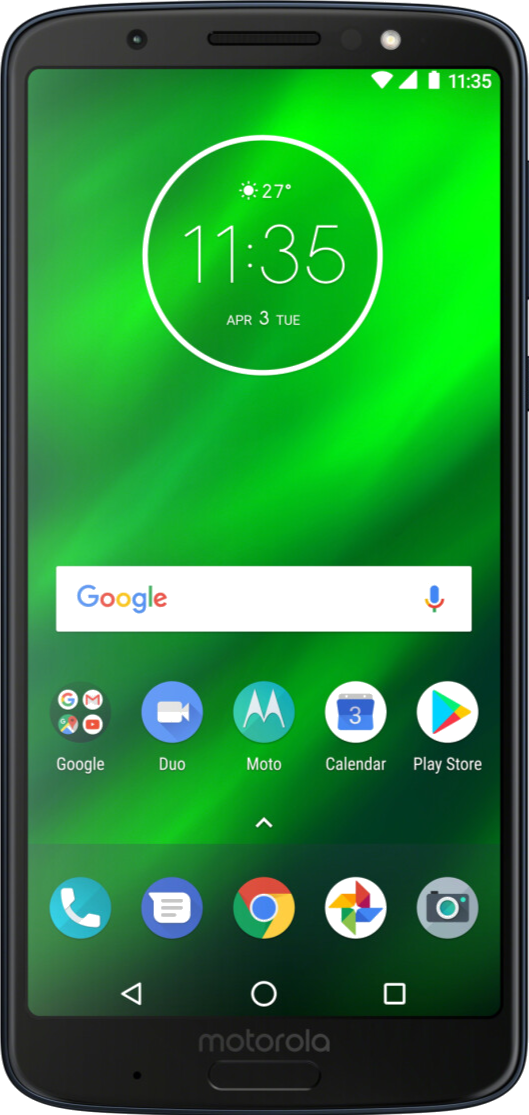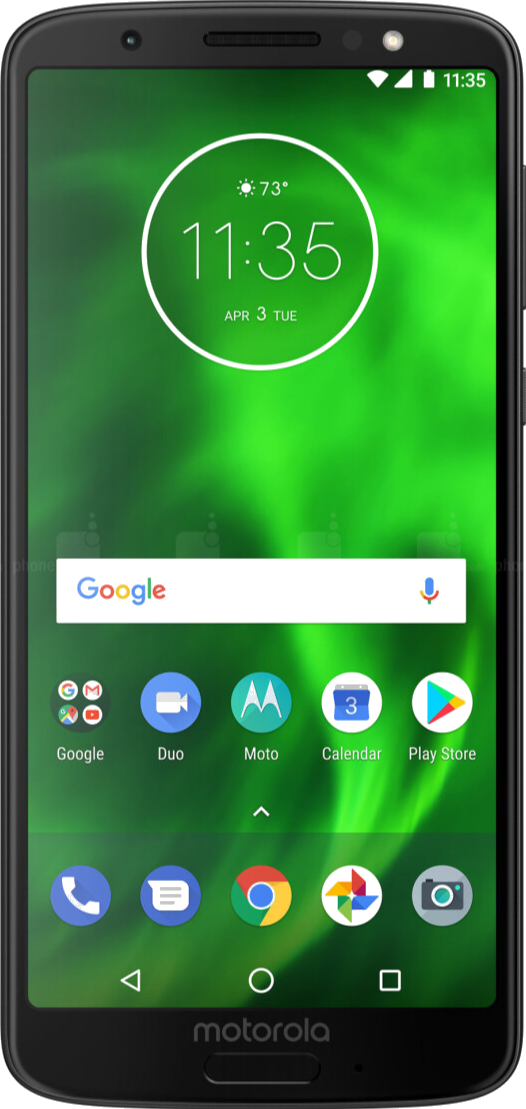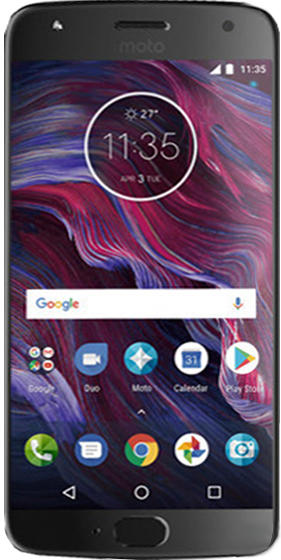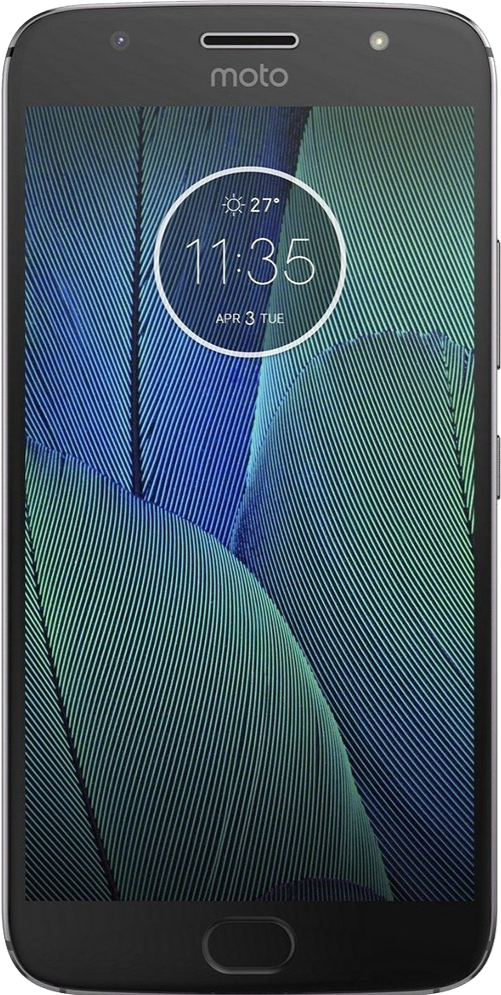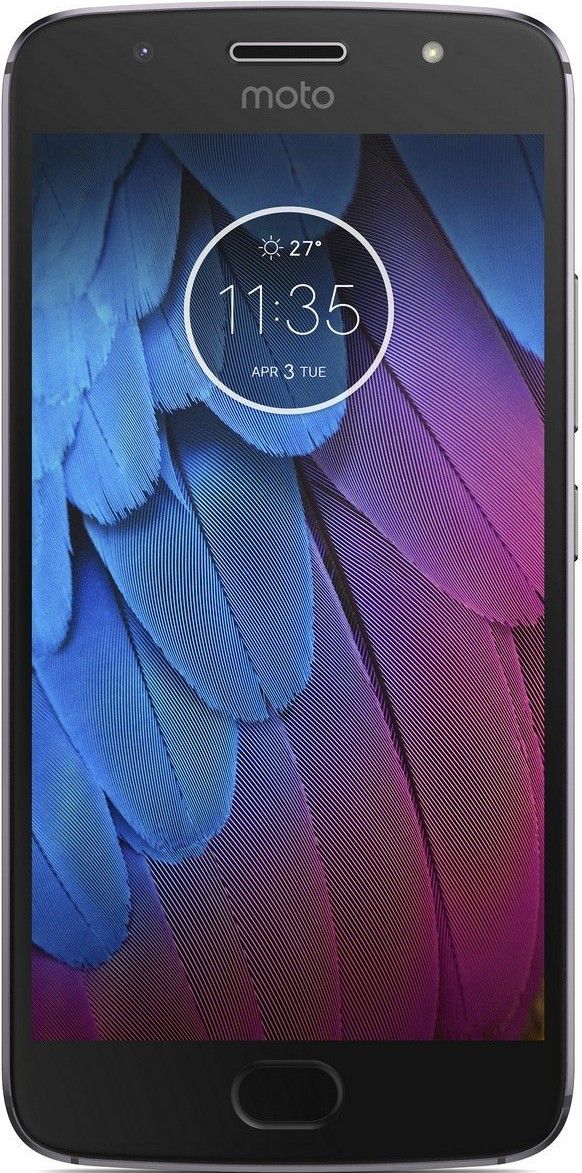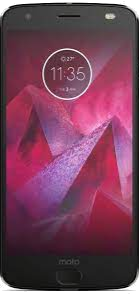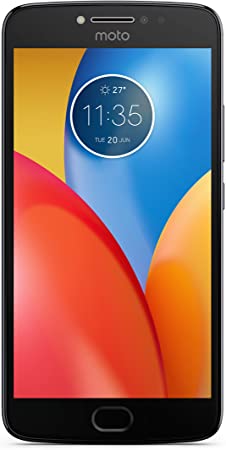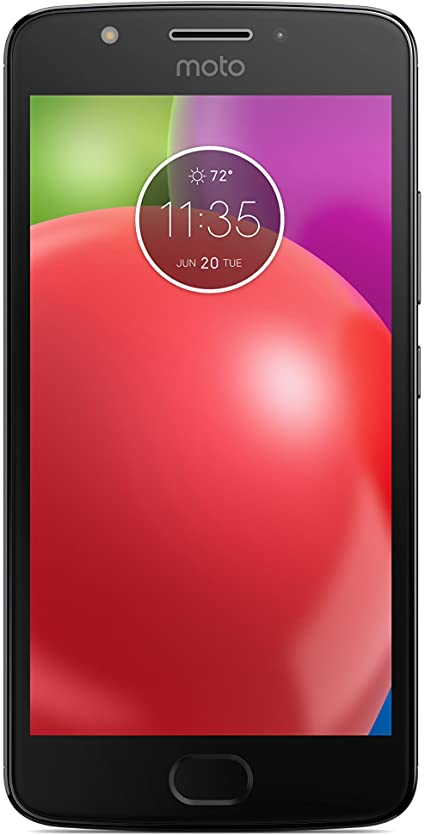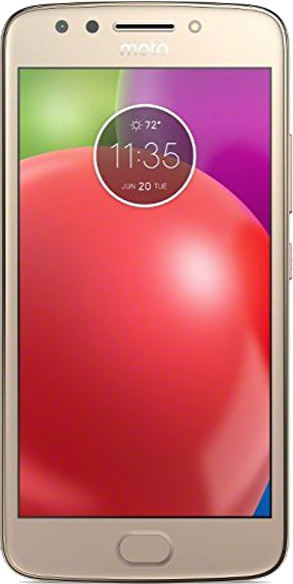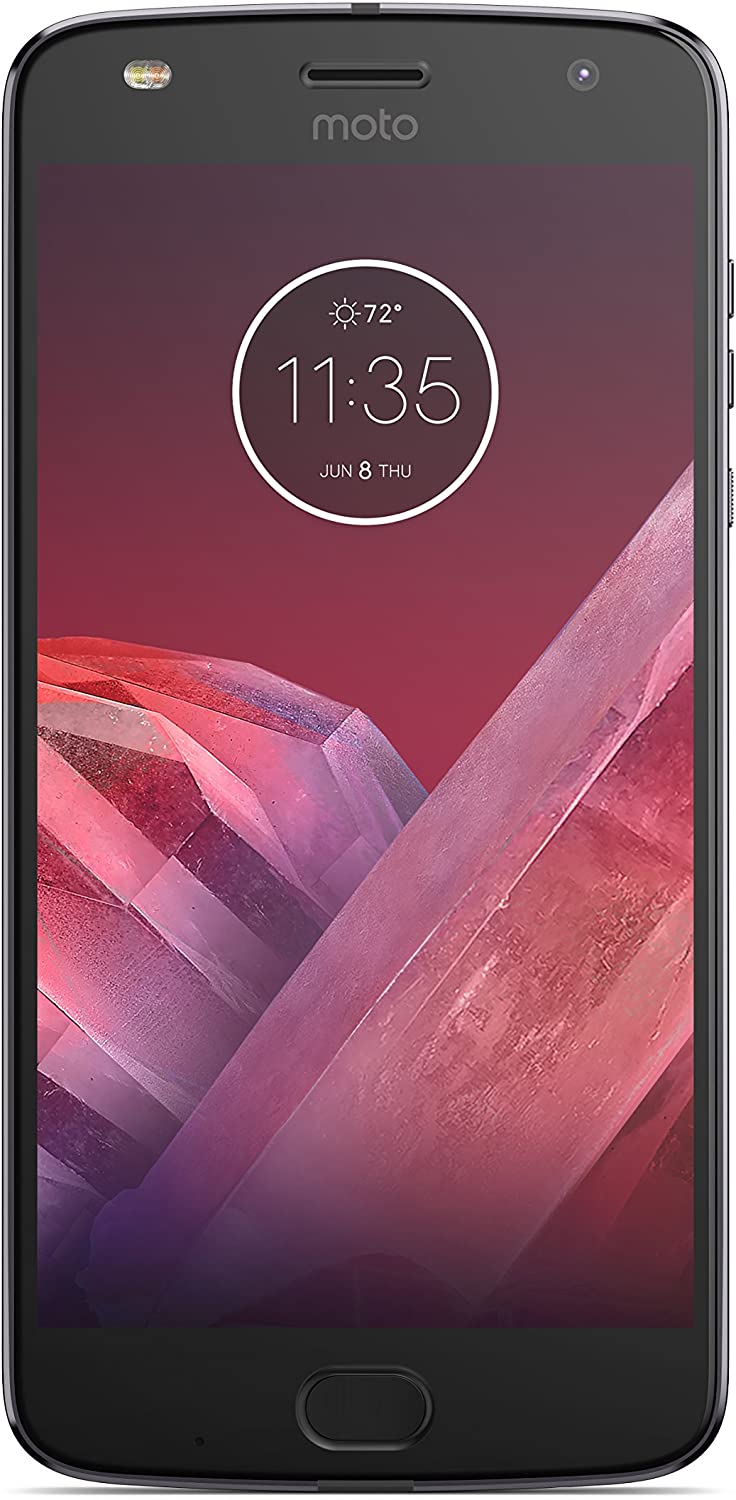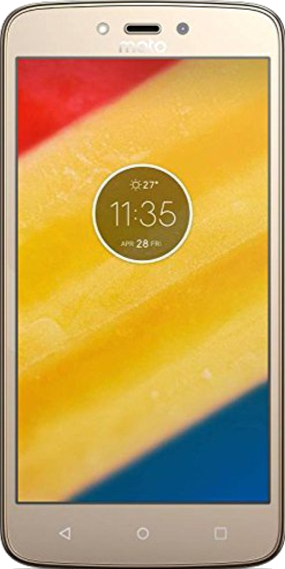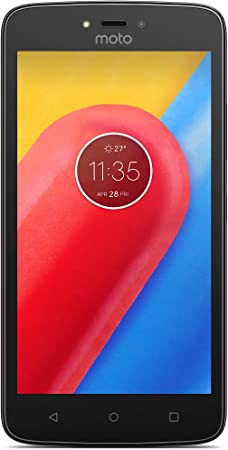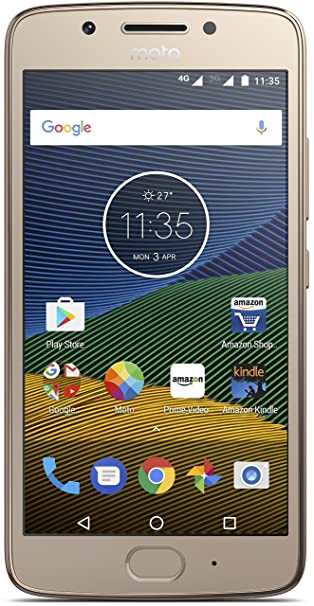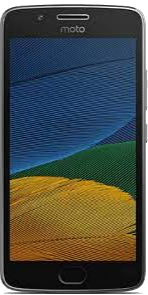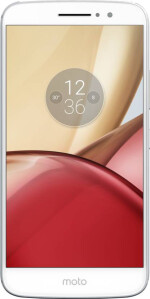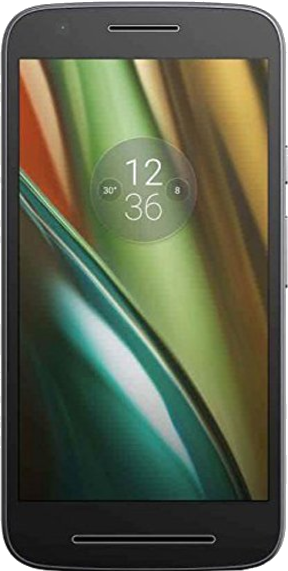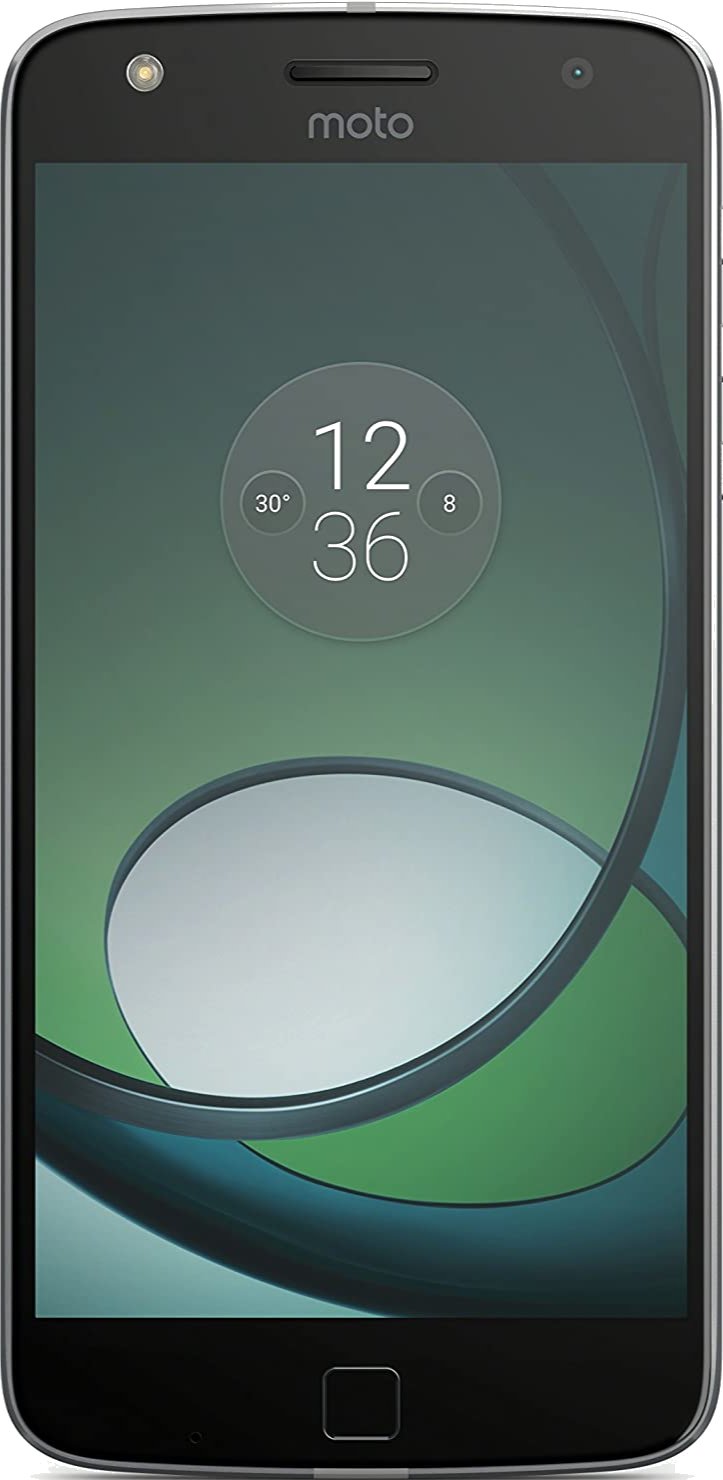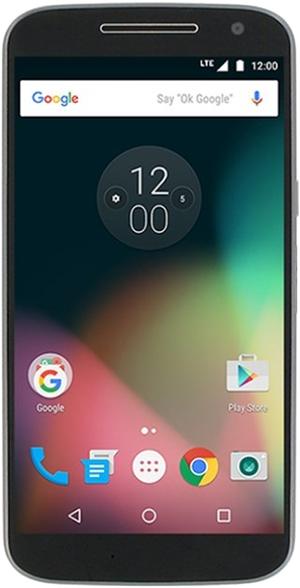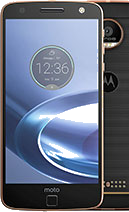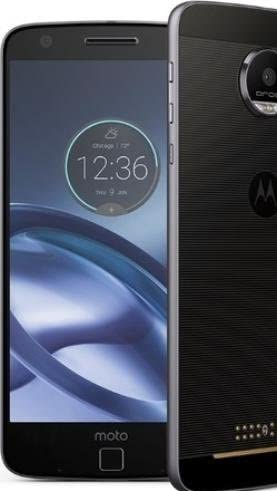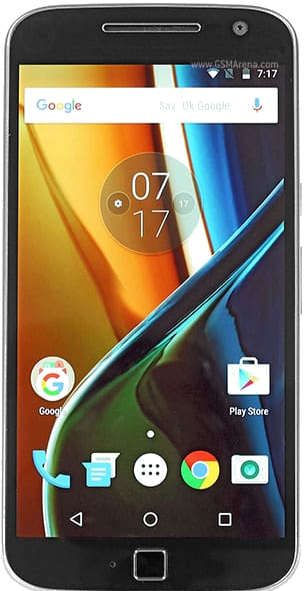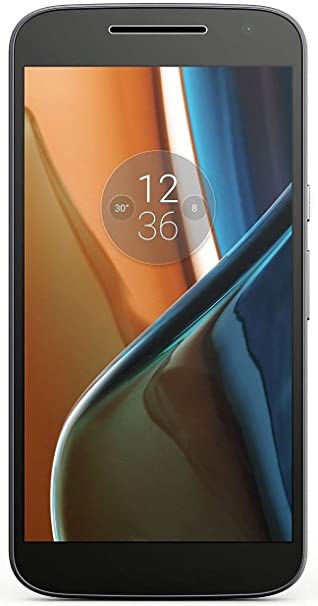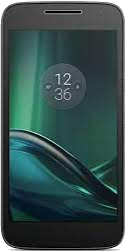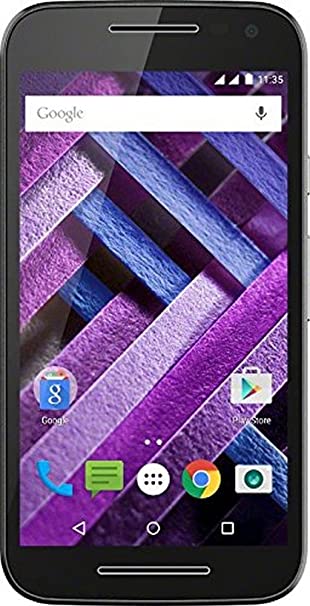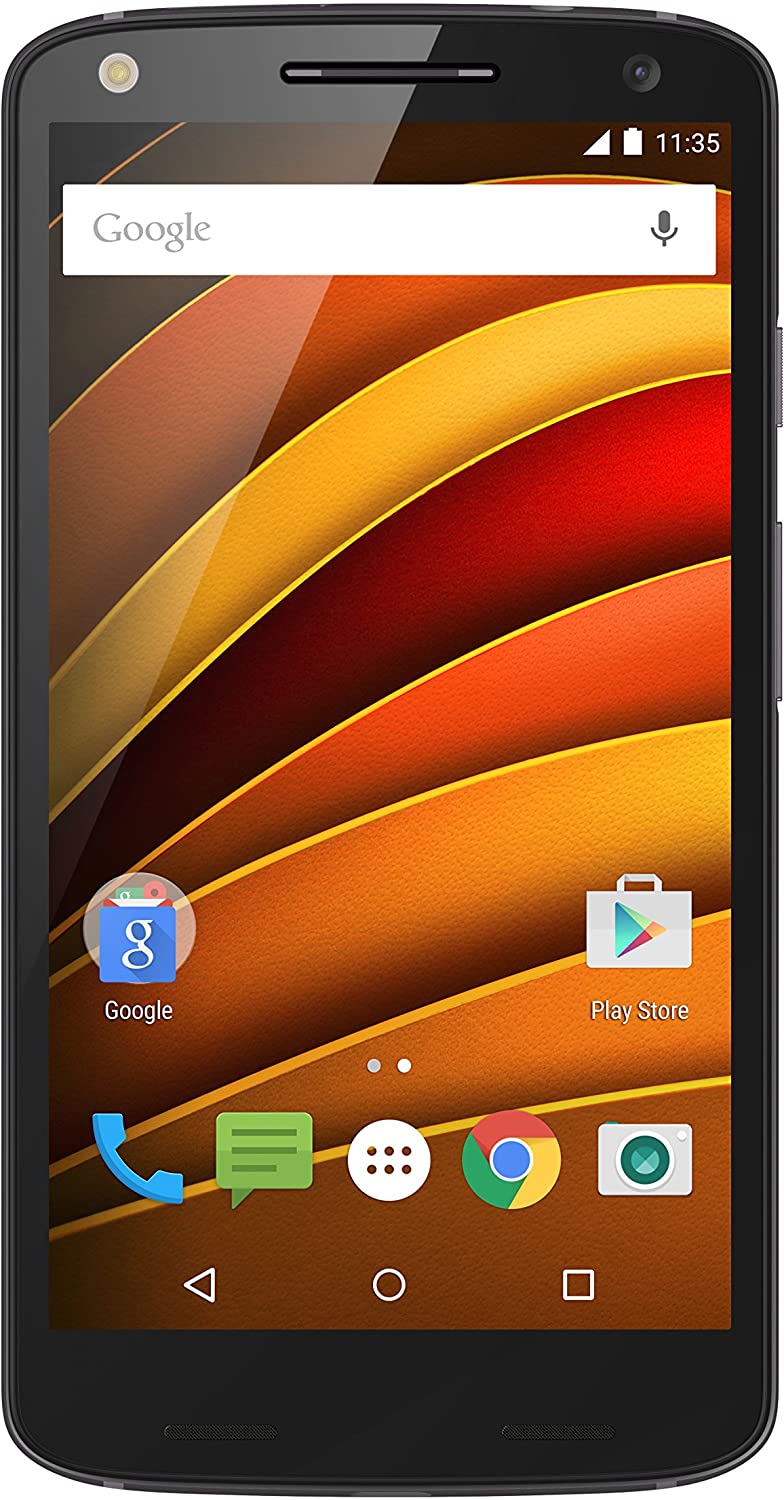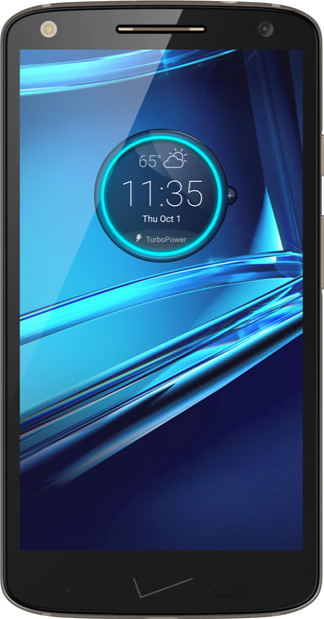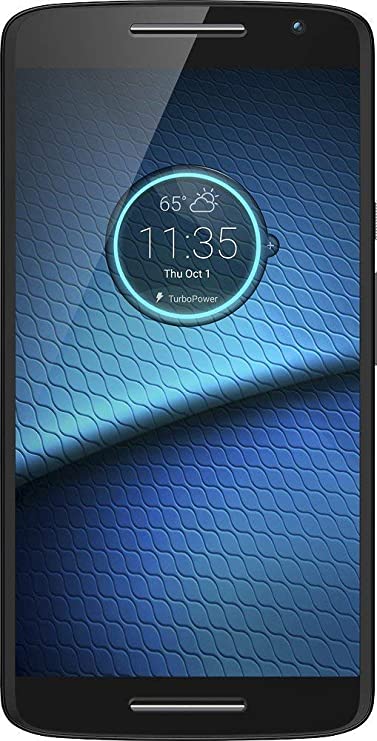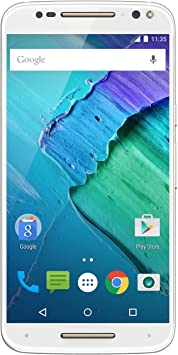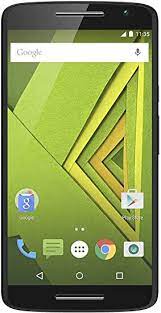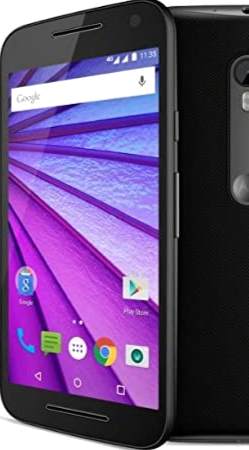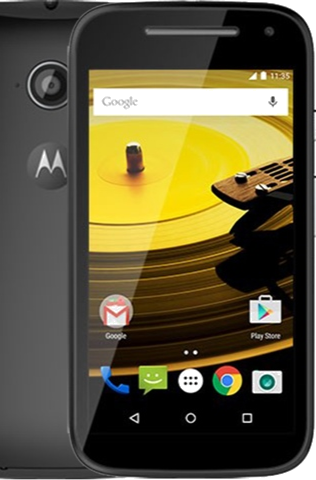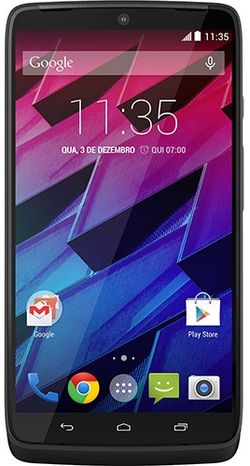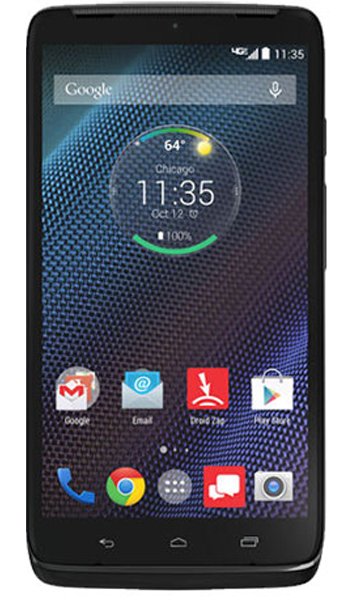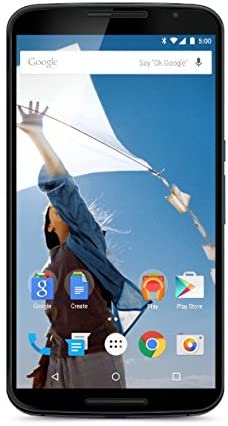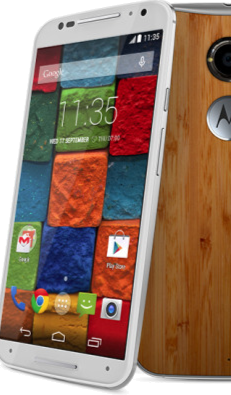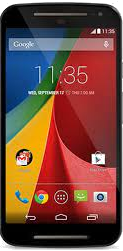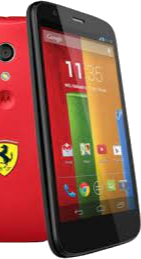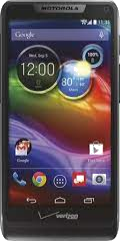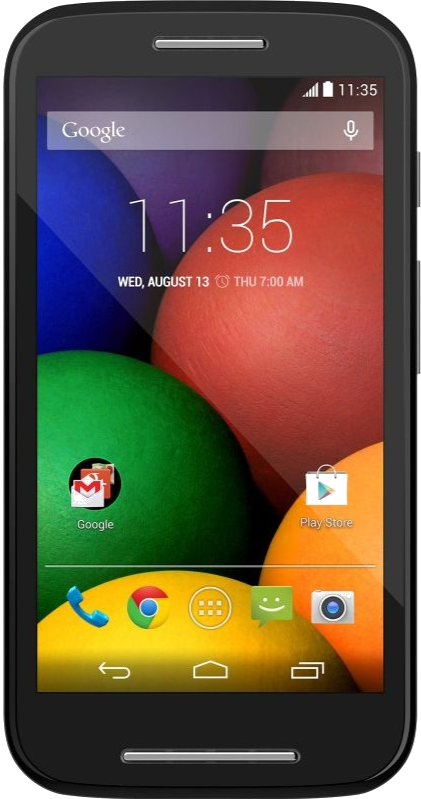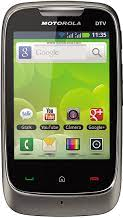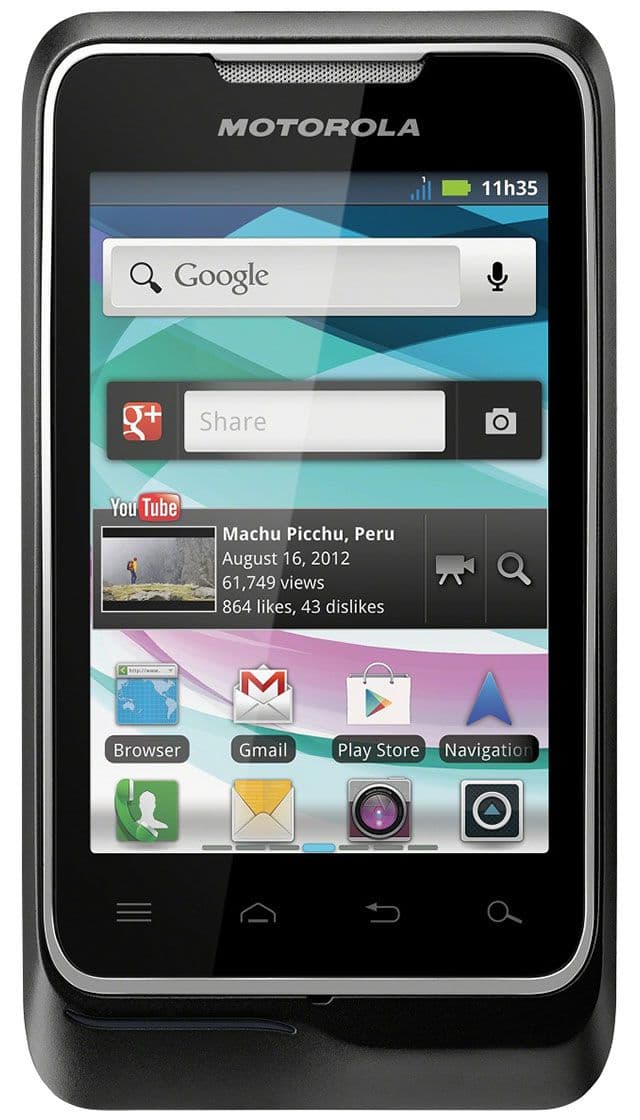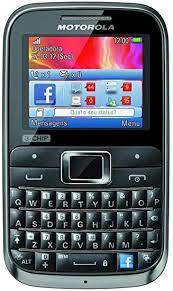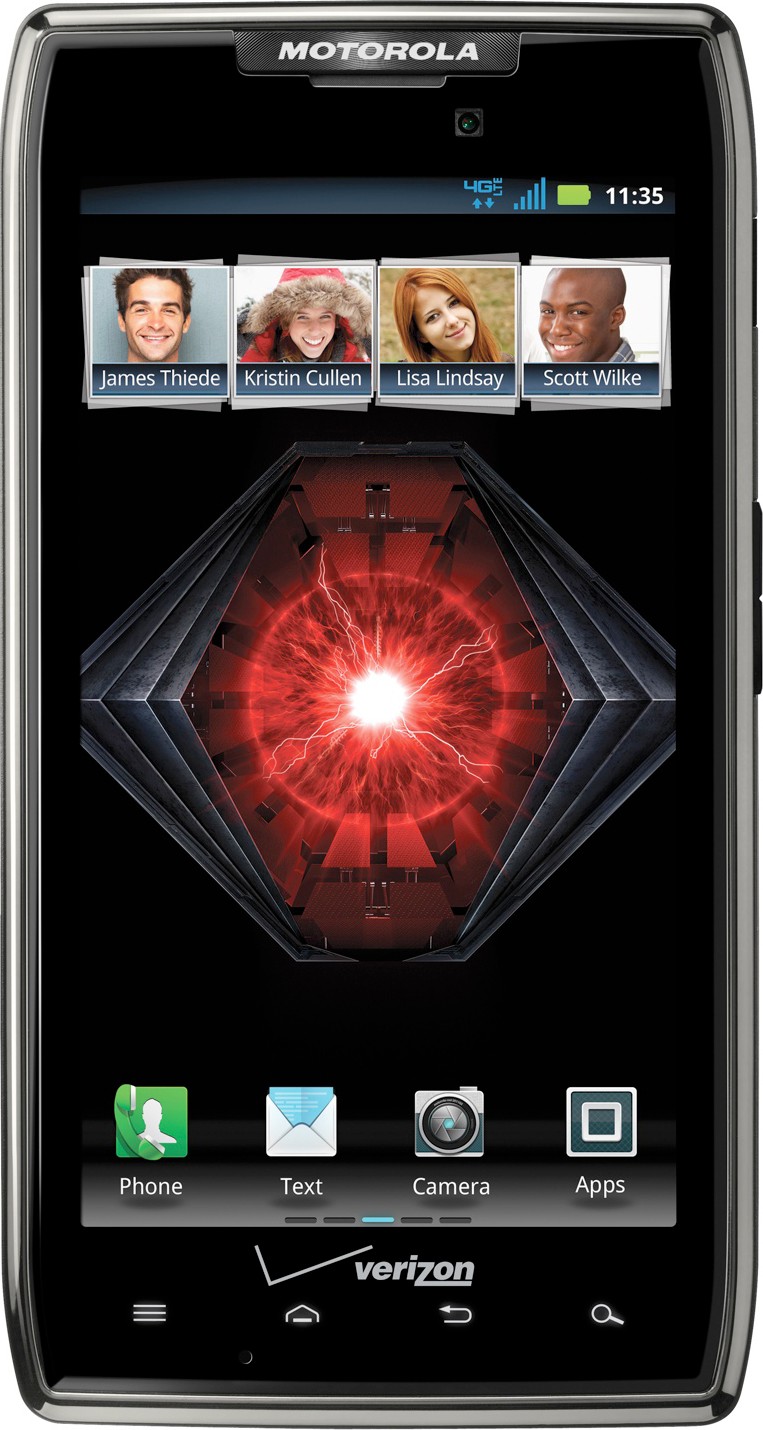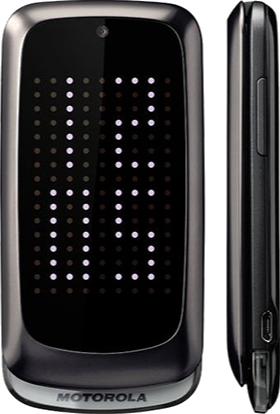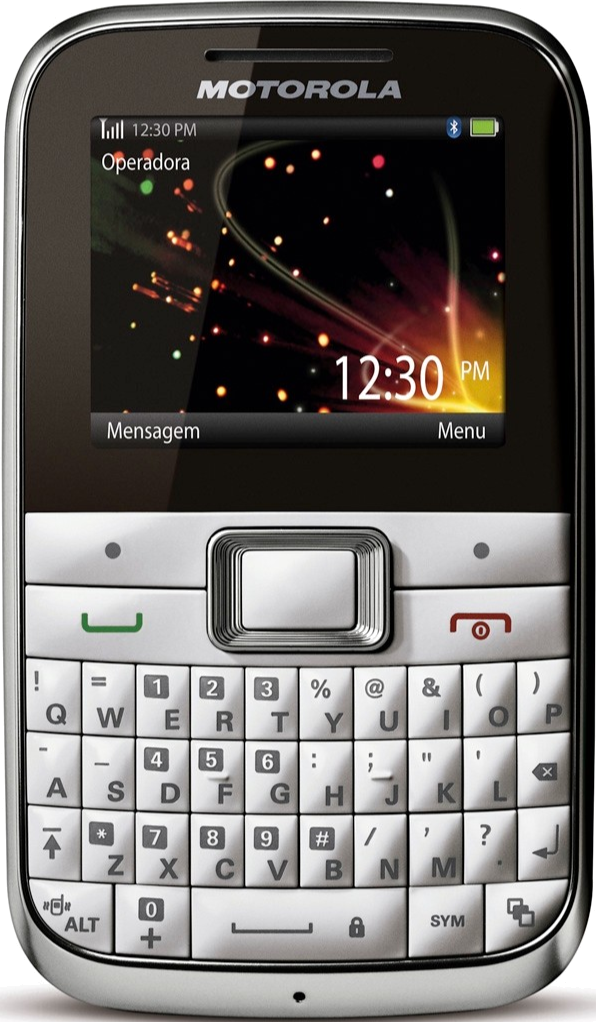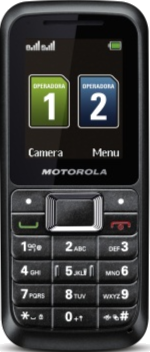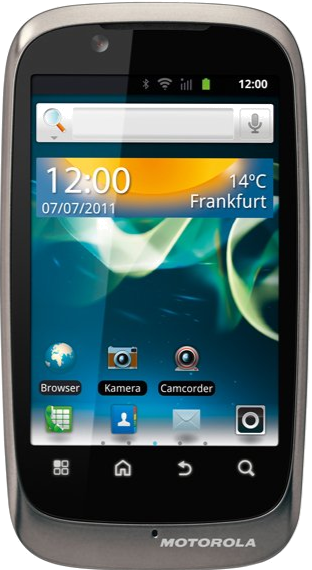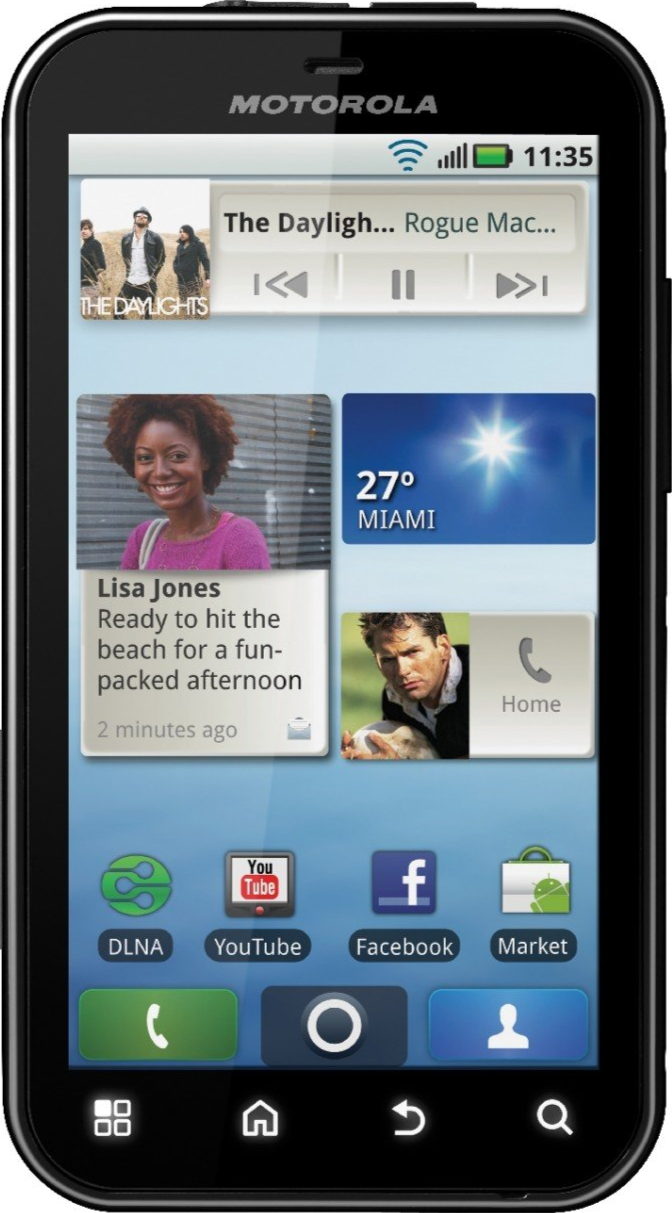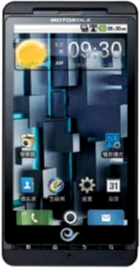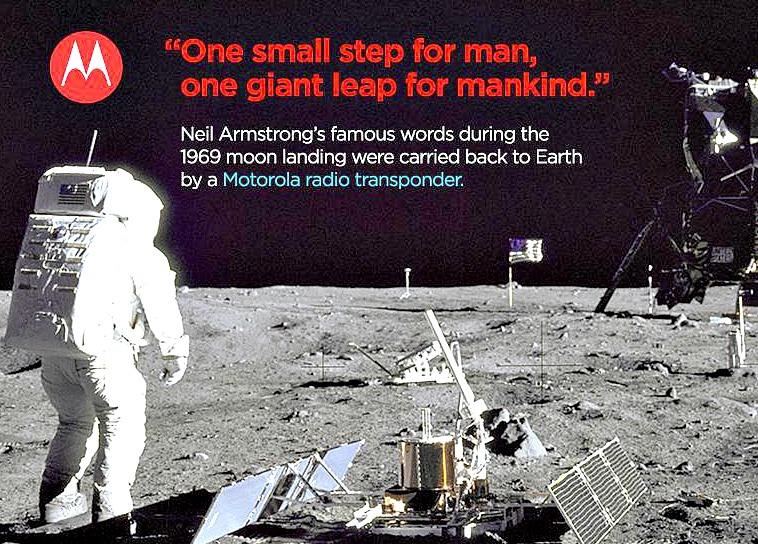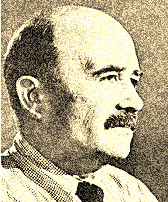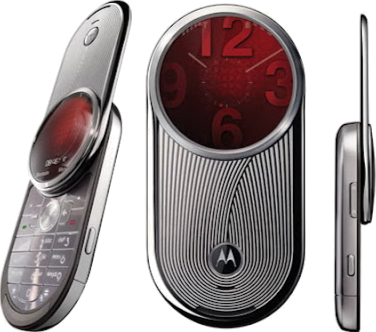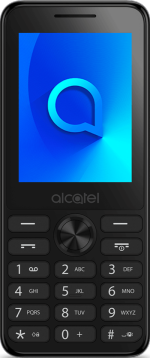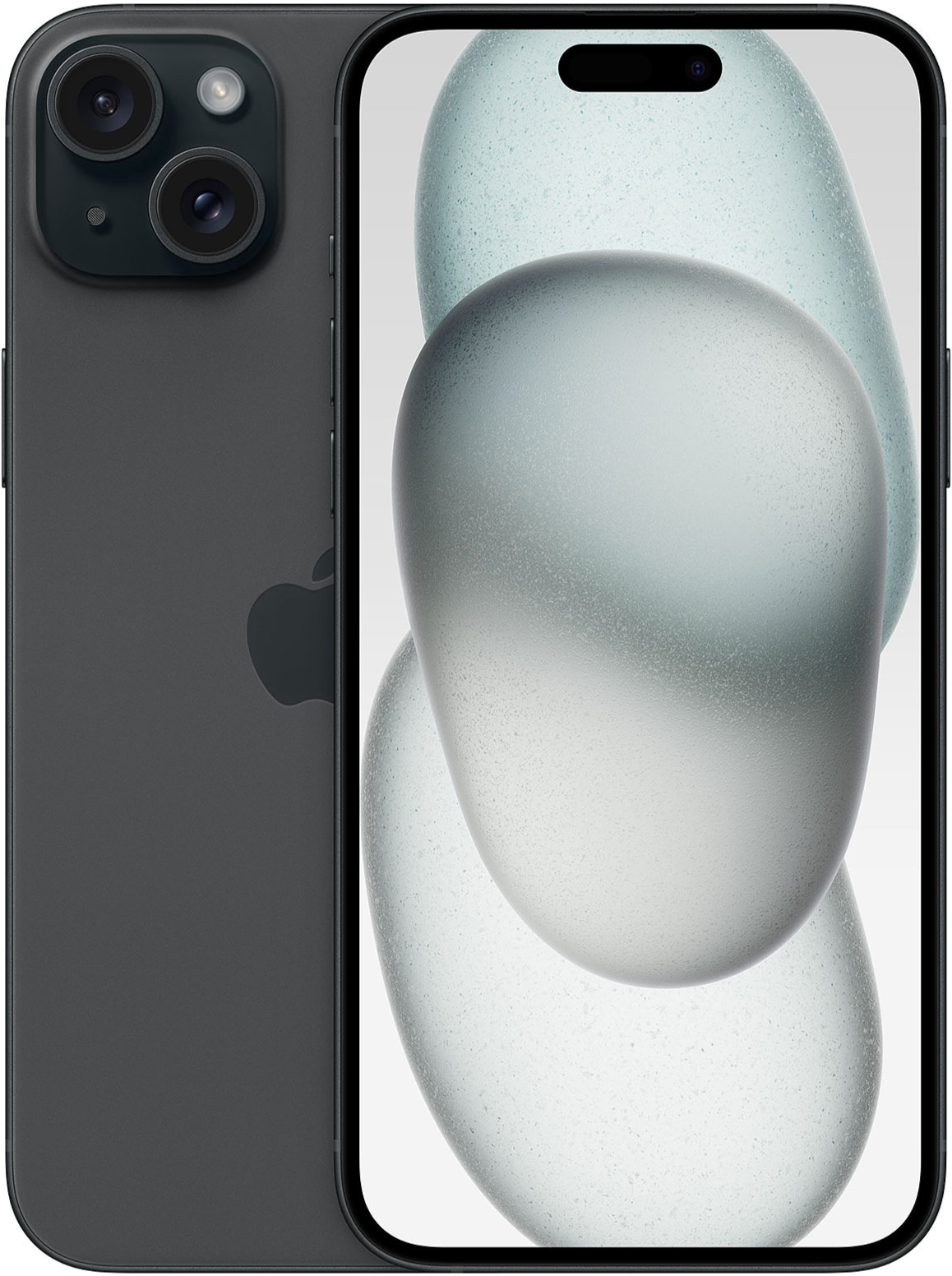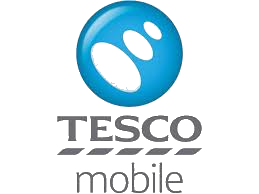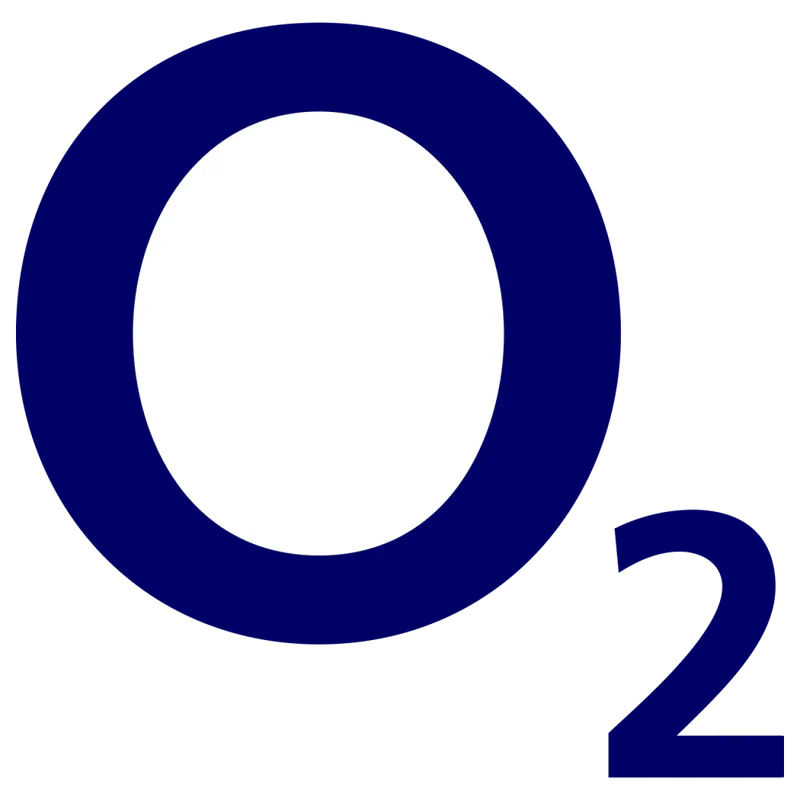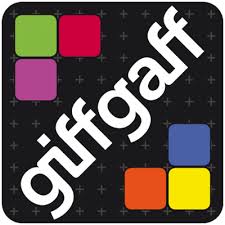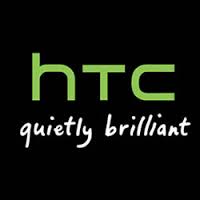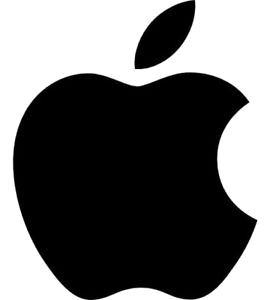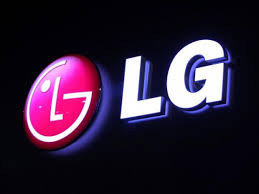Motorola
History of Motorola
Motorola, a company that has gone through a fair amount
of change in its 80-plus-years since it started, and for a company who is
literally the inventor of the Mobile Phone. |
|
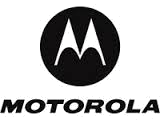
2020
It could be said that Motorola is the unsung hero in the Mobile industry, the bottom line is Motorola has made its mark in history in spite of its ever changing structure.
 Motorola Mobility perhaps somewhat predictable, was sold to Google in 2012, given the phone maker's portfolio developed almost exclusively around the search giant's mobile operating system, and then acquired by Lenovo in 2014. The company is so big and diverse, if the Mobility wing had not been spun off from Motorola a year and a half prior, the sale would never have been possible. Priced at around $12.5 billion and rightfully so, this is one of the biggest company sale in history across all sectors. |
Probably the biggest change for the company was when it was divided into two independent public companies, Motorola Mobility and Motorola Solutions on January 4, 2011 after having lost $4.3 billion from 2007 to 2009, with Motorola Solutions considered to be the direct successor to Motorola, and Motorola Mobility as just a spin off. 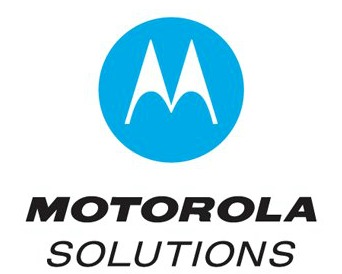 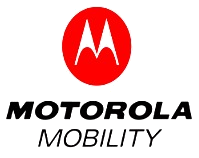 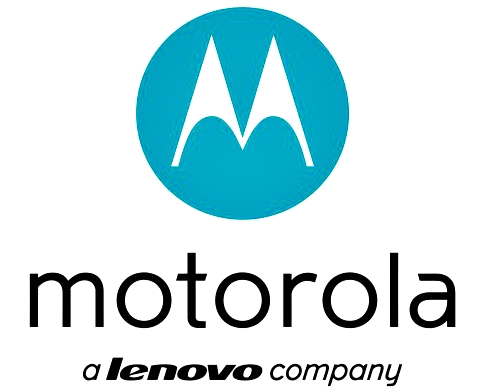 |

2019
|
The company made history when it released the world’s
first handheld Mobile Phone in 1984, it was called the M Dyna-TAC. Plus
in addition It was also the first company to release the “flip phone” of which
they called the MicroTAC and the “clam phone” named the StarTAC during the
mid-1990s. |
|
It was actually from 1973, that Motorola seriously made it's move towards Mobile Phones technology besides it naturally had all the prerequisites needed, this is the move that has defined Motorola as we know it today. At first showing off the DynaTAC (invented by Martin Cooper of Motorola who made the first private handheld mobile phone call in 1973) |
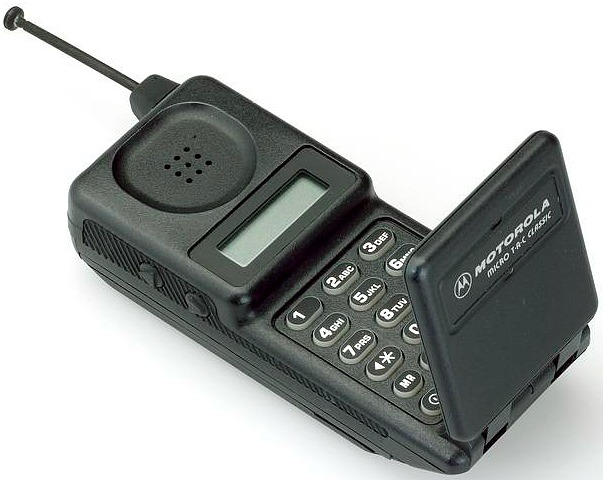 Motorola MicroTAC Motorola MicroTAC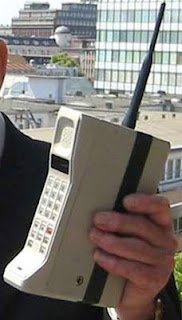 The Motorola DynaTAC 8000x The Motorola DynaTAC 8000x |

2018
 |
and displaying the Mobile Phone phenomenon to the
world for the very first time. It was in 1984 that the so called brick-phone
(was actually as big as one) started to make its way into the hands of consumers. |
|
In Hanover, Germany In 1991, the world's first working-prototype digital cellular system and phones using GSM standard was demonstrated by Motorola. And then went on to ,introduced the world's first commercial digital radio system in 1994, suffice to say that the phrase "The Worlds First" is very much associated with Motorola. |
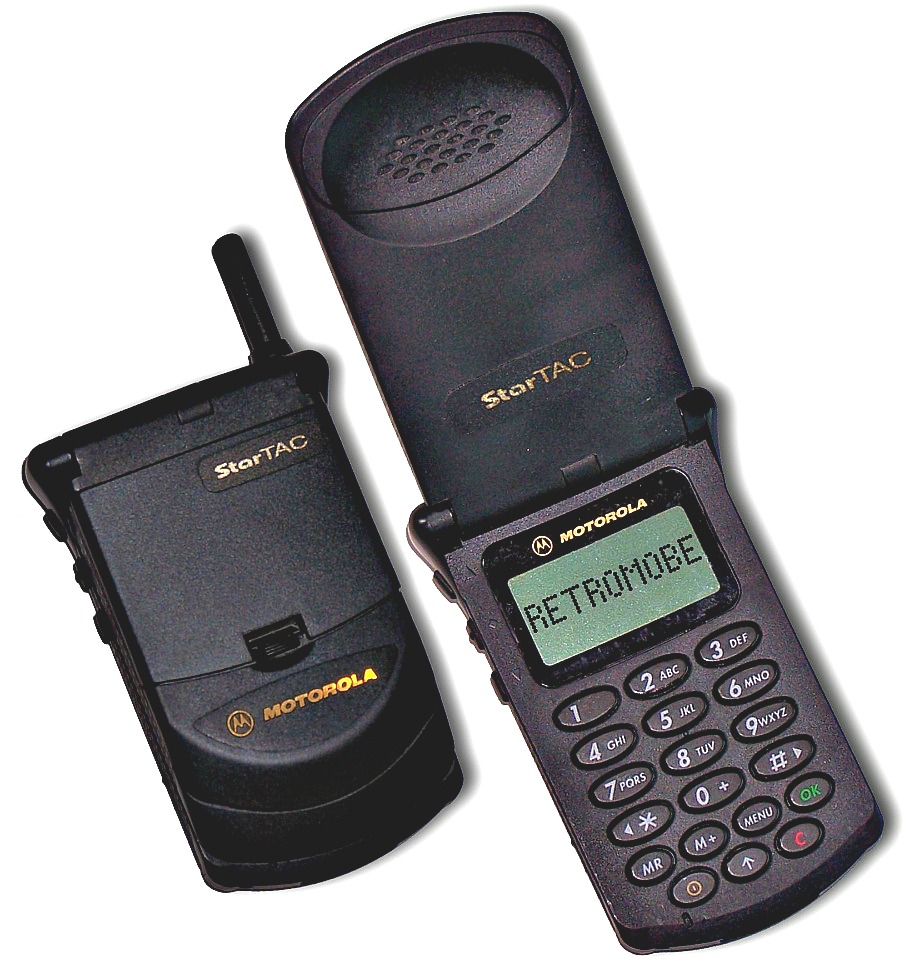 Motorola Startac Motorola Startac |

2017
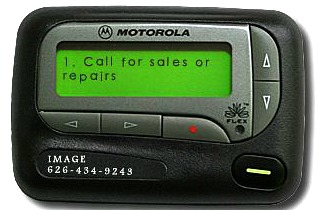 Motorola Pager
Motorola PagerAnd then the MicroTAC was released by the end
of the decade but what was most notable was the dramatic drop down in size and
weight, and the movement to the flip phone format.
Motorola really let loose and released the hounds in 1996 when they released the iconic StarTAC, it was probably one of the smallest and tiniest practical Phones ever released its the StarTAC that helped make the clamshell design very popular and was the first to incorporate the vibrate option on a Mobile borrowed from the company's pager side of its business.
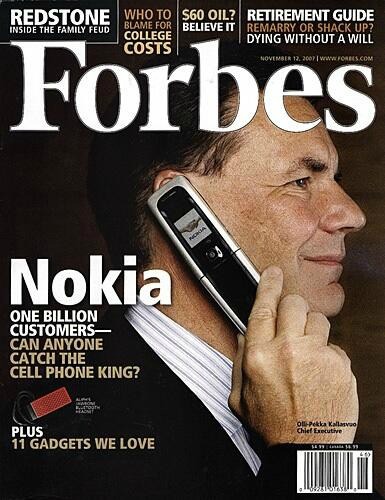 |
Two thirds of Motorola's gross revenue by 1998 comprised of Mobile Phones however in the same year, Motorola was overtaken by Nokia as the world's biggest seller of Mobile Phones. |

2016
In 2009 Motorola released its first Android SmartPhone the Motorola DEXT MB220, and its first Android tablet came out in 2011. Comparing the specs of the Motorola DEXT with one of
Motorola's latest SmartPhones such as the Moto X4 which was launched in November
2017, one can see that they are quite different but yet similar despite the 8 year release gap between them, but whats carried on here is still excellent with tech advancements for better and improved Mobile user experience.
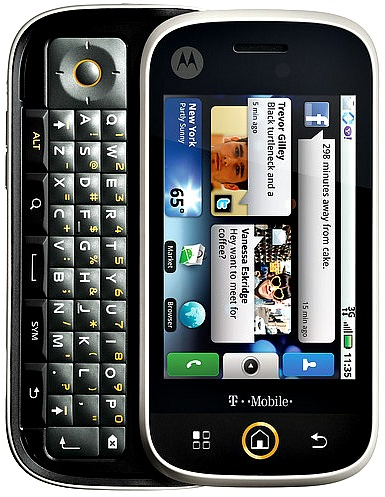 The Motorola DEXT MB220, the first Motorola Android SmartPhone. This device was Also called the Motorola CLIQ in USA
The Motorola DEXT MB220, the first Motorola Android SmartPhone. This device was Also called the Motorola CLIQ in USA
2015
As a Flagship then, it was powered by 2.2GHz octa-core Qualcomm Snapdragon
630 processor and as for image display the X4 has a 5.20-inch touchscreen
display with a resolution of 1080 pixels by 1920 pixels at a PPI of 424 pixels
per inch.
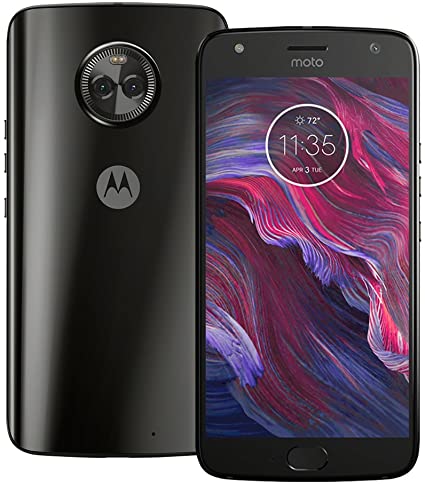 Motorola Moto X4 Motorola Moto X4 |
The X4 has an array of Connectivity options at the users disposal including Wi-Fi, NFC, Bluetooth, GPS, USB OTG, Headphones, FM, 3G and 4G with support for Band 40. Ambient light sensor, Proximity sensor, Compass Magnetometer, Accelerometer and Gyroscope are some of the Sensors on the phone. |
And for Mobile Phone users who need access to more than one network at any
|
given time e.g travellers, the Motorola Moto X4 is a dual SIM smartphone that accepts Nano-SIM and Nano-SIM.
And all this is powered by a 3000mAh non removable battery. |
  |
The phone packs an impressive 64GB of internal storage expandable to as much as 200GB using a microSD card and it comes with 4GB of RAM. The cameras packs a 12-megapixel main camera on the rear and a 16-megapixel front one for selfies, so Motorola did have the selfie-age in mind when producing the X4. |

2014
|
This is the somewhat latest part of Motorola's
history in a nutshell, however from the early years? It is a long and
fascinating story, as for the pre-millennials at best can maybe only
remember as far back as the original StarTAC or
RAZR.
|
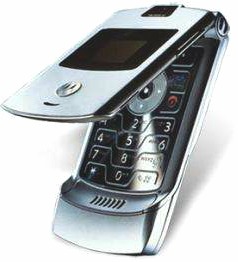 Motorola RAZR Motorola RAZR |
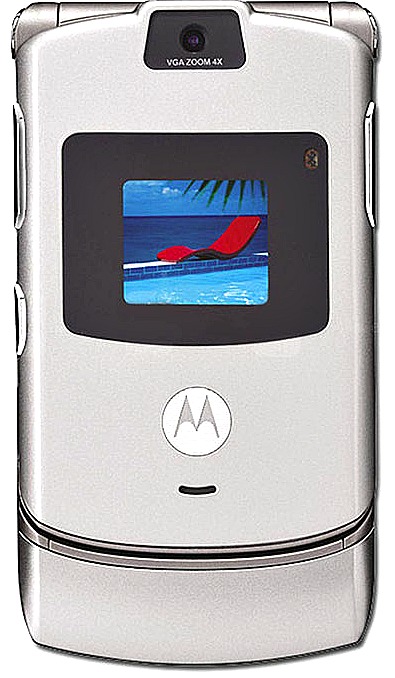 The Motorola RAZR best-selling clamshell of all time. The Motorola RAZR best-selling clamshell of all time. |
To say that Motorola had success with the RAZR would be
a complete understatement, the RAZR was yet another giant hit after the massive
hit of the StarTAC, in 2004 when the RAZR was released what stood out the most
is that it further pushed the boundaries of Mobile Phone size, emphasising on
thinness and fashion, at the end of the day yet again, becoming the best-selling
clamshell of all time. |
When Apple blew everyone out of the water in 2007 when it reinvented the Mobile Phone into a full blown SmartPhone, Motorola had no choice, it had to get up-to speed with the SmartPhone revolution, so the company moved its focus to Google's Android operating system. Its time for the early years.
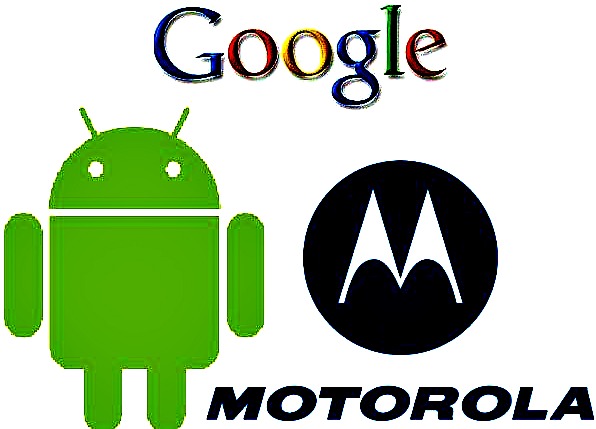

2013
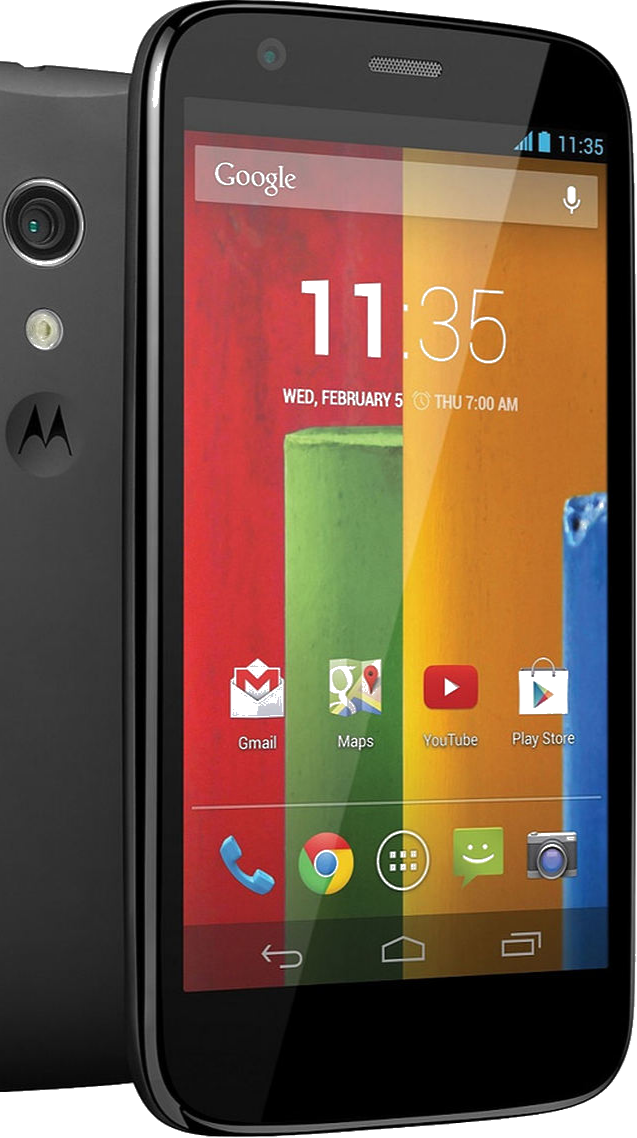 Motorola Moto G
Motorola Moto G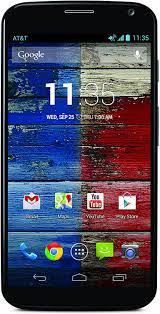 Motorola Moto X
Motorola Moto X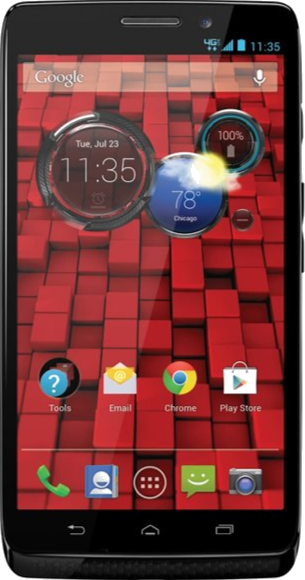 Motorola DROID Ultra
Motorola DROID Ultra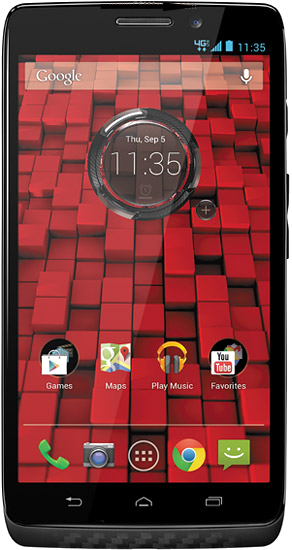 Motorola DROID MAXX
Motorola DROID MAXX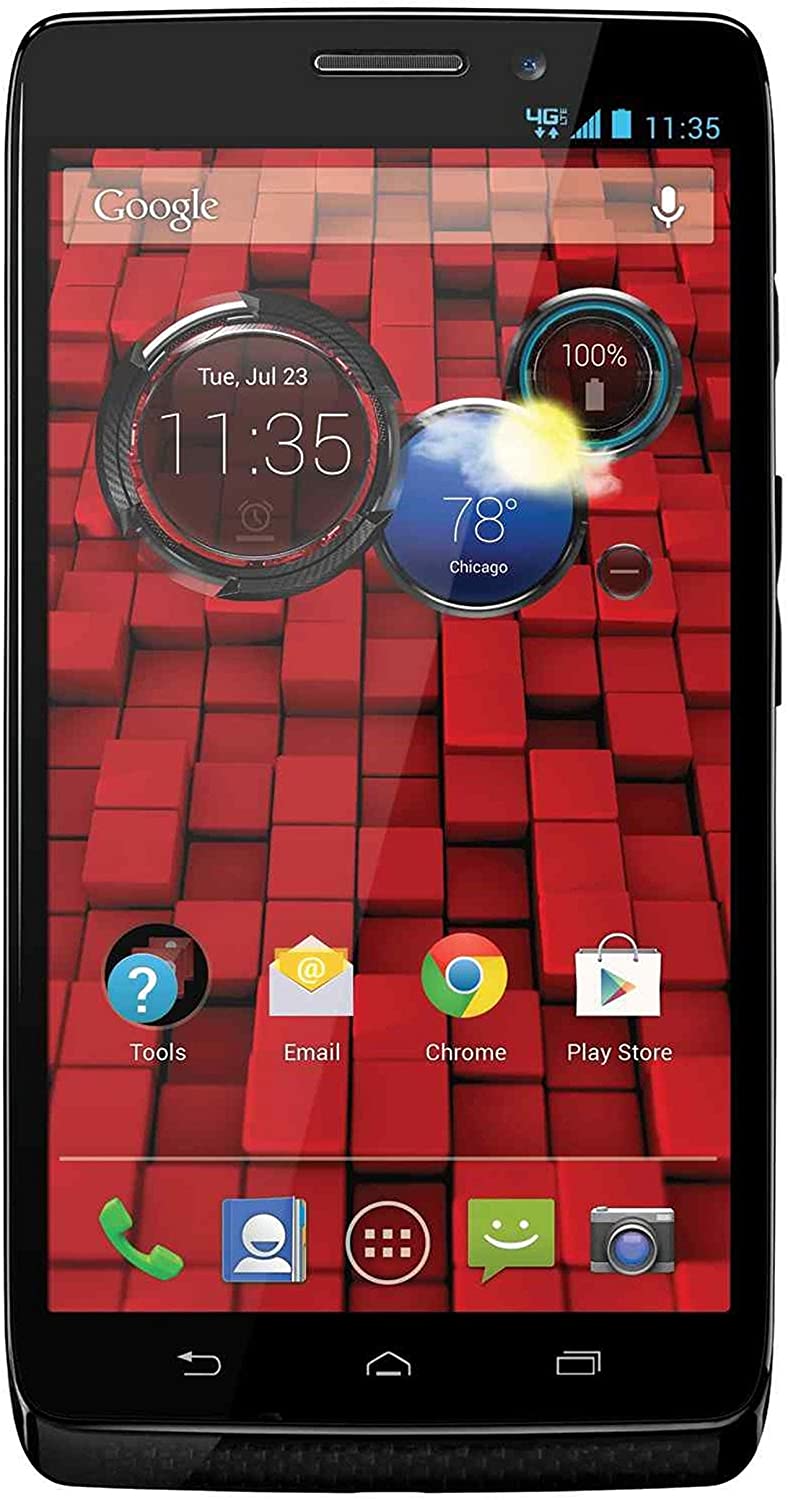 Motorola DROID MINI
Motorola DROID MINI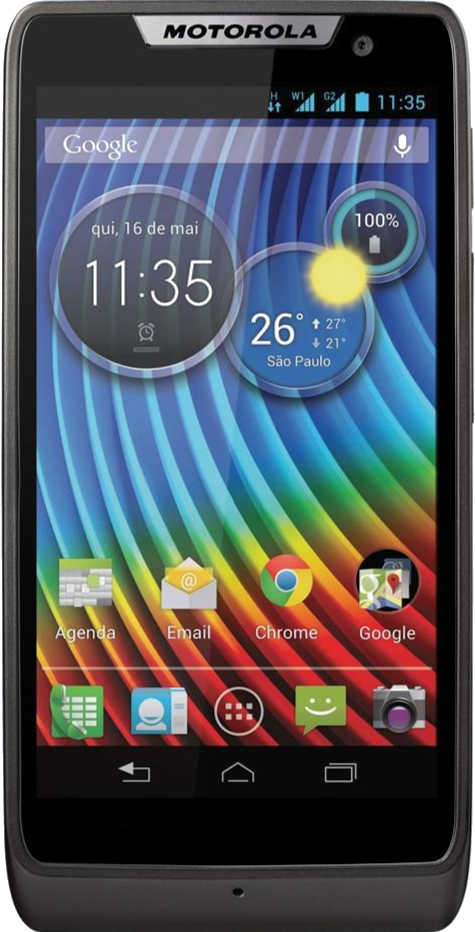 Motorola RAZR D3
Motorola RAZR D3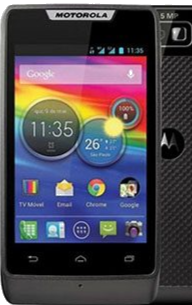 Motorola RAZR D1
Motorola RAZR D1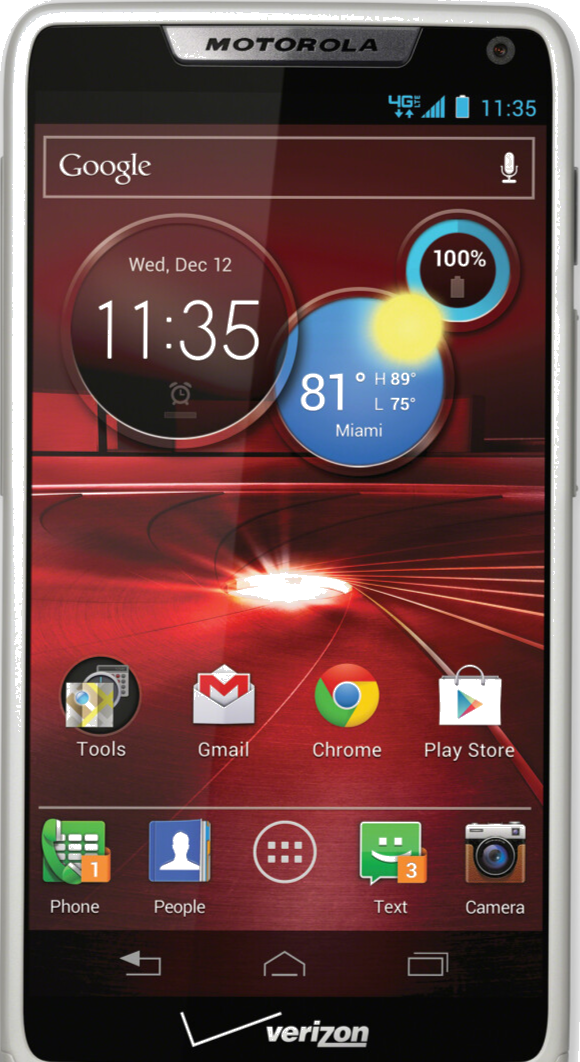 Motorola RAZR M
Motorola RAZR M
The Early Years |
Motorola, Inc. was created on September 25, 1928 at Schaumburg, Illinois by two brothers, Joseph and Paul Galvin, they called their company the Galvin Manufacturing Corporation who bought-out at auction for $750, the bankrupt Stewart Battery Company's manufacturing equipment and battery-eliminator plans.
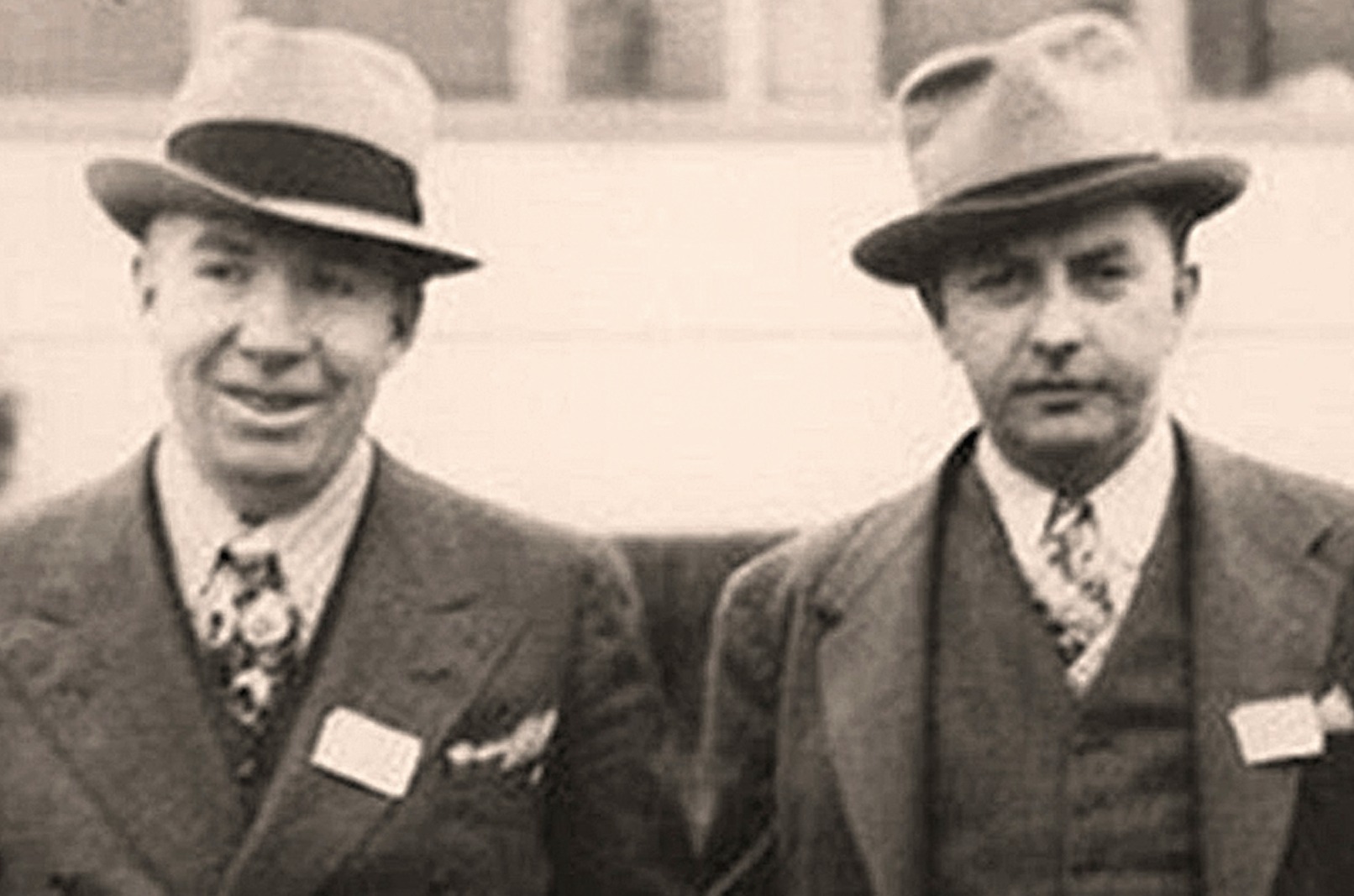 The Founders of Motorola Paul and Joseph Galvin
The Founders of Motorola Paul and Joseph Galvin
  |
They started in a small section of a rented building. The beginnings of the company was so humble that the working capital had only $565 with just five employees and the first week's payroll was just only $63. Very impressive for a company who became a global telecommunications player and ended up making history by inventing the Mobile Phone. |

2012
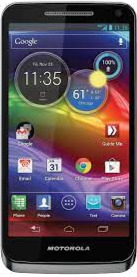 Motorola Electrify M
Motorola Electrify M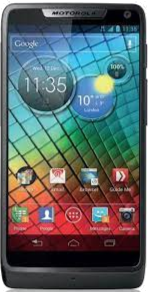 Motorola RAZR i
Motorola RAZR i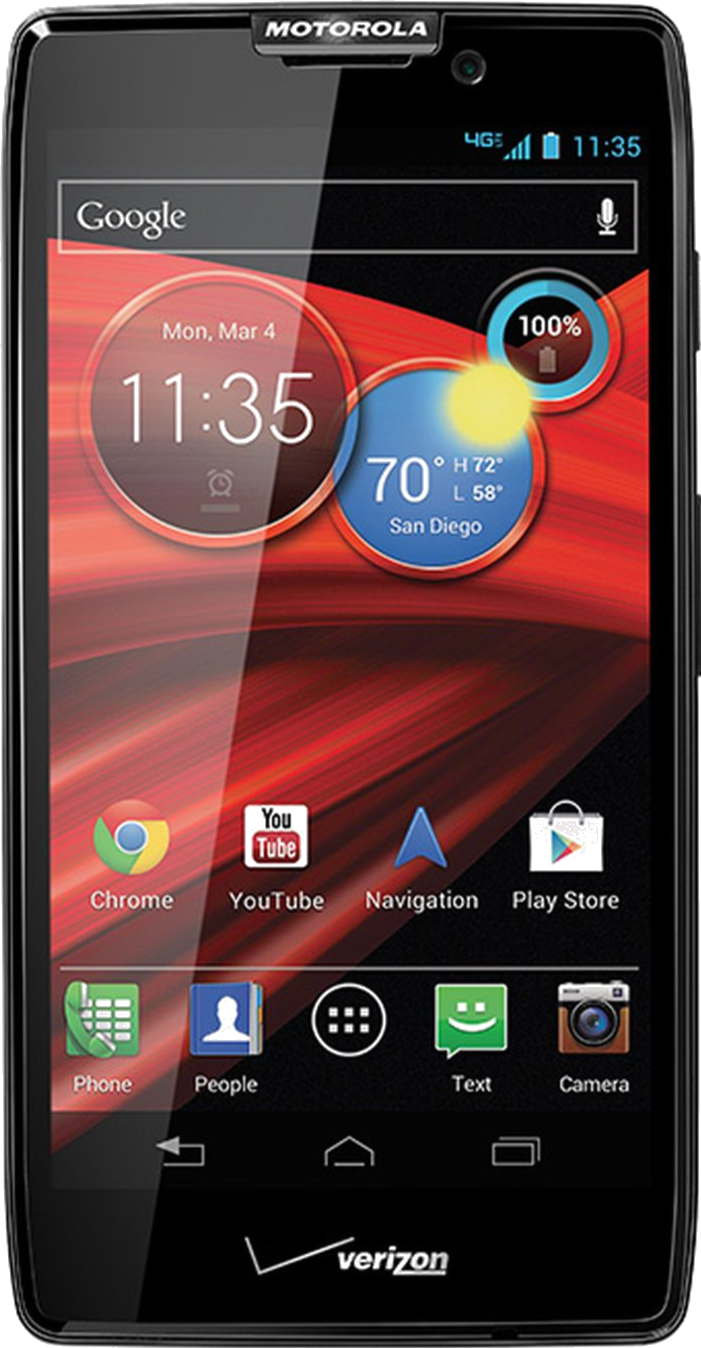 Motorola Droid RAZR HD
Motorola Droid RAZR HD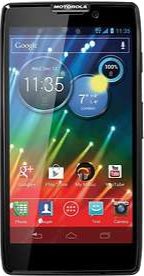 Motorola RAZR HD
Motorola RAZR HD Motorola RAZR M XT905
Motorola RAZR M XT905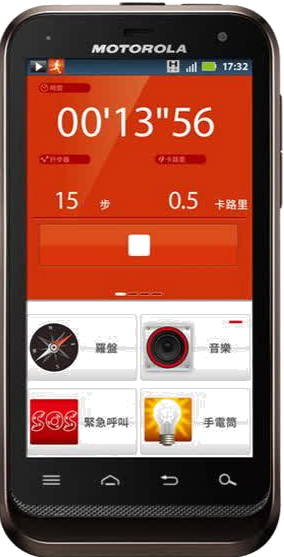 Motorola Defy XT
Motorola Defy XT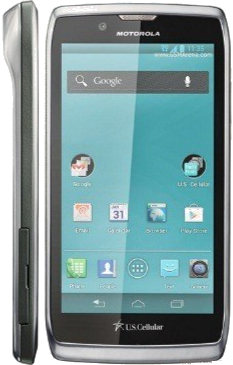 Motorola Electrify 2
Motorola Electrify 2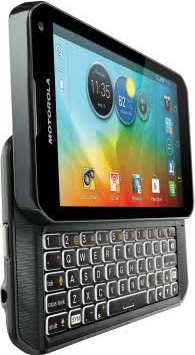 Motorola PHOTON Q 4G LTE
Motorola PHOTON Q 4G LTE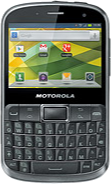 Motorola Defy Pro
Motorola Defy Pro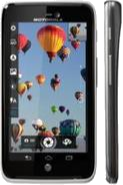 Motorola Atrix HD
Motorola Atrix HD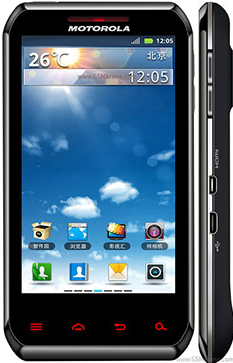 Motorola XT760
Motorola XT760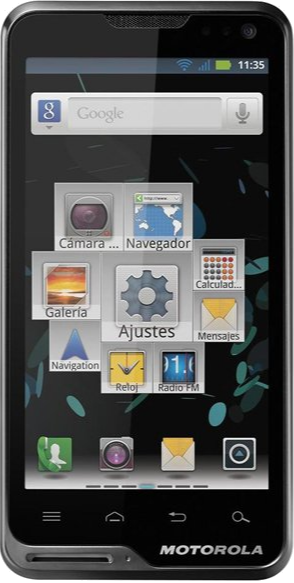 Motorola ATRIX TV XT682
Motorola ATRIX TV XT682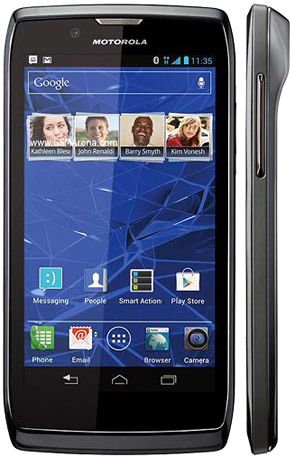 Motorola RAZR V XT885
Motorola RAZR V XT885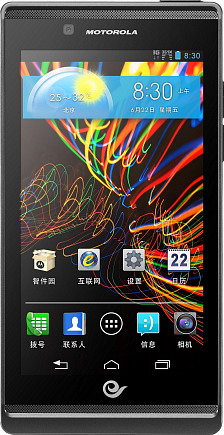 Motorola RAZR V XT889
Motorola RAZR V XT889 Motorola MOTOSMART MIX XT550
Motorola MOTOSMART MIX XT550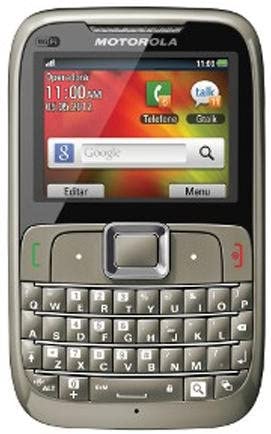 Motorola MotoGO EX430
Motorola MotoGO EX430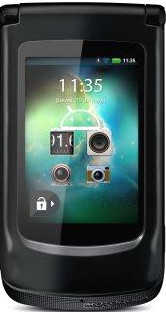 Motorola MOTOSMART Flip
Motorola MOTOSMART Flip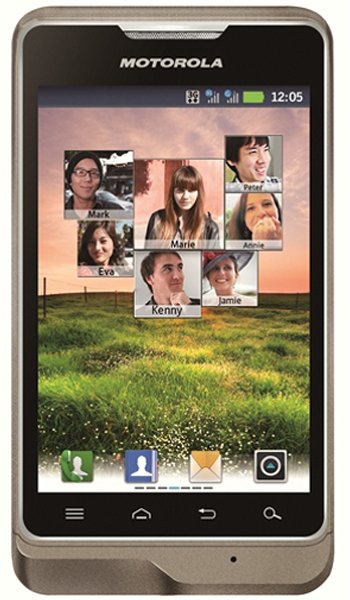 Motorola XT390
Motorola XT390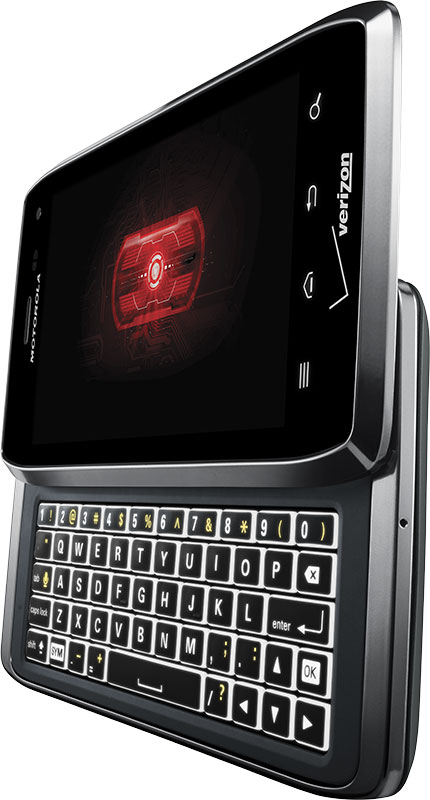 Motorola DROID 4 XT894
Motorola DROID 4 XT894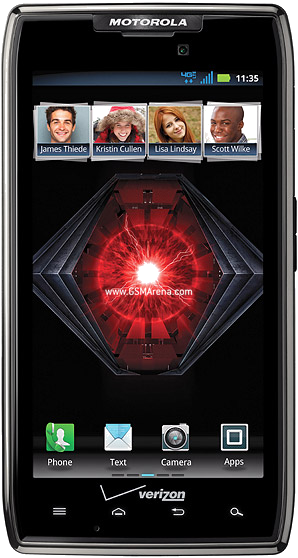 Motorola DROID RAZR MAXX
Motorola DROID RAZR MAXX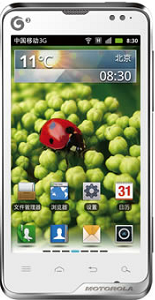 Motorola Motoluxe MT680
Motorola Motoluxe MT680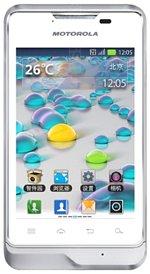 Motorola Motoluxe XT389
Motorola Motoluxe XT389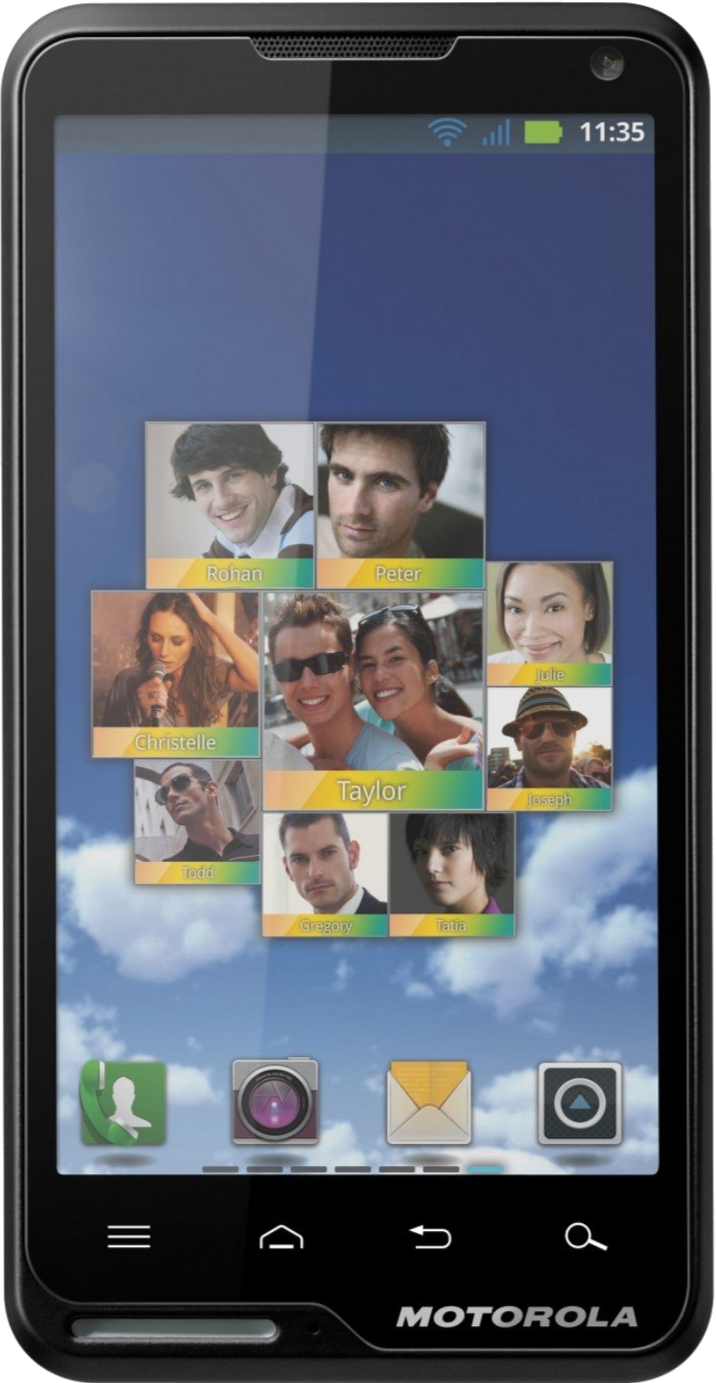 Motorola Motoluxe
Motorola Motoluxe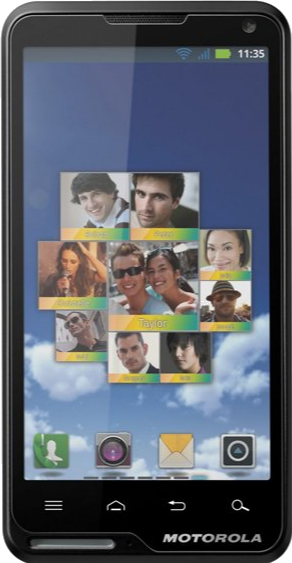 Motorola MotoLuxe XT615
Motorola MotoLuxe XT615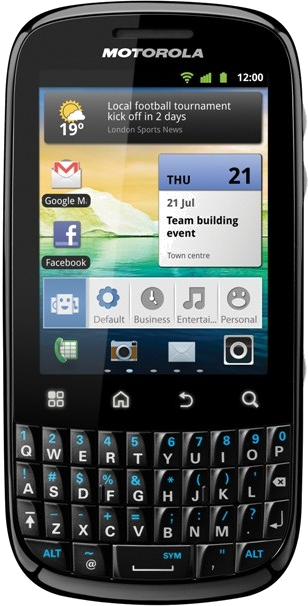 Motorola FIRE
Motorola FIRE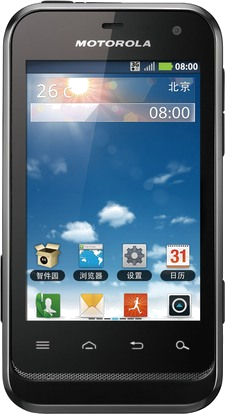 Motorola Defy Mini XT321/XT320
Motorola Defy Mini XT321/XT320By 1962, Motorola had 14,000 employees worldwide and then by August 2000, Motorola reached its peak employment of 150,000 employees worldwide.
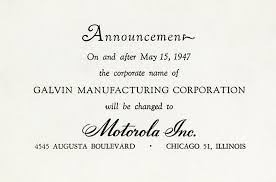
The Galvin Manufacturing Corporation (Motorola's original name) in 1930
released the "Motorola" car radio two years after the company was founded in Chicago. The same year it was released, the Motorola became Galvin's first internationally sold product, it initially offered the battery eliminator that allowed battery-powered home radios run off of household electricity.
 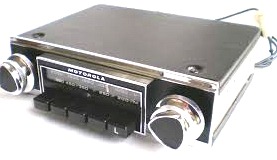 Vintage Motorola Car Radio Vintage Motorola Car Radio |
Wireless network equipment like signal amplifiers and cellular transmission base stations is what the firm offered at first including broadcasting networks and home like digital video recorders and set top boxes, High Definition (HD) televisions, network equipment to broadcast videos and computer telephony. |

2011
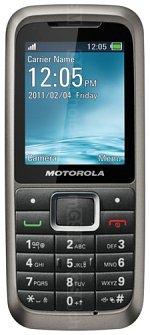 Motorola WX306
Motorola WX306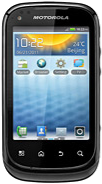 Motorola XT319
Motorola XT319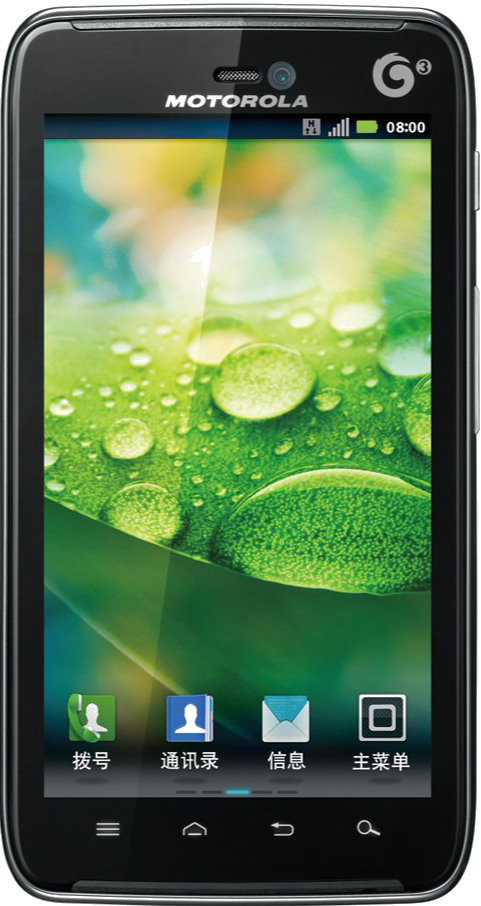 Motorola MT917/XT928
Motorola MT917/XT928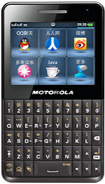 Motorola EX266
Motorola EX266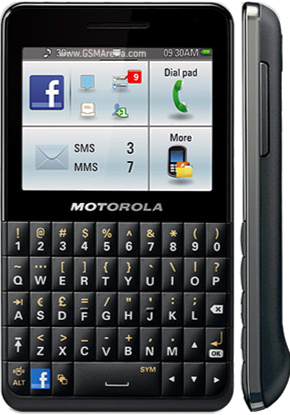 Motorola Motokey Social
Motorola Motokey Social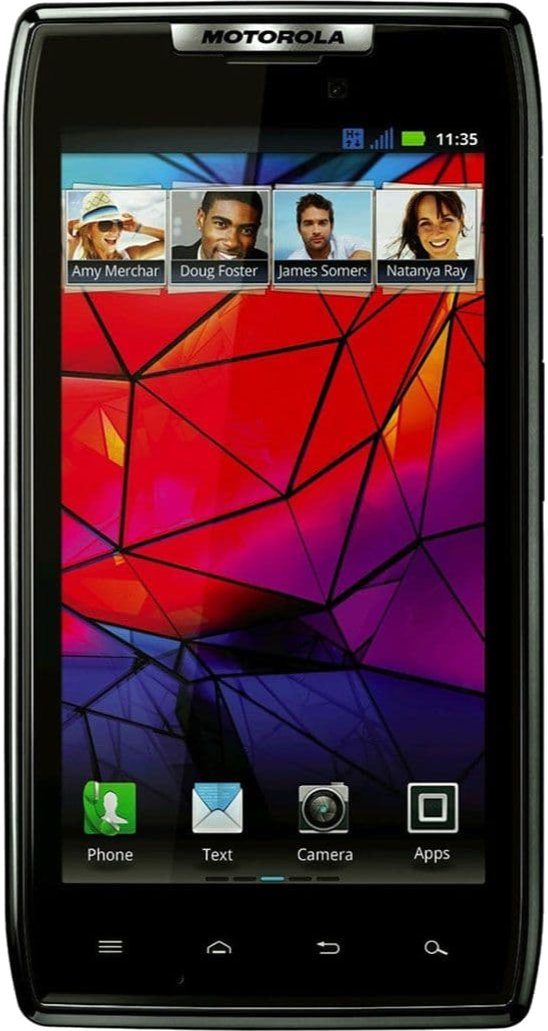 Motorola RAZR XT910
Motorola RAZR XT910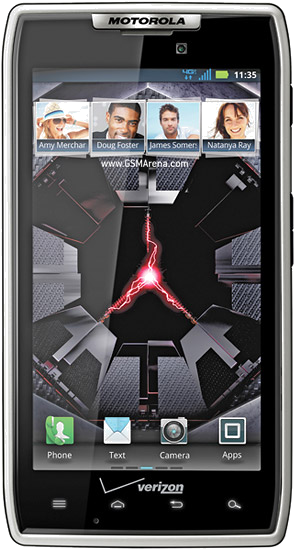 Motorola DROID RAZR XT912
Motorola DROID RAZR XT912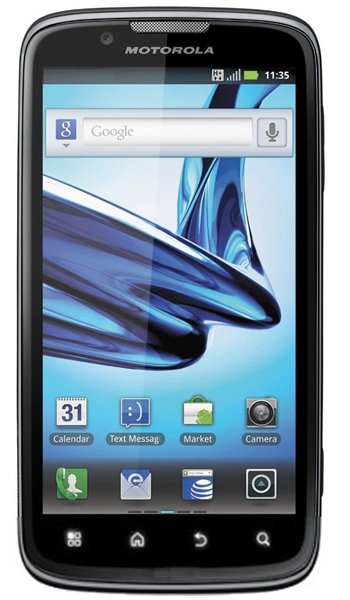 Motorola ATRIX 2 MB865
Motorola ATRIX 2 MB865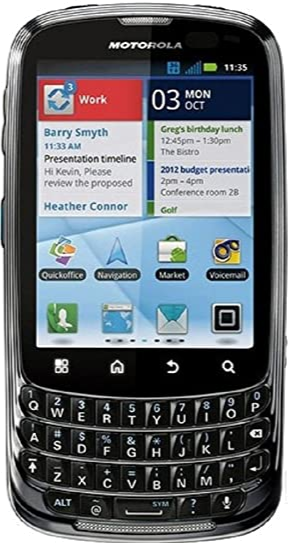 Motorola Admiral XT603
Motorola Admiral XT603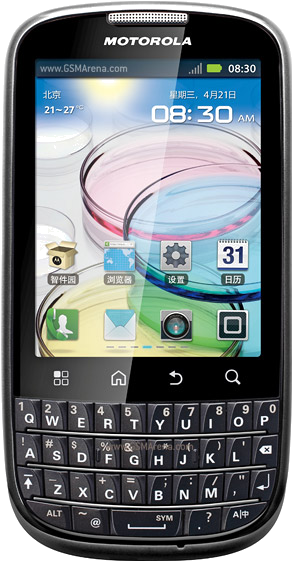 Motorola ME632
Motorola ME632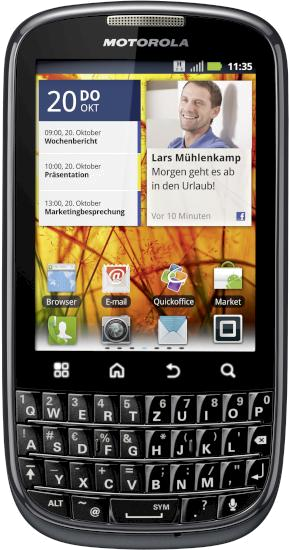 Motorola PRO+
Motorola PRO+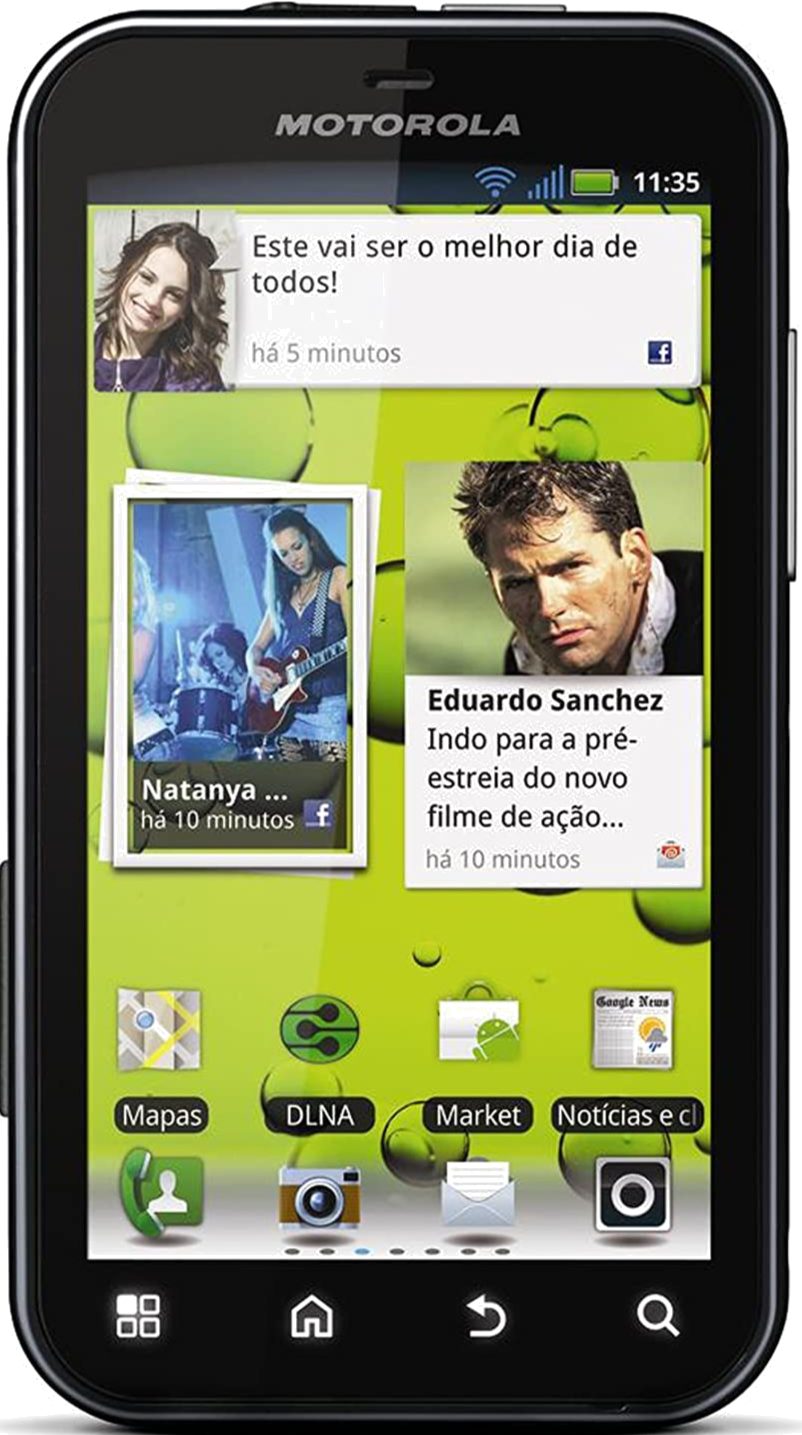 Motorola DEFY+
Motorola DEFY+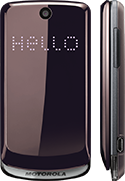 Motorola EX212
Motorola EX212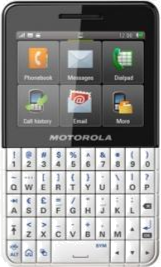 Motorola MotoKey XI X118/EX119
Motorola MotoKey XI X118/EX119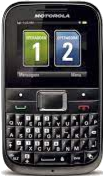 Motorola MOTOKEY Mini EX109
Motorola MOTOKEY Mini EX109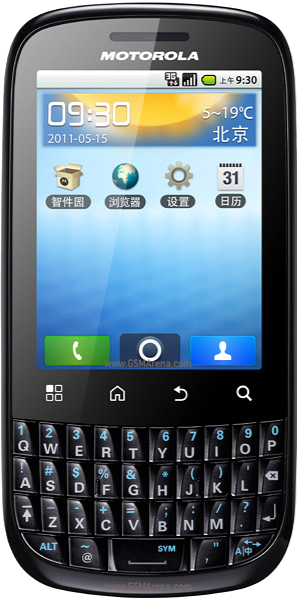 Motorola FIRE XT311
Motorola FIRE XT311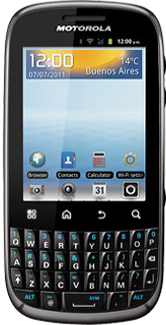 Motorola SPICE Key XT317
Motorola SPICE Key XT317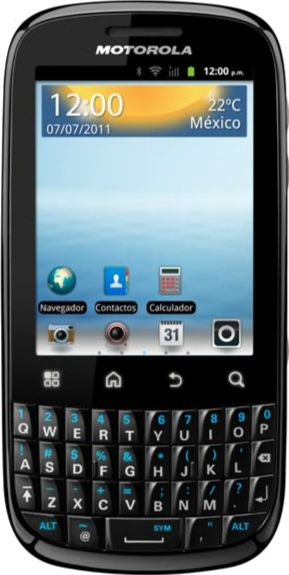 Motorola SPICE Key
Motorola SPICE Key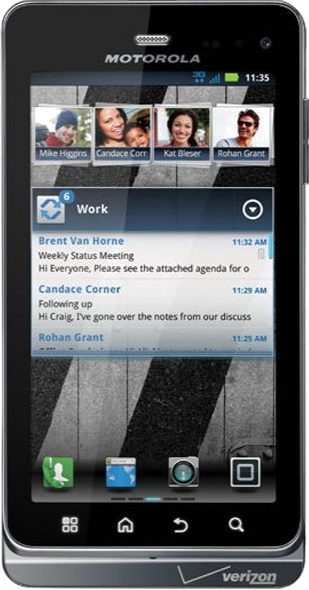 Motorola MILESTONE 3 XT860
Motorola MILESTONE 3 XT860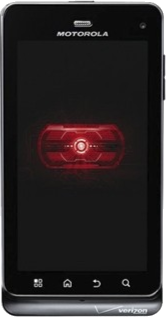 Motorola Droid 3
Motorola Droid 3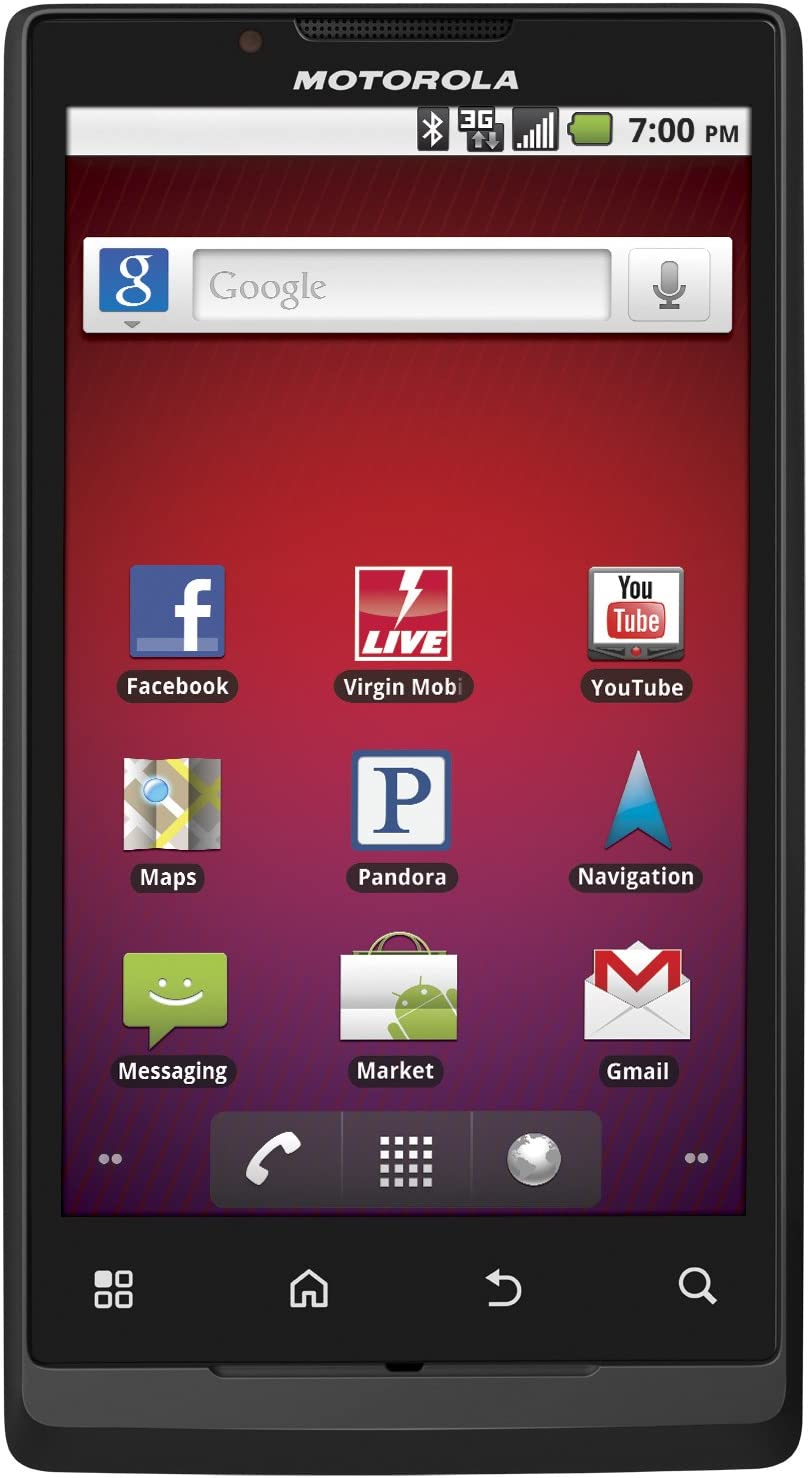 Motorola Triumph
Motorola Triumph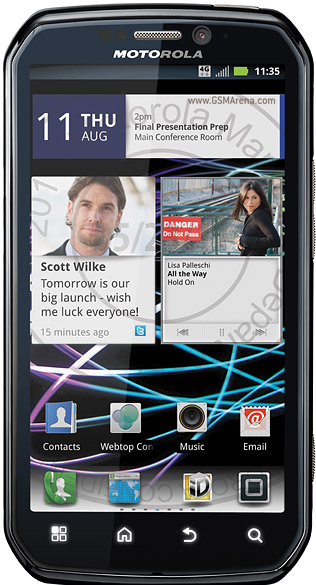 Motorola Photon 4G
Motorola Photon 4G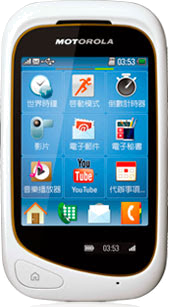 Motorola Wilder/EX232
Motorola Wilder/EX232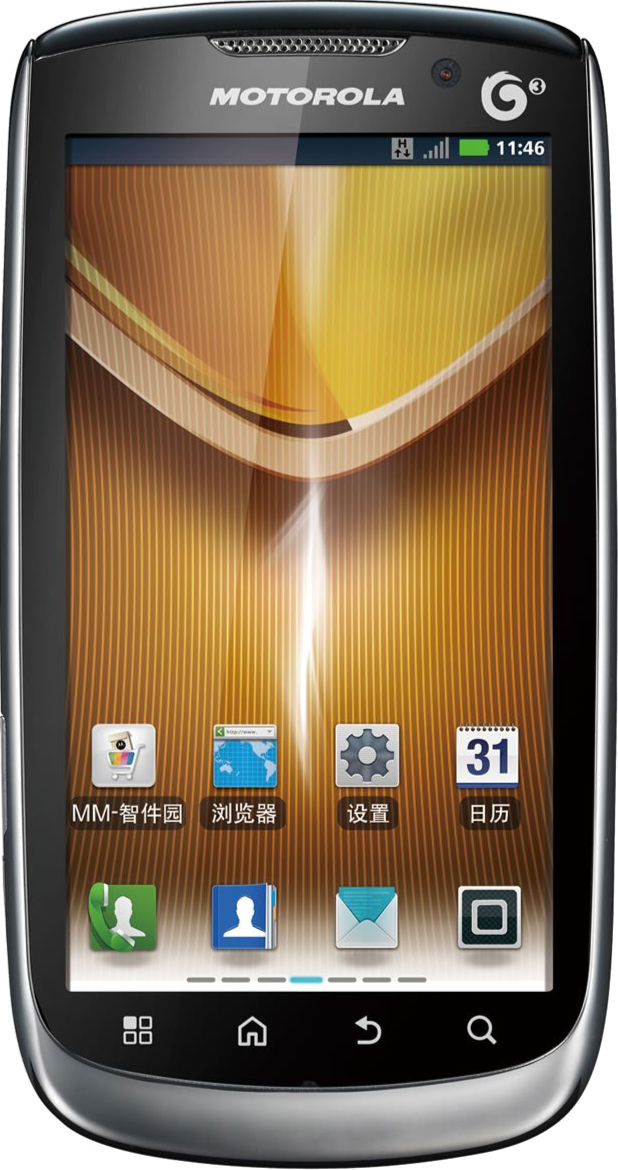 Motorola MOTO MT870
Motorola MOTO MT870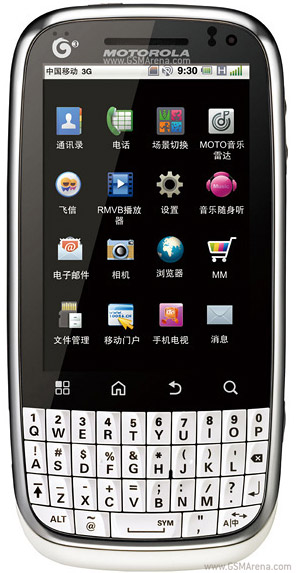 Motorola MOTO MT620
Motorola MOTO MT620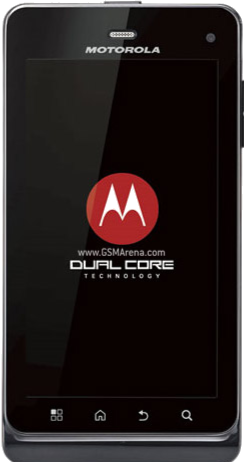 Motorola MILESTONE XT883
Motorola MILESTONE XT883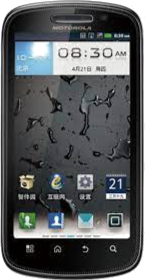 Motorola MOTO XT882
Motorola MOTO XT882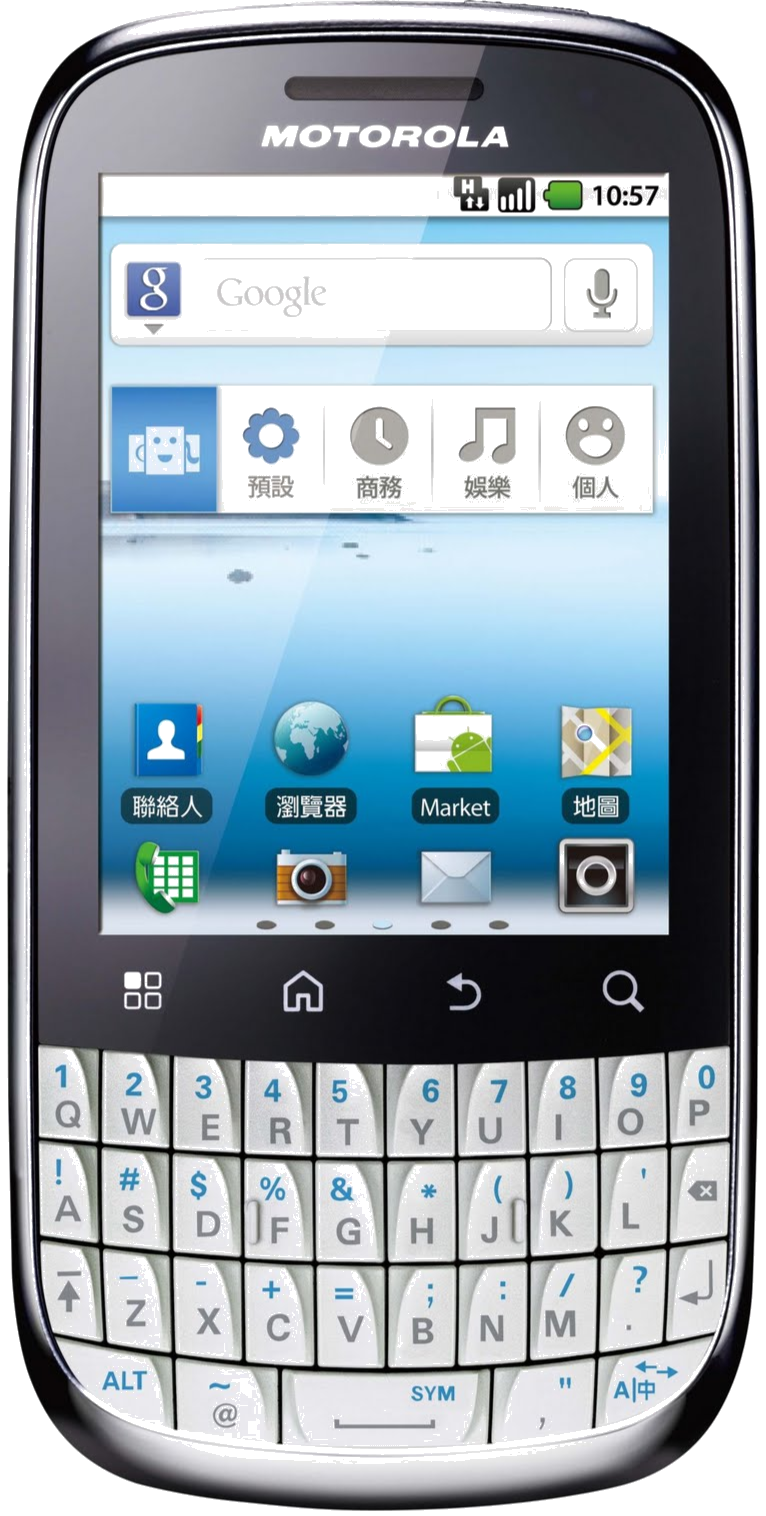 Motorola MOTO XT316
Motorola MOTO XT316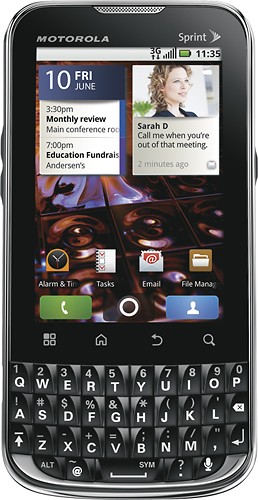 Motorola XPRT MB612
Motorola XPRT MB612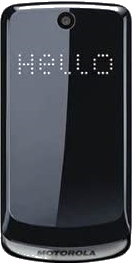 Motorola Gleam
Motorola Gleam Motorola PRO
Motorola PRO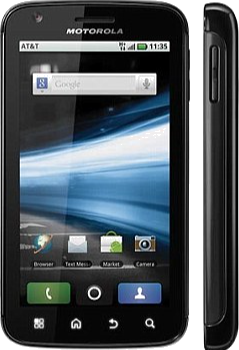 Motorola Atrix
Motorola Atrix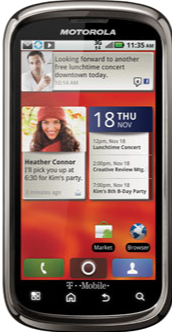 Motorola Cliq 2
Motorola Cliq 2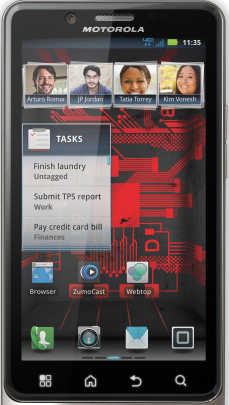 Motorola DROID BIONIC XT875
Motorola DROID BIONIC XT875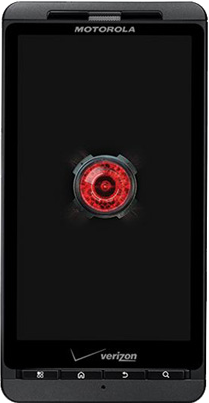 Motorola DROID X2
Motorola DROID X2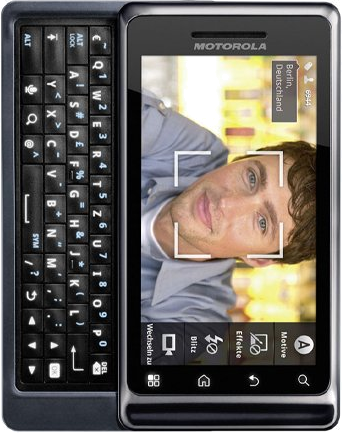 Motorola MILESTONE 2
Motorola MILESTONE 2|
In 1947, the company dropped the name Galvin Manufacturing Corporation of its founders, and changed it to Motorola as they fancied a punchier name, which they got from the name of the their early car stereo -- the "motor" was pulled from "motorcar" added to "ola" to signify "sound in motion," according to the company tag line. |
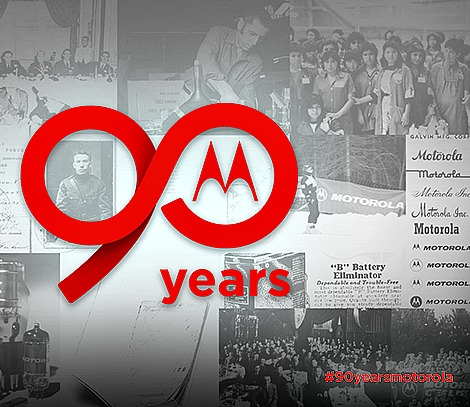 |
 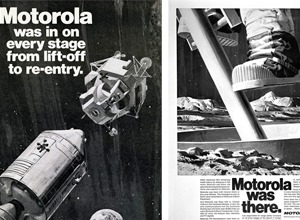  |
It was the company's destiny to become MobilePhone makers as they embraced all things radio which they produced for home use, police cars and the walkie-talkie, which saw action on the battlefields of WWII. Starting in 1958, with Explorer 1 Motorola supplied radio equipment for most NASA space-flights for decades, including assisting by providing the radio technology for the 1969 Apollo 11 moon landing from where Neil Armstrong |
said the famous words "one small step for a man, one giant leap for mankind" from the Moon's surface on a Motorola transceiver.

2010
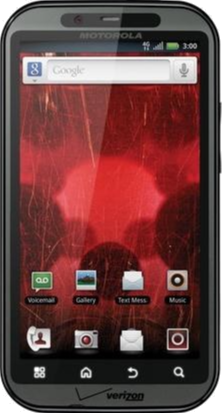 Motorola DROID BIONIC XT865
Motorola DROID BIONIC XT865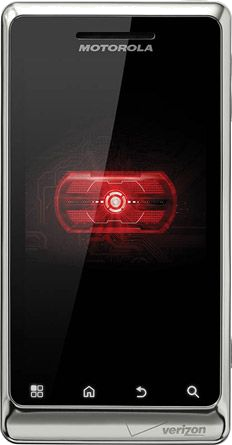 Motorola Droid 2 Global
Motorola Droid 2 Global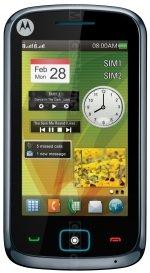 Motorola EX128/EX122
Motorola EX128/EX122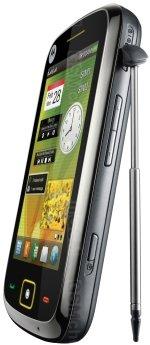 Motorola MOTOTV EX245
Motorola MOTOTV EX245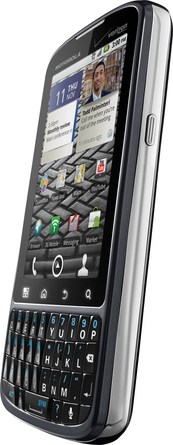 Motorola DROID Pro XT610
Motorola DROID Pro XT610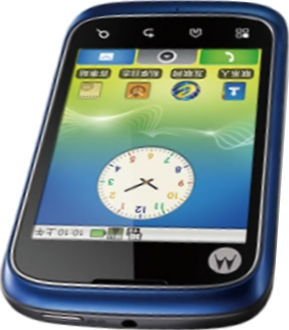 Motorola XT301
Motorola XT301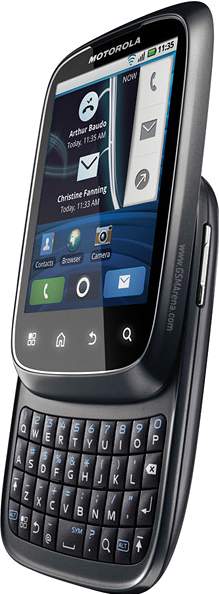 Motorola SPICE XT300
Motorola SPICE XT300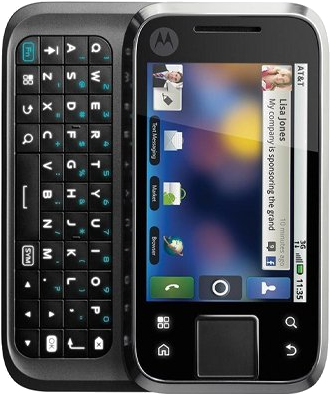 Motorola FLIPSIDE MB508
Motorola FLIPSIDE MB508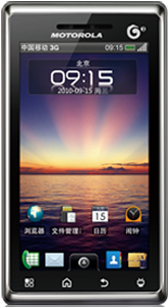 Motorola MOTO MT716
Motorola MOTO MT716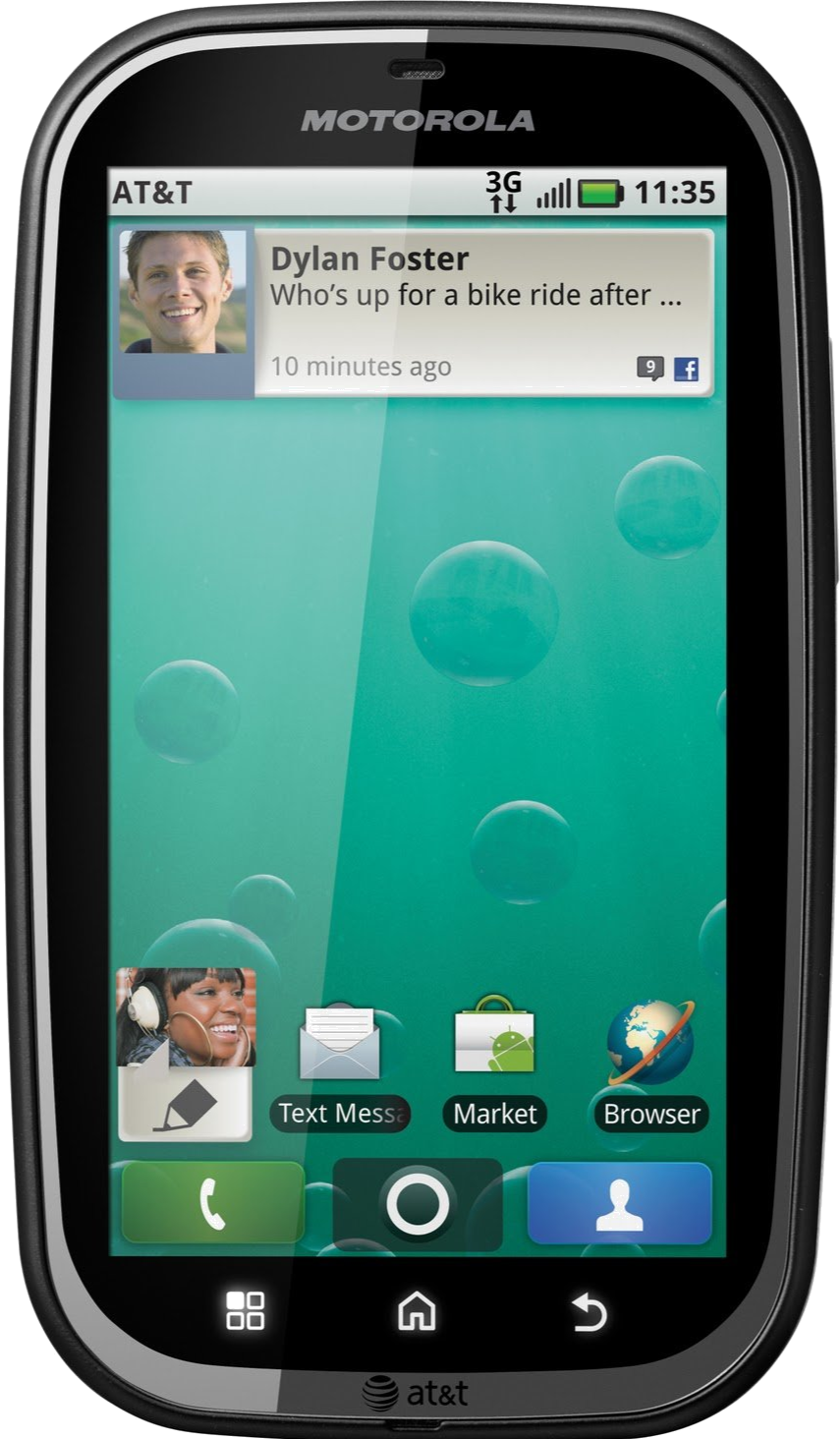 Motorola BRAVO MB520
Motorola BRAVO MB520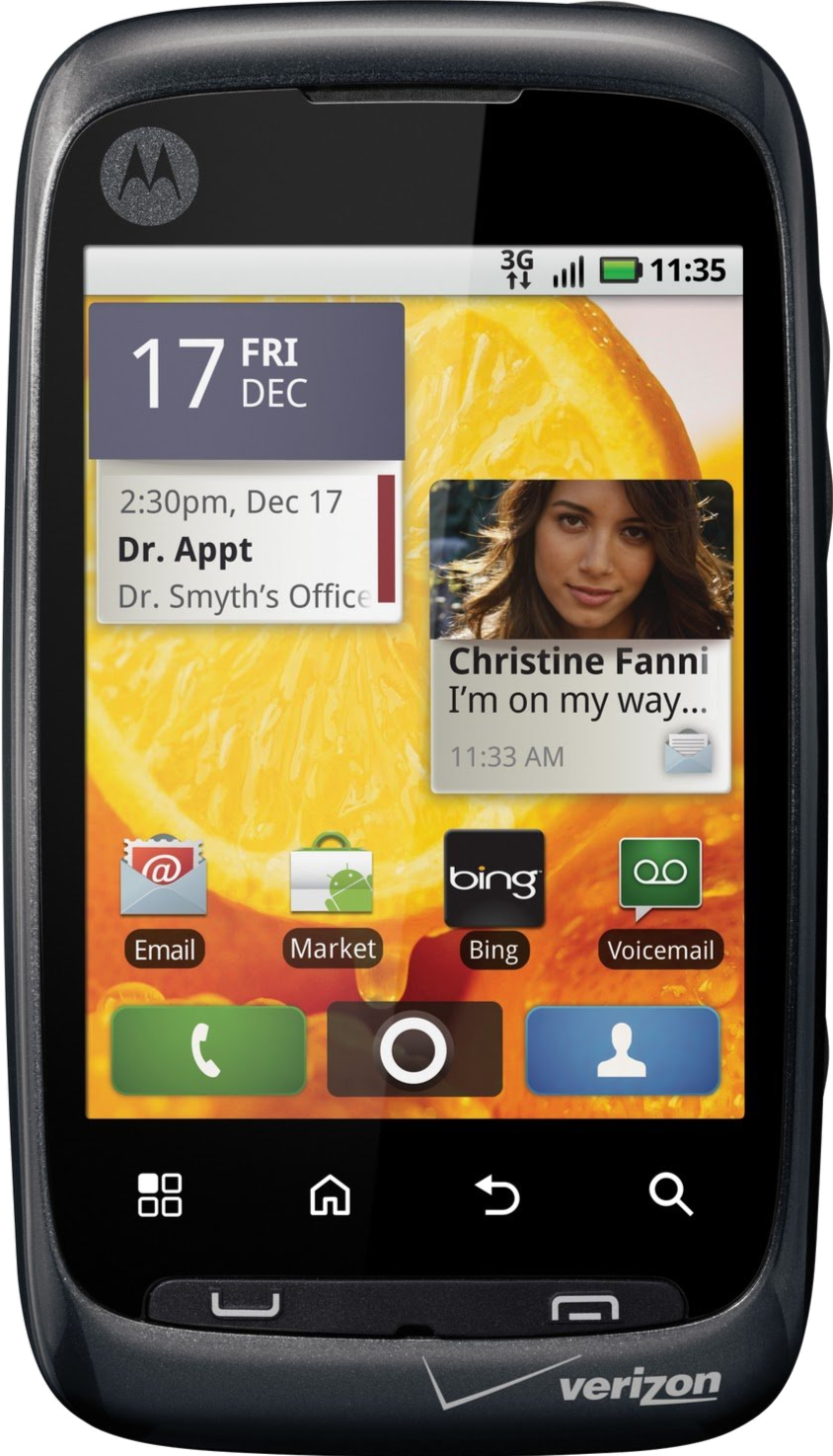 Motorola CITRUS WX445
Motorola CITRUS WX445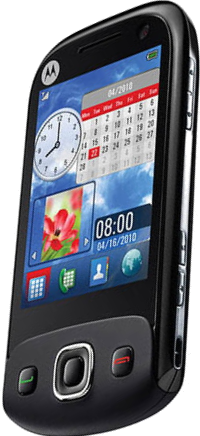 Motorola EX300
Motorola EX300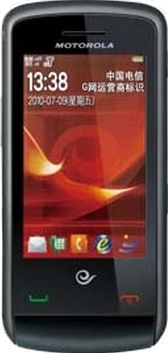 Motorola EX201
Motorola EX201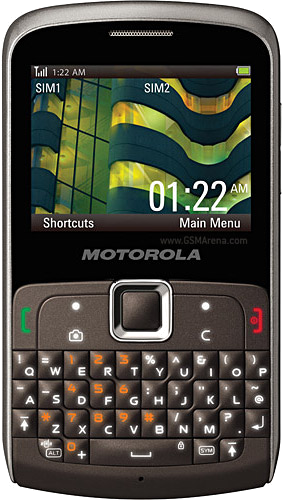 Motorola EX115
Motorola EX115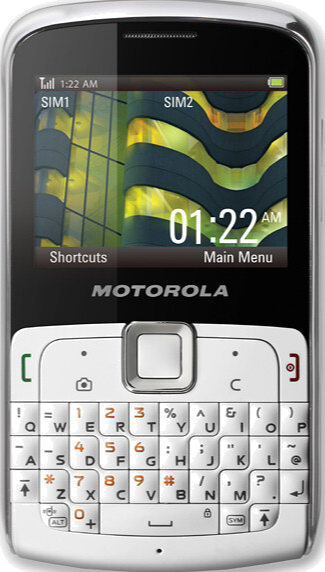 Motorola EX112
Motorola EX112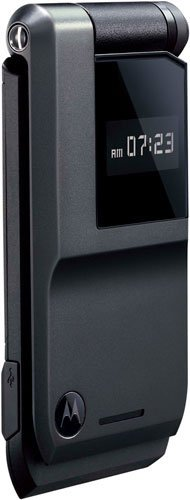 Motorola CUPE
Motorola CUPE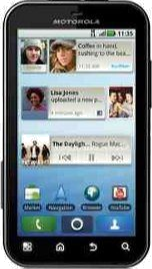 Motorola Defy
Motorola Defy Motorola MILESTONE 2
Motorola MILESTONE 2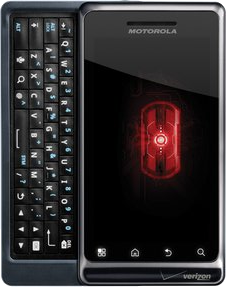 Motorola Droid 2
Motorola Droid 2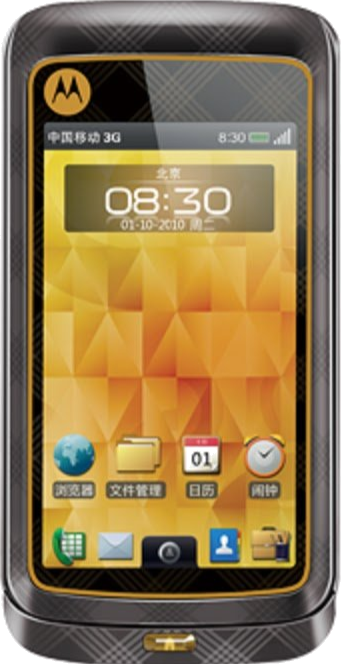 Motorola MT810Ix
Motorola MT810Ix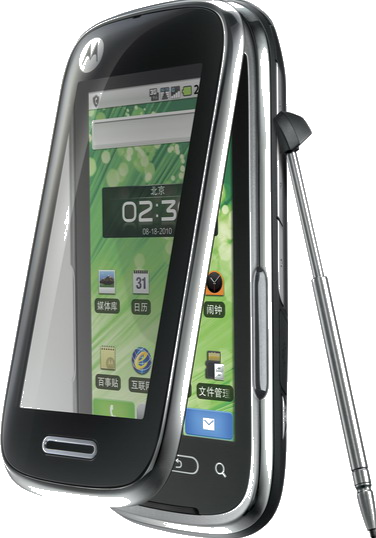 Motorola XT806
Motorola XT806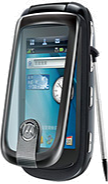 Motorola A1260
Motorola A1260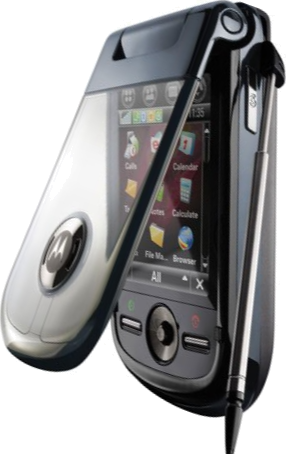 Motorola A1680
Motorola A1680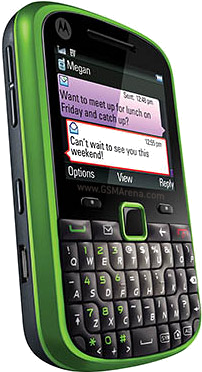 Motorola Grasp WX404
Motorola Grasp WX404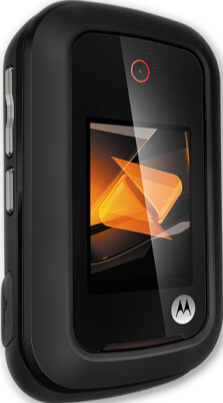 Motorola RAMBLER
Motorola RAMBLER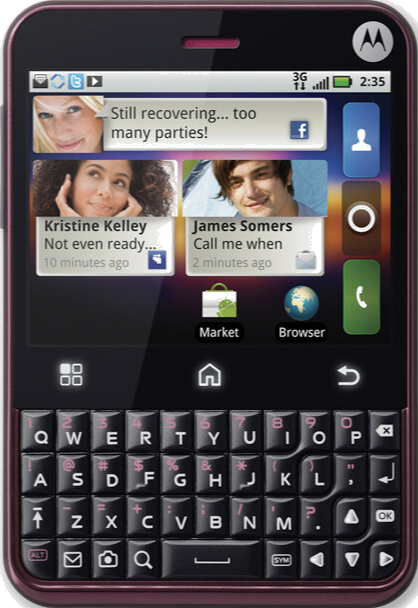 Motorola CHARM
Motorola CHARM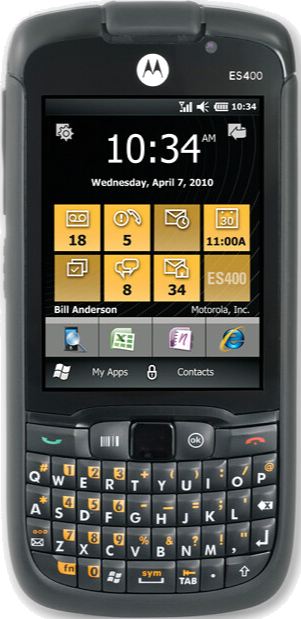 Motorola ES400
Motorola ES400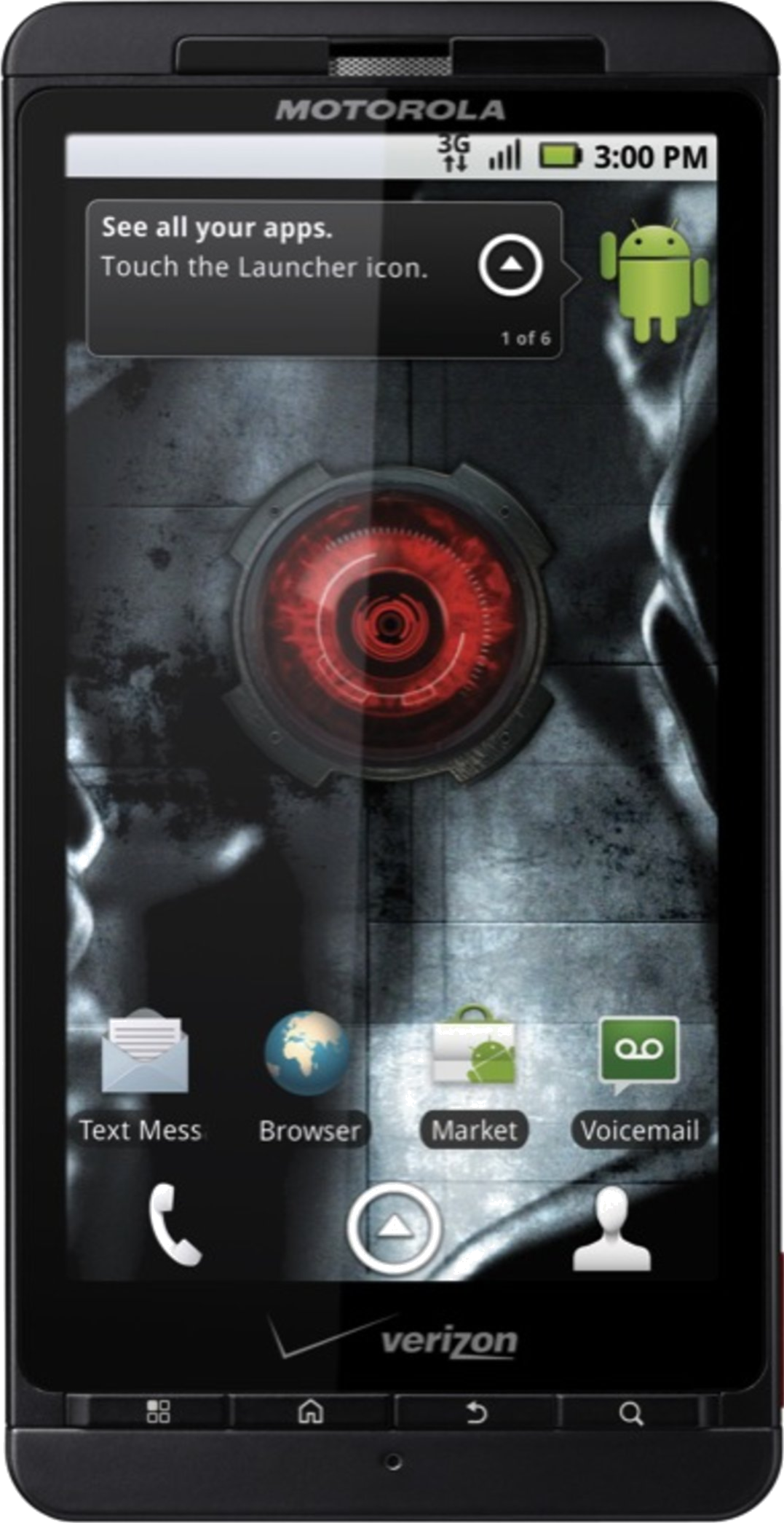 Motorola Droid X
Motorola Droid X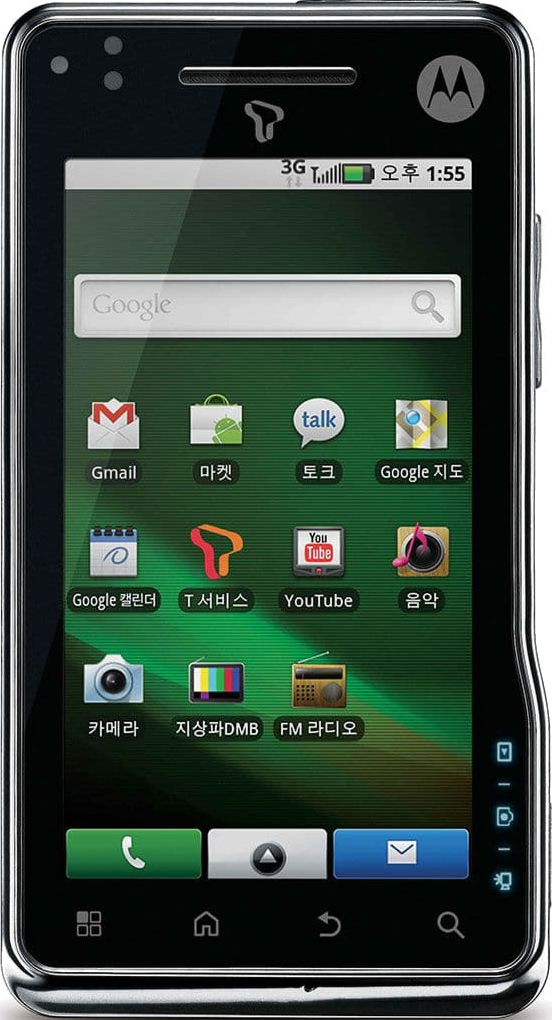 Motorola XT720 MOTOROI
Motorola XT720 MOTOROI Motorola Quench XT5 XT502
Motorola Quench XT5 XT502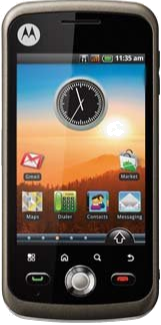 Motorola Quench XT3 XT502
Motorola Quench XT3 XT502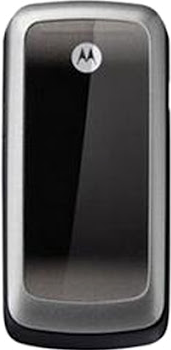 Motorola WX265
Motorola WX265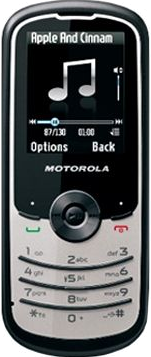 Motorola WX260
Motorola WX260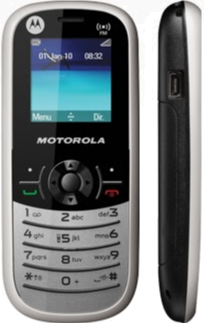 Motorola WX181
Motorola WX181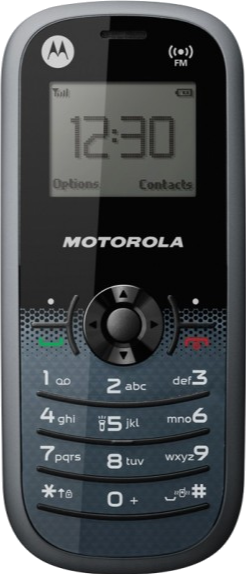 Motorola WX161
Motorola WX161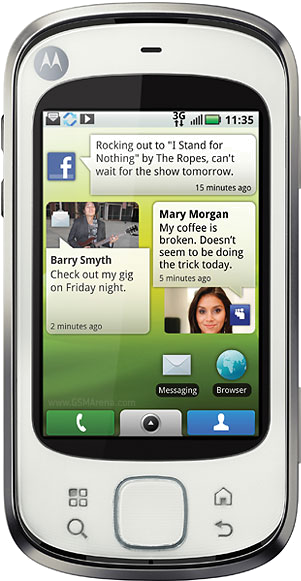 Motorola QUENCH
Motorola QUENCH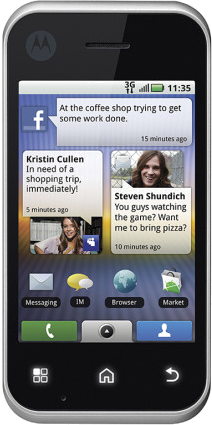 Motorola Backflip
Motorola Backflip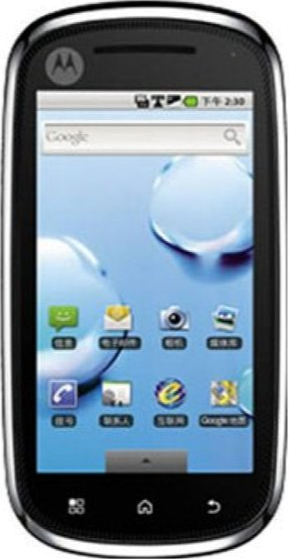 Motorola XT800 ZHISHANG
Motorola XT800 ZHISHANG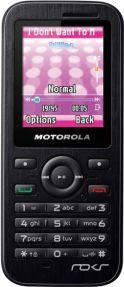 Motorola WX395
Motorola WX395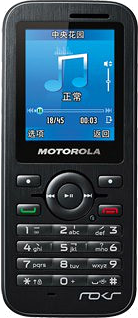 Motorola WX390
Motorola WX390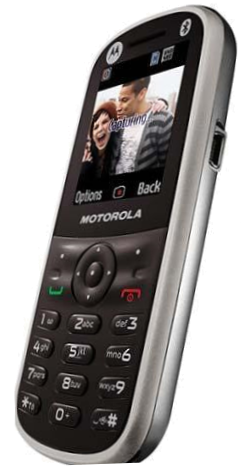 Motorola WX288
Motorola WX288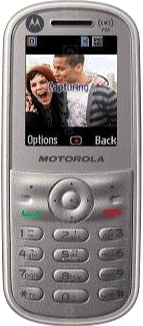 Motorola WX280
Motorola WX280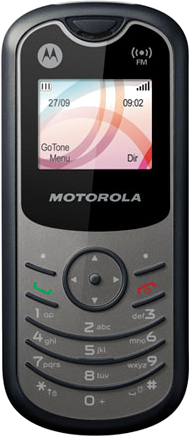 Motorola WX180
Motorola WX180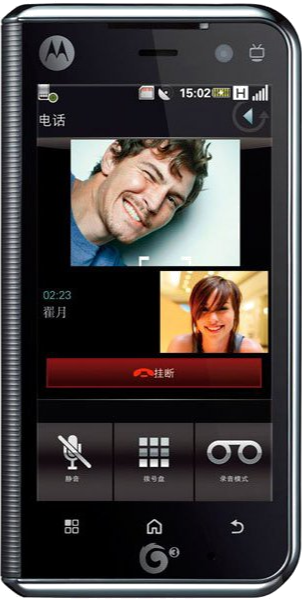 Motorola MT710 ZHILING
Motorola MT710 ZHILING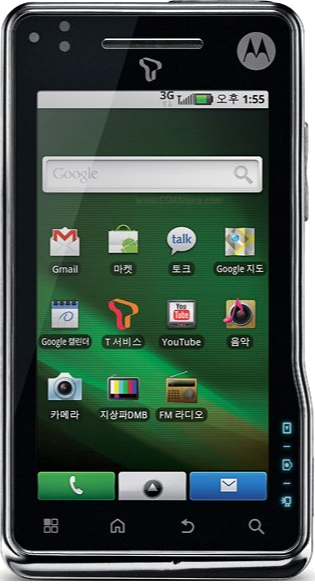 Motorola XT701
Motorola XT701|
The bottom line here is that with all these wireless technological innovations displayed by Motorola, the birth of the Mobile Phone beckoned and was inevitable,but, by no other, only by them.
The present "batwing" logo was introduced in 1955 created by award-winning Chicago graphic designer Morton Goldsholl in late 1954. |
|
|
Motorola developed and supplied many products used by the government, public safety officials, business installments, and the general public. These products included MobilePhones, computer processors, laptops, and radio communication devices. |

2009
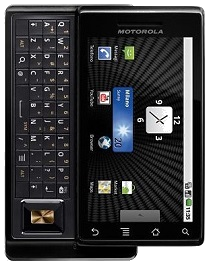 MOTOROLA XT702 Milestone
MOTOROLA XT702 Milestone Motorola WX160
Motorola WX160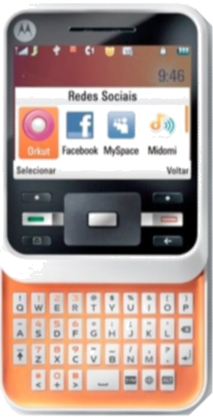 Motorola MotoCubo A45
Motorola MotoCubo A45 Motorola DEXT MB220
Motorola DEXT MB220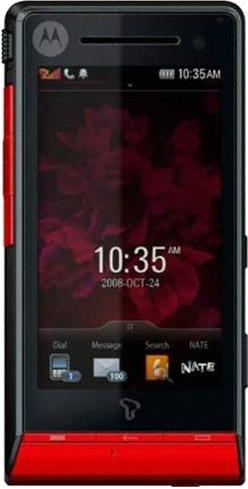 Motorola ROKR ZN50
Motorola ROKR ZN50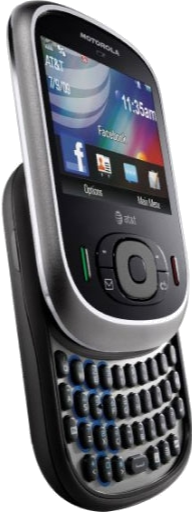 Motorola Karma QA1
Motorola Karma QA1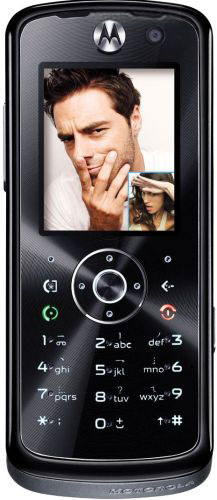 Motorola L800t
Motorola L800t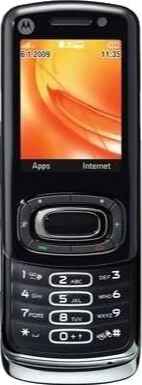 Motorola W7 Active Edition
Motorola W7 Active Edition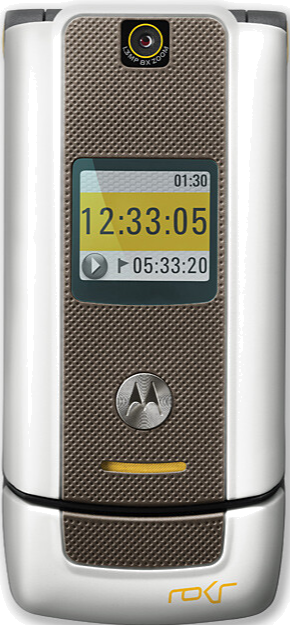 Motorola MOTOROKR W6
Motorola MOTOROKR W6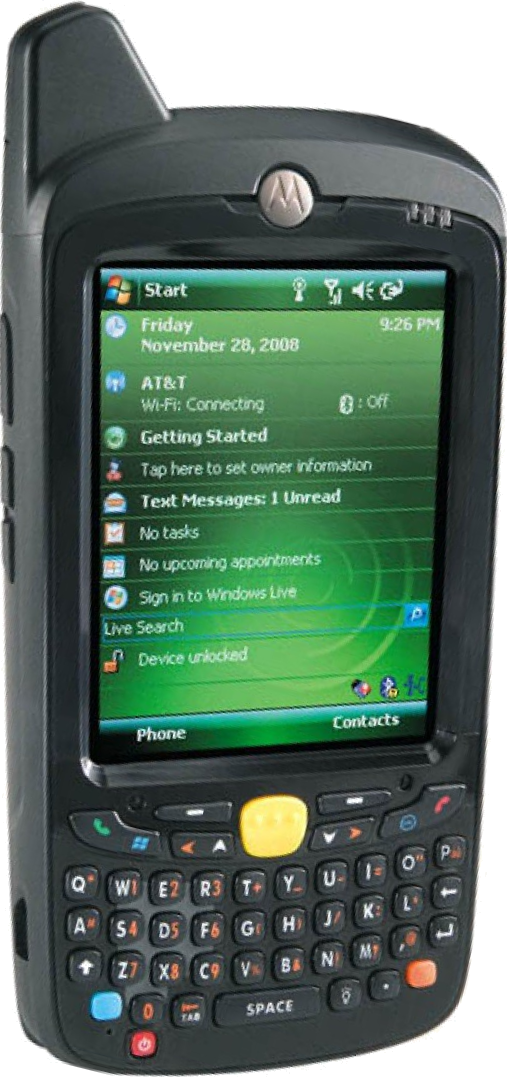 Motorola MC55
Motorola MC55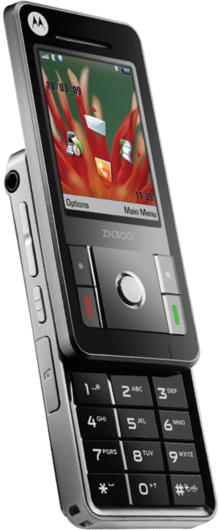 Motorola ZN300
Motorola ZN300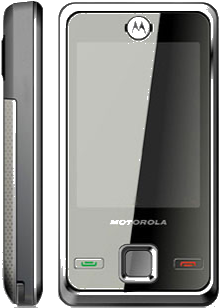 Motorola E11
Motorola E11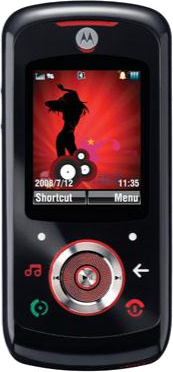 Motorola EM25
Motorola EM25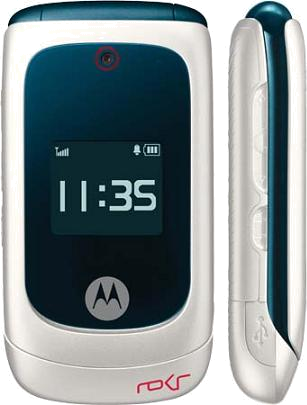 Motorola EM28
Motorola EM28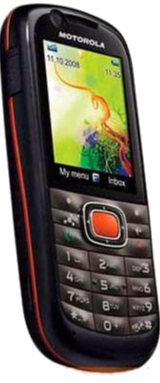 Motorola VE538
Motorola VE538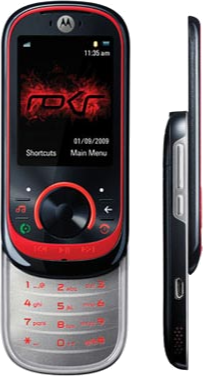 Motorola EM35
Motorola EM35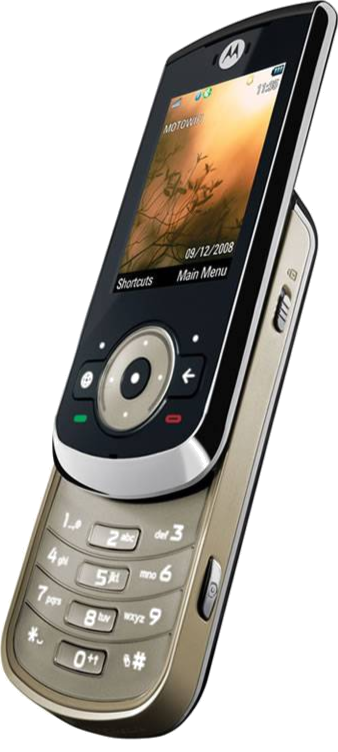 Motorola VE66
Motorola VE66 Motorola COCKTAIL VE70
Motorola COCKTAIL VE70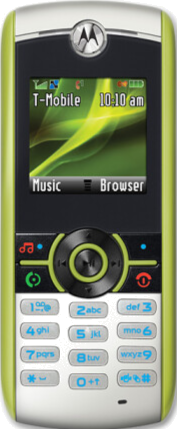 Motorola W233
Motorola W233 The Motorola Tundra VA76r
The Motorola Tundra VA76r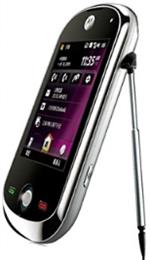 Motorola A3000
Motorola A3000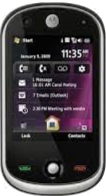 Motorola A3100 MotoSURF
Motorola A3100 MotoSURF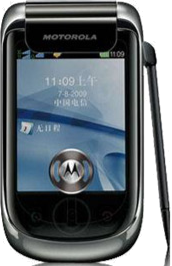 Motorola A1890
Motorola A1890|
In 1991, Motorola showed of the world's first
working-prototype digital cellular system and phones using GSM
standard in Germany. And then In 1994, Motorola introduced the world's
first commercial digital radio system. |
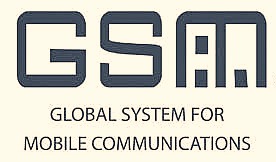 |
Standout Motorola Phones
We would start of with a SmartPhone but this Mobile Phone was exceptional. The Aura used to be a luxury device (and still is NOW) with a $2000 price tag and that’s back in 2008 ok.
Motorola AURA (2008)
Made from premium materials such as stainless steel and sapphire to appeal to large audience if not the high end, even came in a classy wooden box. Had a striking similarity to the V70 from a few years previous.

2008
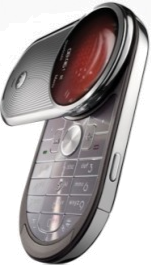 Motorola Aura
Motorola Aura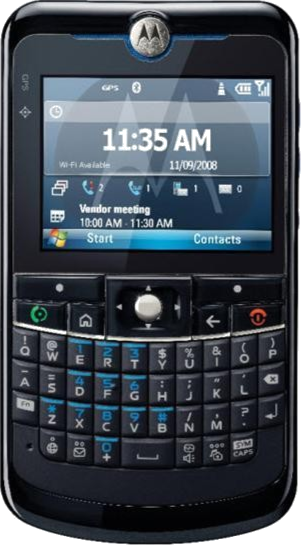 Motorola Moto Q11
Motorola Moto Q11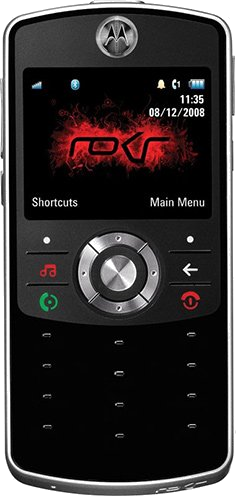 Motorola EM30
Motorola EM30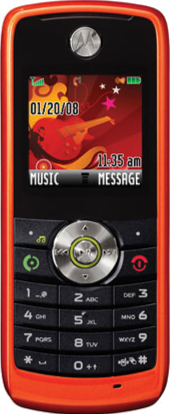 Motorola W231
Motorola W231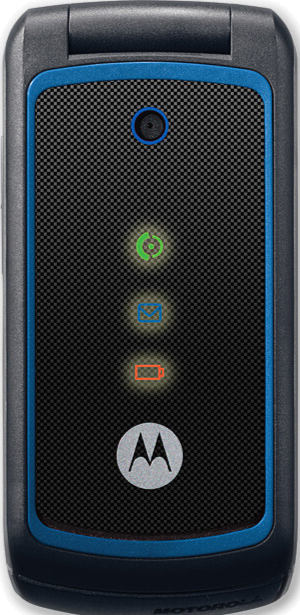 Motorola W396
Motorola W396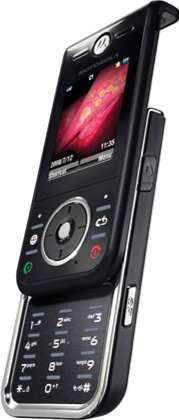 Motorola ZN200
Motorola ZN200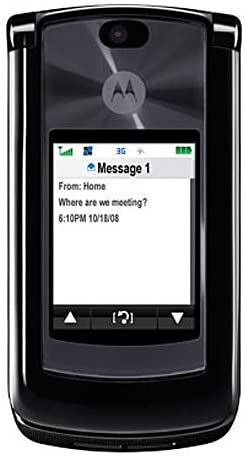 Motorola RAZR2 V9x
Motorola RAZR2 V9x Motorola PEBL VU20
Motorola PEBL VU20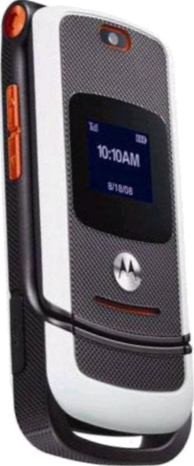 Motorola MOTOACTV W450
Motorola MOTOACTV W450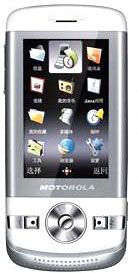 Motorola VE75
Motorola VE75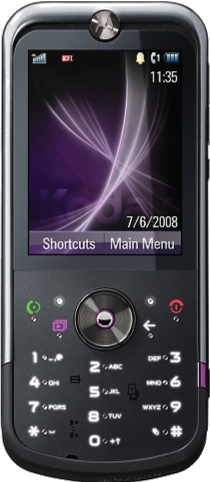 Motorola ZN5
Motorola ZN5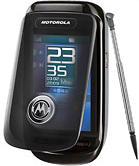 Motorola A1210
Motorola A1210 Motorola A1600
Motorola A1600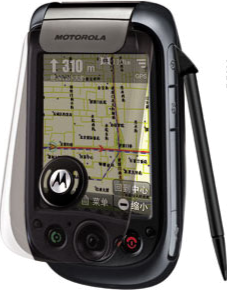 Motorola A1800
Motorola A1800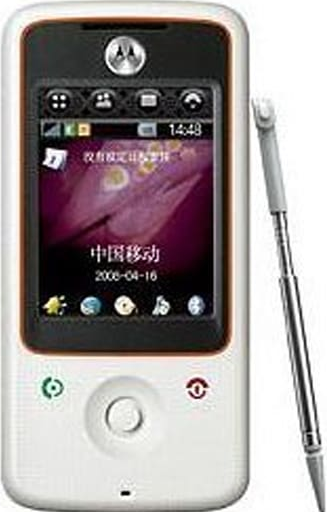 Motorola A810
Motorola A810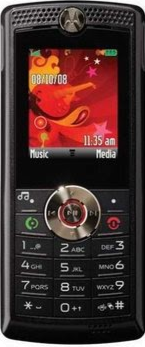 Motorola W388
Motorola W388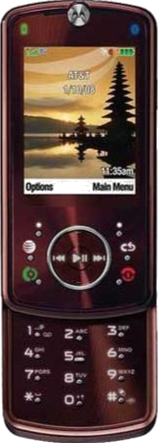 Motorola Z9
Motorola Z9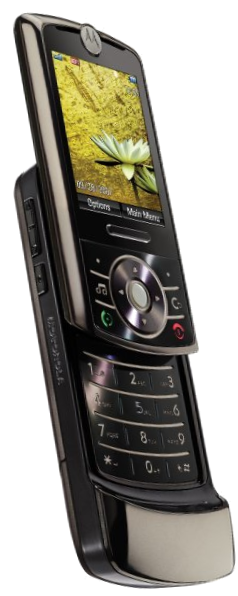 Motorola Z6w
Motorola Z6w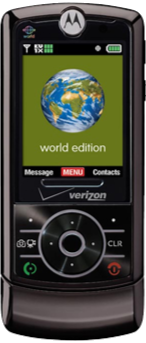 Motorola Z6c
Motorola Z6c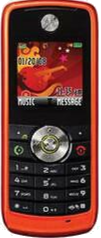 Motorola W230
Motorola W230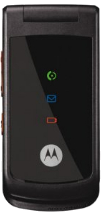 Motorola W270
Motorola W270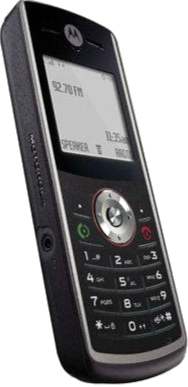 Motorola W161
Motorola W161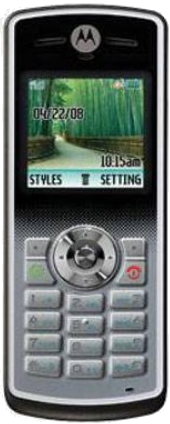 Motorola W177/W181
Motorola W177/W181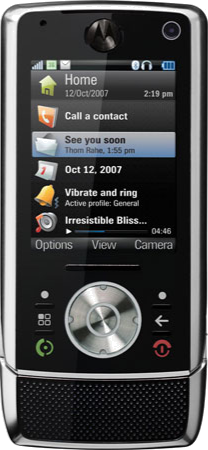 Motorola RIZR Z10
Motorola RIZR Z10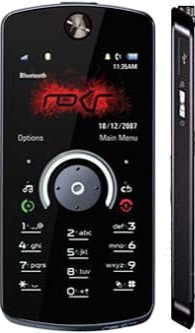 Motorola ROKR E8
Motorola ROKR E8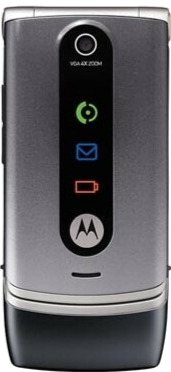 Motorola W377
Motorola W377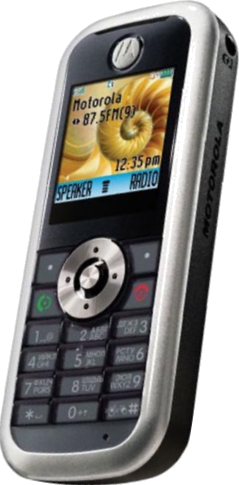 Motorola W213
Motorola W213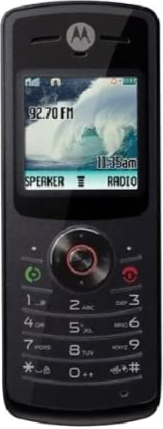 Motorola W180
Motorola W180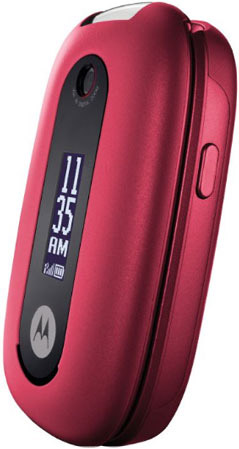 Motorola PEBL U3
Motorola PEBL U3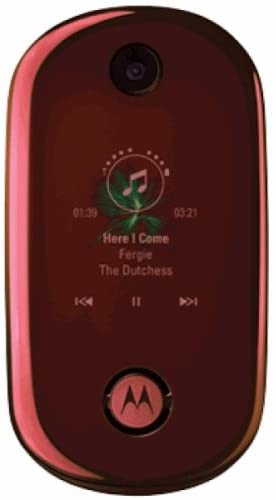 Motorola MOTO U9
Motorola MOTO U9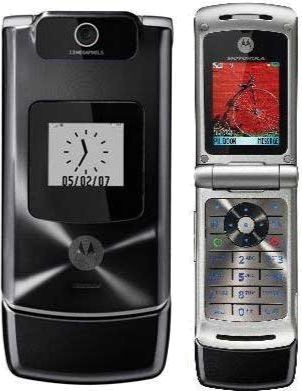 Motorola W395
Motorola W395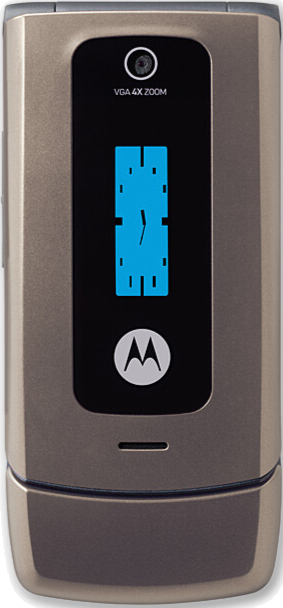 Motorola W380
Motorola W380 Motorola W213
Motorola W213But the bottom line is that this outlandish mobile represented an entry into the elite world of luxury high-end mobile phones with a £1,400 price tag that puts even today's flagships to shame.
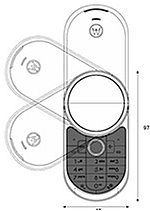 |
The
phone featured a unique high-resolution circular display with 300dpi and an
adapted circular user interfaced based on Motorola's MotoMagx a Linux kernel-based mobile operating system. One of the main selling points of the device
apart from its Swiss-made lens screen, was its swivel-like opening mechanism. |

2007
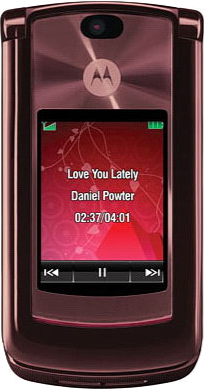 Motorola RAZR2 V9
Motorola RAZR2 V9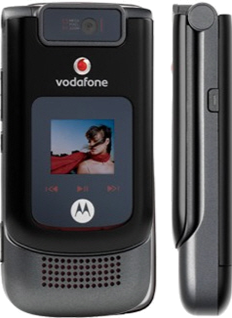 Motorola V1100
Motorola V1100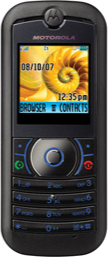 Motorola W213
Motorola W213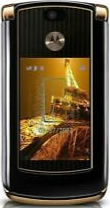 Motorola Razr2 V8
Motorola Razr2 V8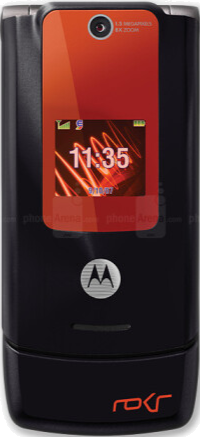 Motorola ROKR W5
Motorola ROKR W5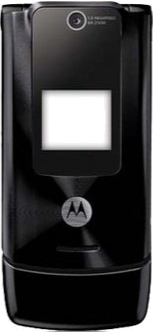 Motorola W490
Motorola W490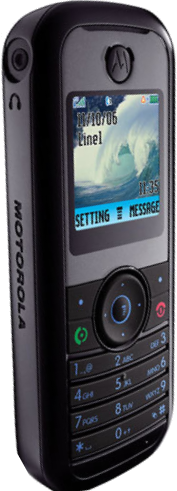 Motorola W205
Motorola W205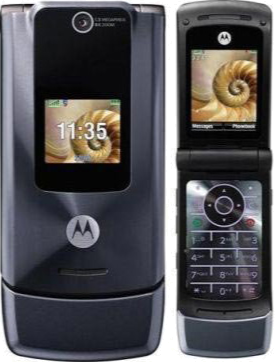 Motorola W510
Motorola W510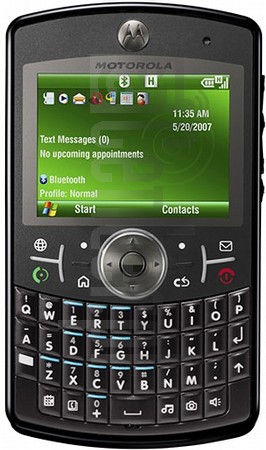 Motorola Q9h
Motorola Q9h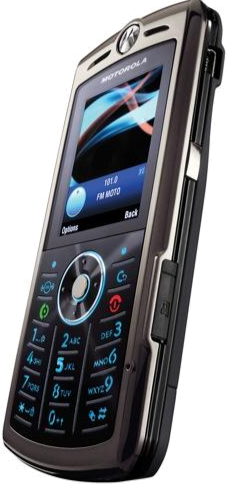 Motorola's SLVR L9
Motorola's SLVR L9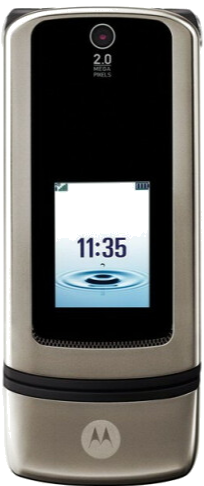 Motorola KRZR K3
Motorola KRZR K3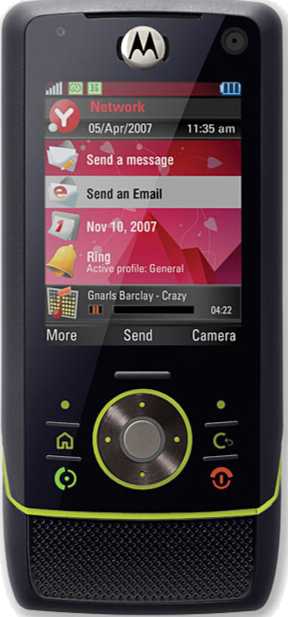 Motorola RIZR Z8
Motorola RIZR Z8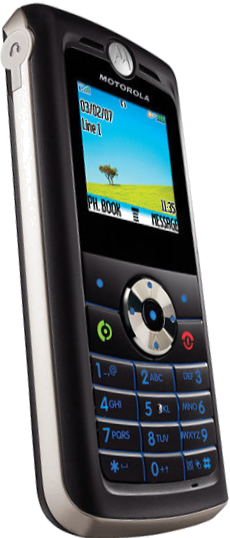 Motorola W218
Motorola W218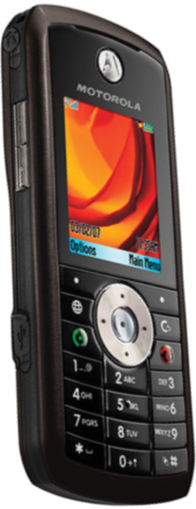
Motorola tried to replicate the success of the Razr V3 series by making a new innovative phone. The screen's opening mechanism was made possible thanks to its Swiss-made gears composed of Rockwell 50-55 hardened steel and 130 precision ball bearings.
Unique so much so that the engineering is customised, consisting of a rotating mechanism of more than 200 high-precision different parts, protected against harsh conditions, made possible with special premium coatings, the same type used in top-performance racing engines. All these unique specs made the AURA a one of-a-kind phone, it looked intricate but yet sophisticated, the screen was able to display 26 Million different colours. This phone was well and truly about looks over functionality. No Wi-Fi, 3G or microSD card slot and back then certainly no apps to show, but it did look pretty special.
Motorola Droid (2009)The Droid did not only get released as a reaction to the iPhone, but in addition, it’s the phone that showed SmartPhone users the potential of the Android OS, the droid popularized the Google's Android operating system it was launched with Android Eclair (Android 2.0) and represented Motorola’s proper entry into the SmartPhone era suffice to say that it had to be done, as one of the most successful mobile franchises in the world. |
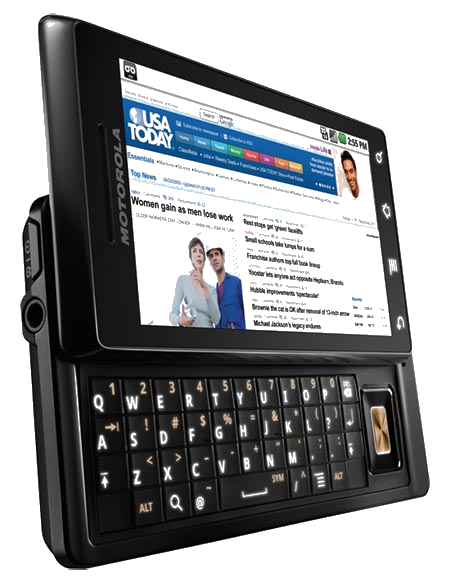 |
They appropriately name It Milestone in other regions as that’s what it was for the company. The Droid stalked up well as a multimedia-enabled smartphone with its touchscreen display and slide-out keyboard. At the time, the Droid was a fantastic device offering a state-of-the-art experience with flawless telephone reception.

2006
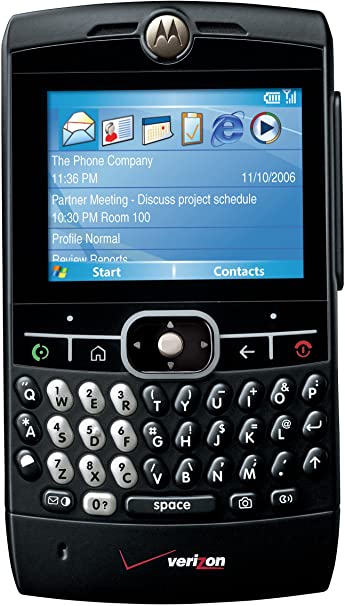 Motorola Q8
Motorola Q8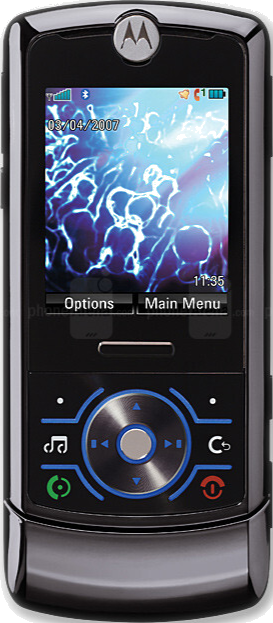 Motorola ROKR Z6
Motorola ROKR Z6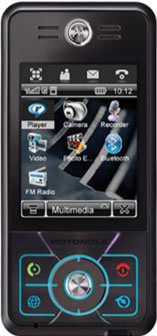 Motorola ROKR E6
Motorola ROKR E6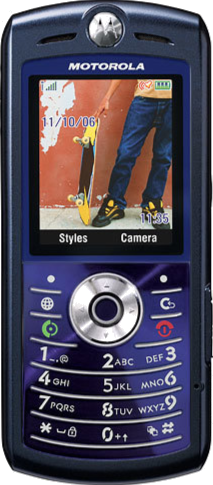 Motorola SLVR L7e
Motorola SLVR L7e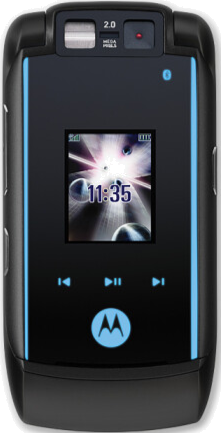 Motorola RAZR MAXX V6
Motorola RAZR MAXX V6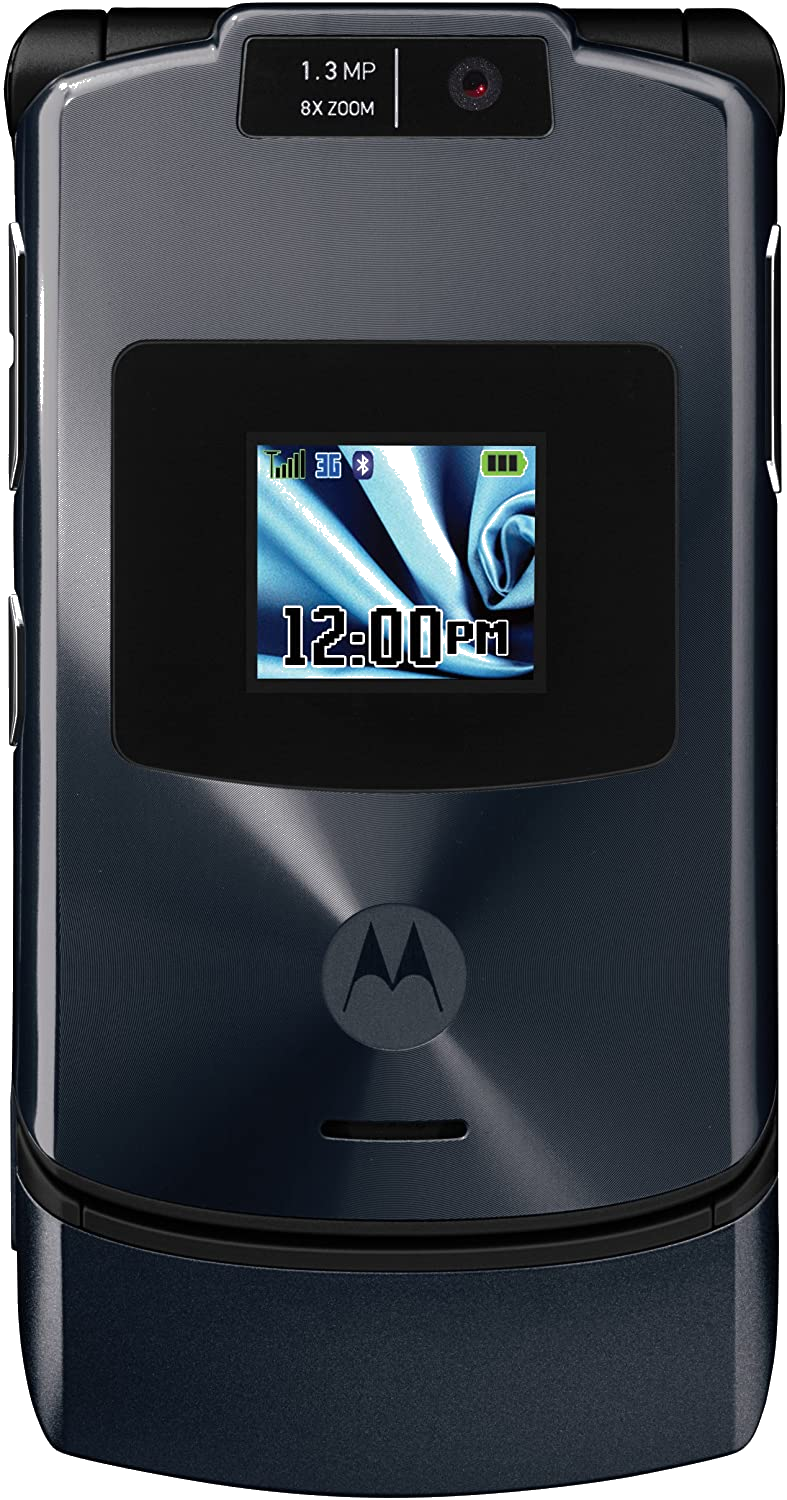 Motorola RAZR V3xx
Motorola RAZR V3xx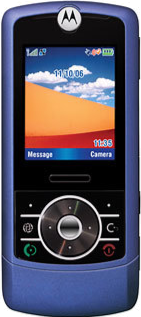 Motorola RIZR Z3
Motorola RIZR Z3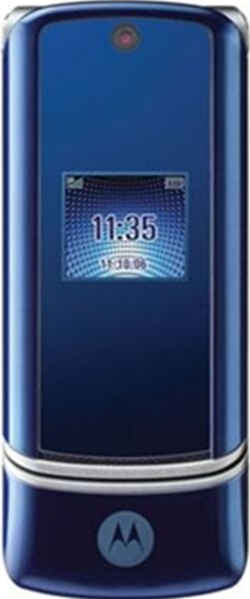 Motorola KRZR K1
Motorola KRZR K1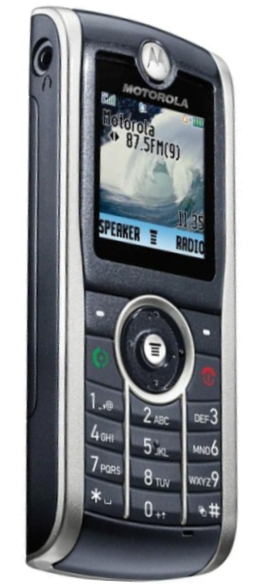 Motorola W209
Motorola W209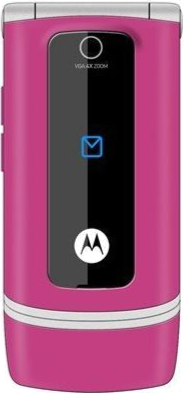 Motorola W375
Motorola W375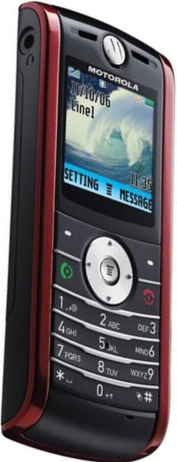 Motorola W208
Motorola W208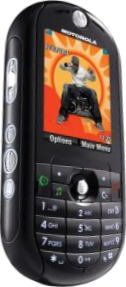 Motorola ROKR E2
Motorola ROKR E2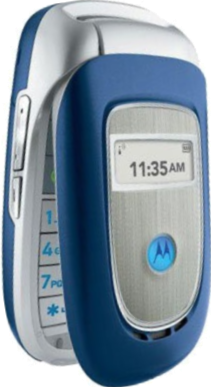 Motorola V191
Motorola V191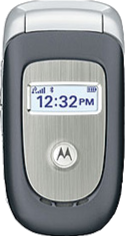 Motorola V195
Motorola V195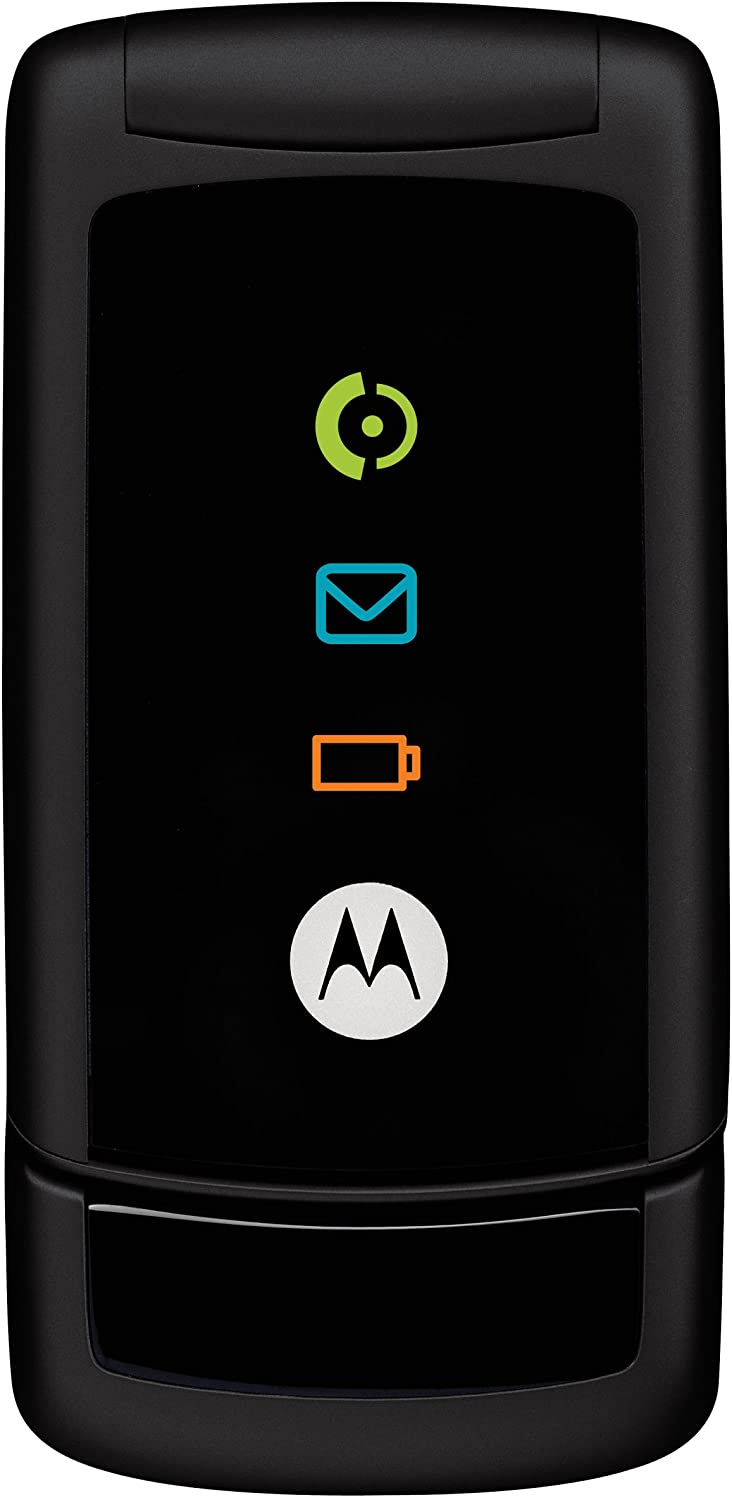 Motorola W220
Motorola W220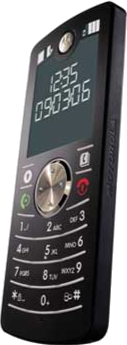 Motorola MOTOFONE F3
Motorola MOTOFONE F3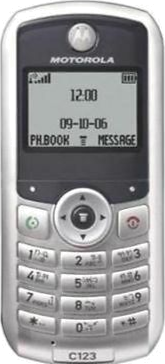 Motorola C123
Motorola C123Motorola ATRIX 4G (2011)
|
First the Atrix was different as it had the ability to incorporate with a laptop using a docking panel. Also had a dedicated HDMI dock. This Phone at the time of its release, was the most powerful smartphone, being one of the first with a dual-core processor, 1 gigabyte of RAM and even had a fingerprint sensor way back then. |
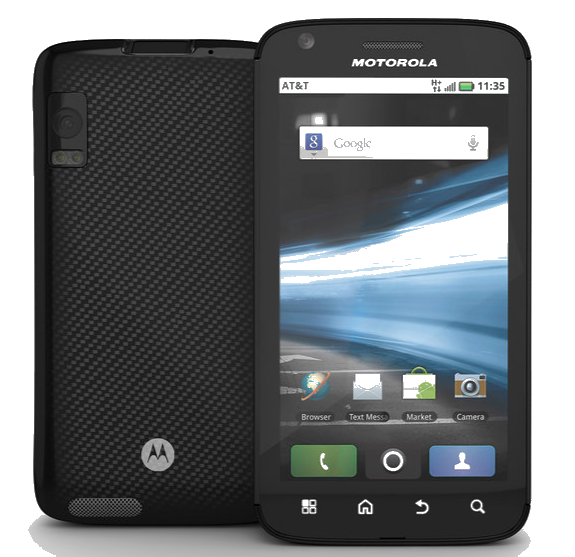 The Atrix 4G was a show piece to also show that Motorola wasn't afraid to innovate which is in their DNA. The SmartPhone won nine awards after a high-profile debut at CES 2011, with a powerful processor, Motorola's focus was on a smart handset that literally put a computer in your pocket, versatility was a target so it came with a range of accessories as well. |

2005
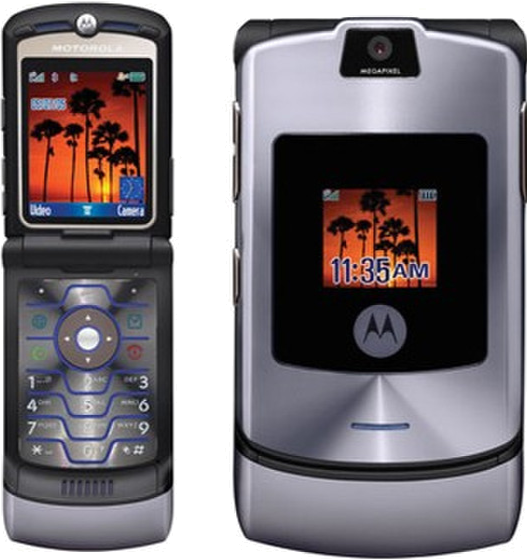 Motorola RAZR V3i
Motorola RAZR V3i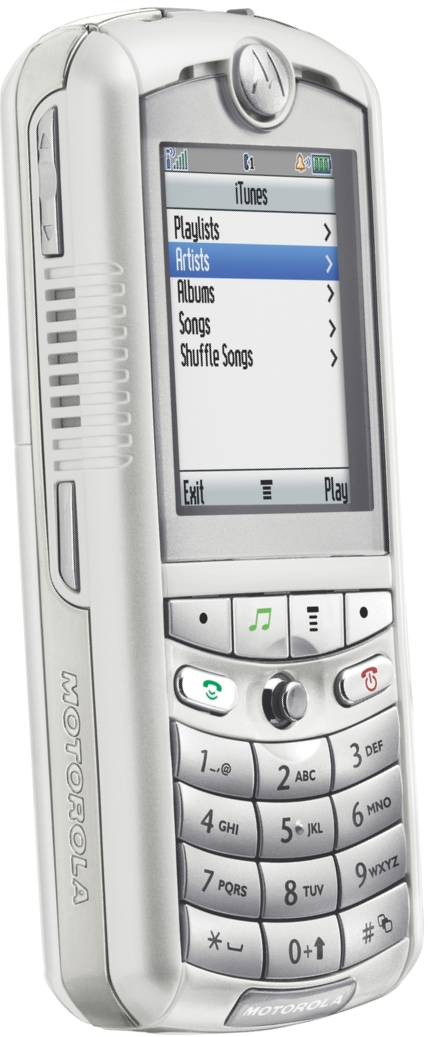 Motorola ROKR E1
Motorola ROKR E1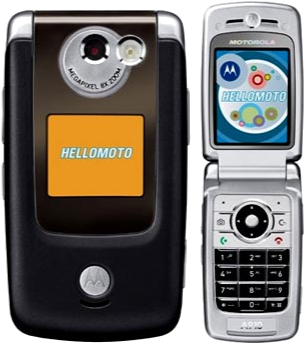 Motorola A910
Motorola A910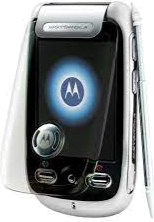 Motorola A1200
Motorola A1200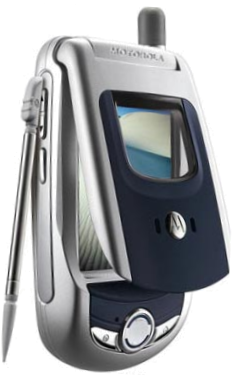 Motorola A728
Motorola A728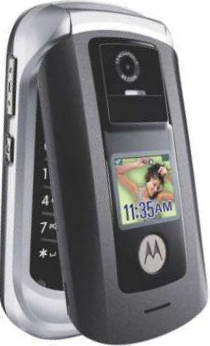 Motorola E1070
Motorola E1070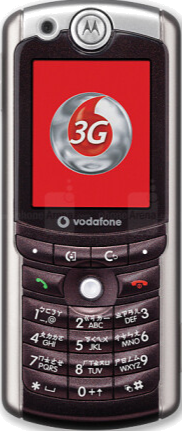 Motorola E770
Motorola E770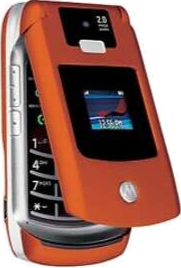 Motorola RAZR V3x
Motorola RAZR V3x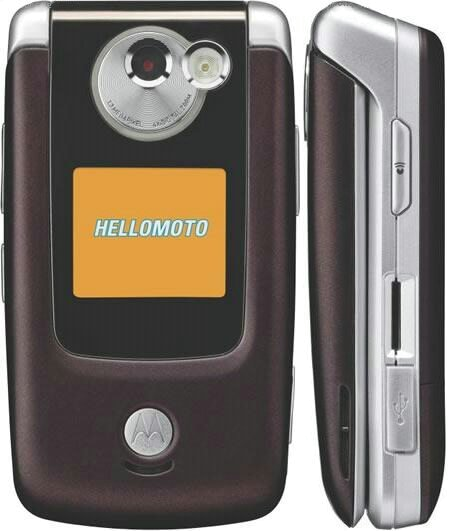 Motorola E895
Motorola E895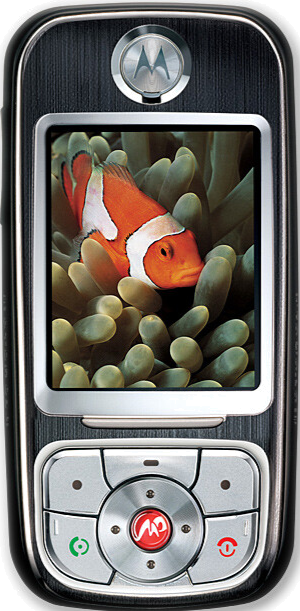 Motorola A732
Motorola A732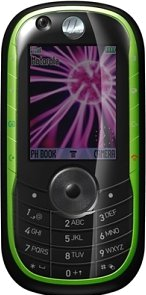 Motorola E1060
Motorola E1060 Motorola E1120
Motorola E1120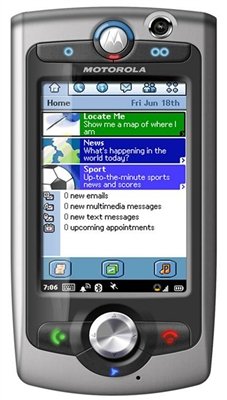 Motorola A1010
Motorola A1010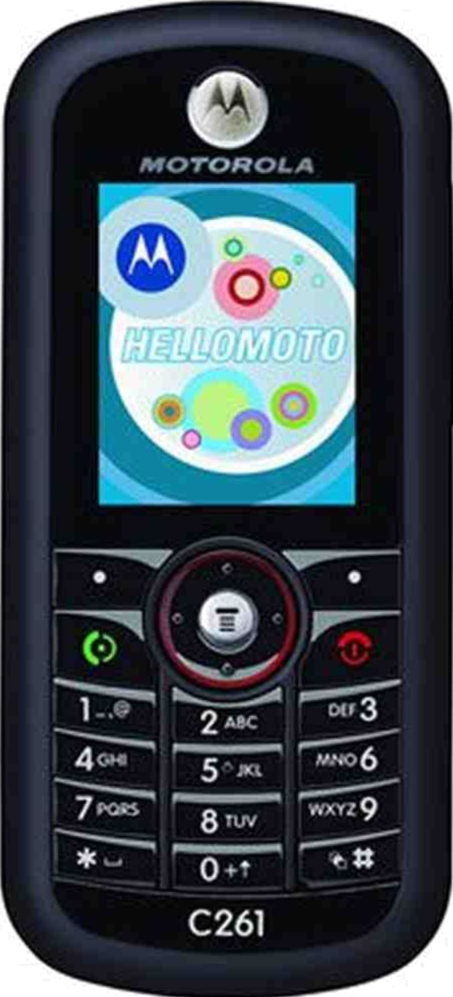 Motorola C257
Motorola C257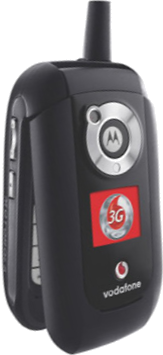 Motorola V1050
Motorola V1050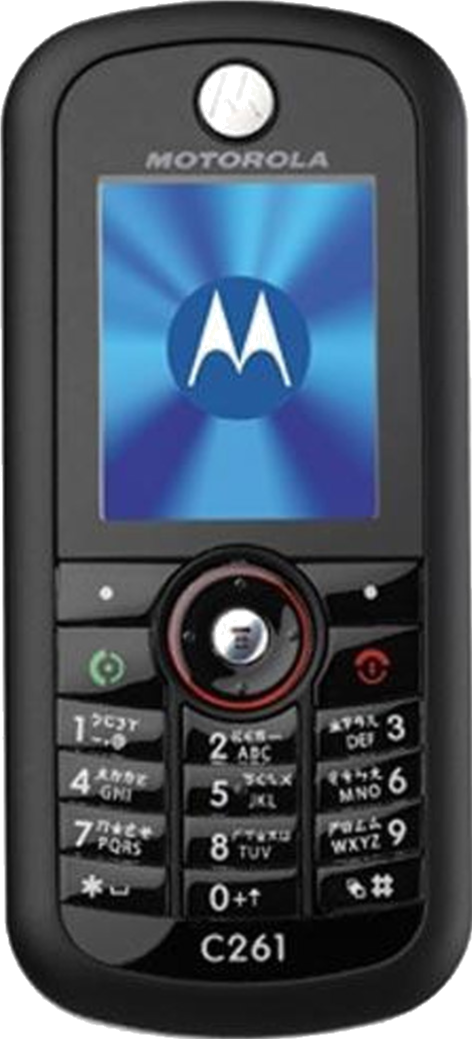 Motorola C261
Motorola C261 Motorola C257
Motorola C257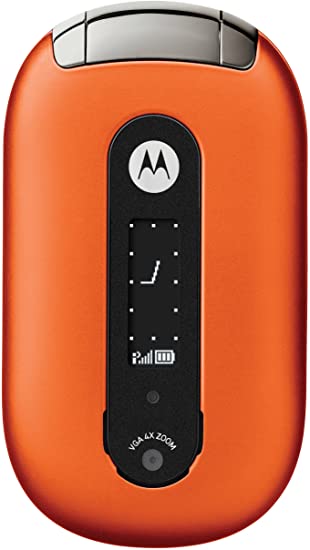 Motorola PEBL U6
Motorola PEBL U6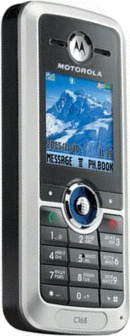 Motorola C168
Motorola C168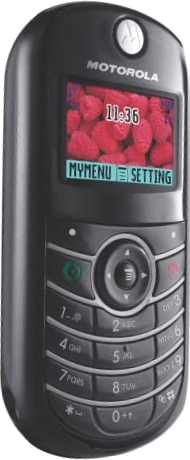 Motorola C139
Motorola C139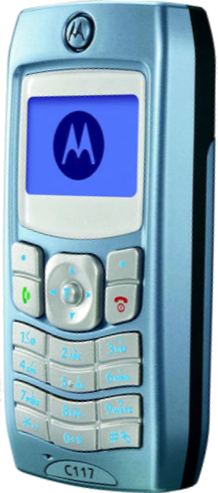 Motorola C117
Motorola C117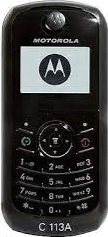 Motorola C113A
Motorola C113A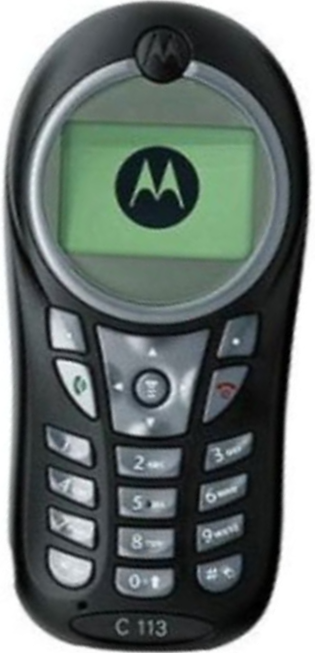 Motorola C113
Motorola C113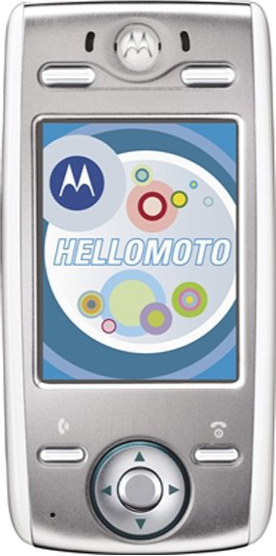 Motorola E680i
Motorola E680i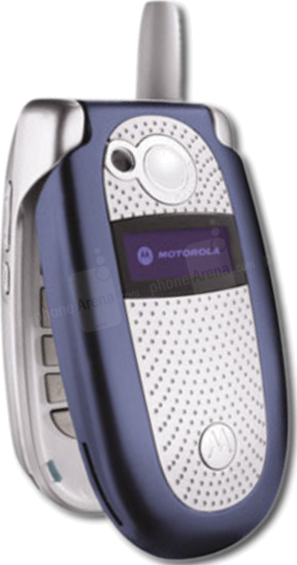 Motorola V560
Motorola V560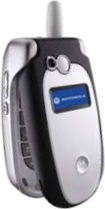 Motorola V557
Motorola V557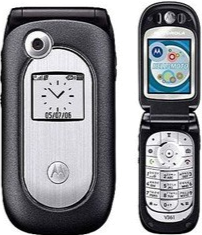 Motorola V361
Motorola V361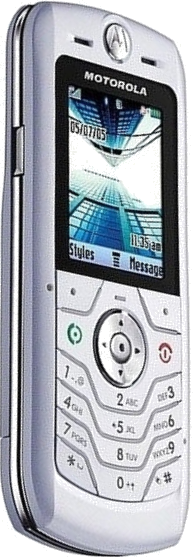 Motorola L6
Motorola L6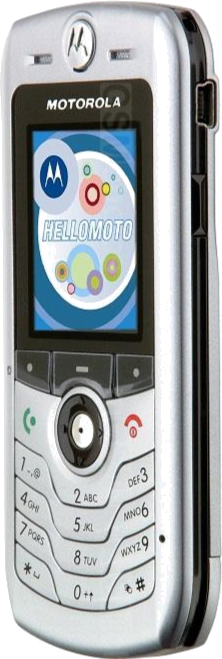 Motorola L2
Motorola L2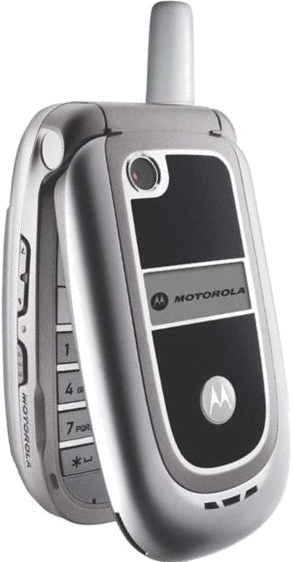 Motorola V235
Motorola V235 Motorola V230
Motorola V230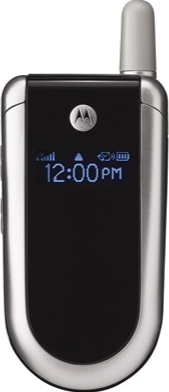 Motorola V186
Motorola V186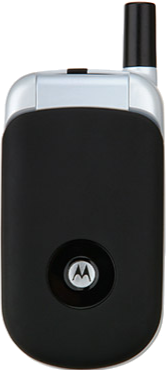 Motorola V176
Motorola V176 Motorola E378i
Motorola E378i
Motorola MING A1680 (2011) |
|
This was a must have phone for Moto lovers. As we know how innovative Motorola are as the Ming being an attempt to bring formats of phones into one. |
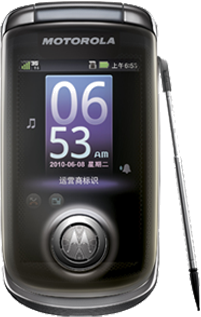 Motorola MING A1680 Motorola MING A1680 |
The Ming is a flip-phone, a clamshell, a SmartPhone plus it has a stylus pen for extra interface options.
|
|
The Motorola Ming A1680 is quite a rare phone to be found as they were only released IN Hong Kong and china. Phone Users and fans in other parts of the world demanded world release but did not happen. Unique design and functionality, equipped with a touch screen and transparent flip cover that provided screen protection. |
It was amongst a series of devices with interesting specifications such as features like a 3.1-inch WVGA display, 5-megapixel camera, WiFi, Bluetooth, GPS, compass and a 624 MHz Marvel PXA935 processor.

2004
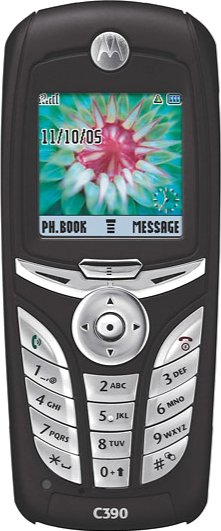 Motorola C390
Motorola C390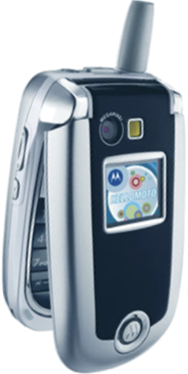 Motorola V635
Motorola V635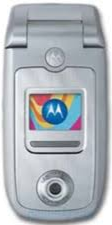 Motorola A668
Motorola A668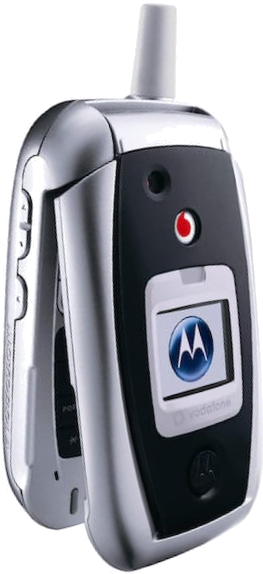 Motorola V980
Motorola V980 Motorola C980
Motorola C980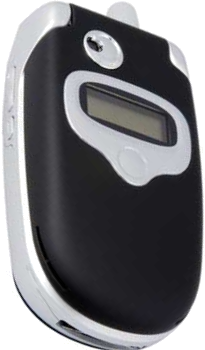 Motorola V535
Motorola V535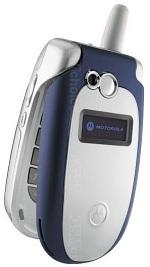 Motorola V547
Motorola V547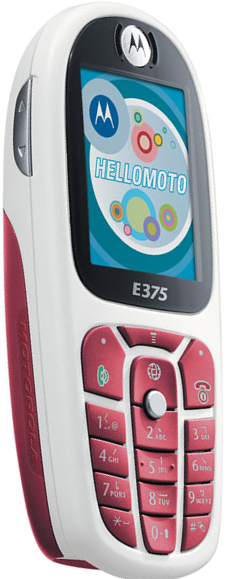 Motorola E375
Motorola E375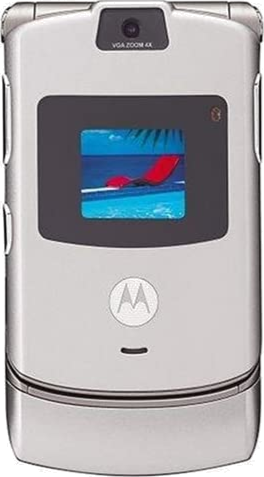 Motorola Razr V3
Motorola Razr V3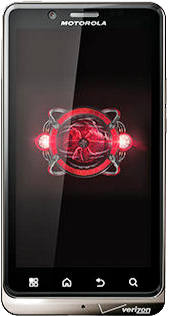 Motorola Droid Bionic/Targa
Motorola Droid Bionic/Targa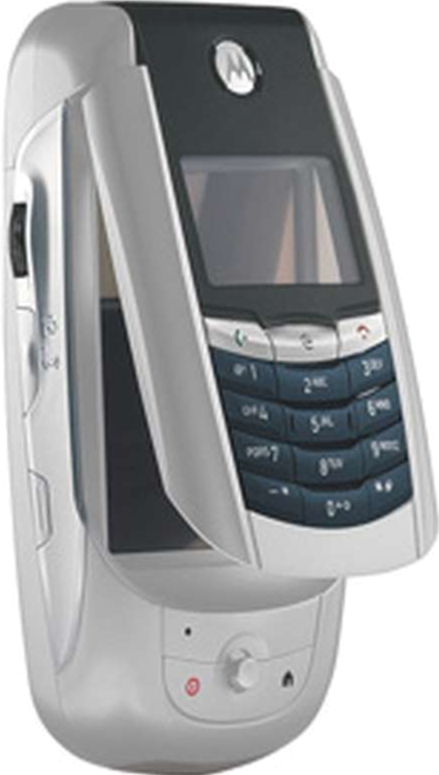 Motorola A780
Motorola A780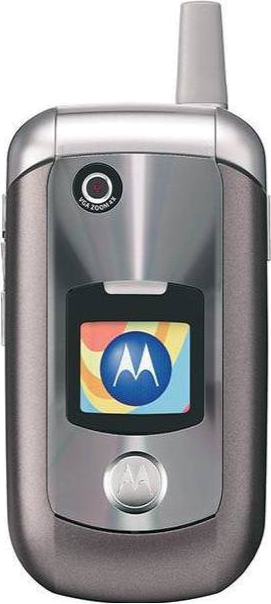 Motorola V975
Motorola V975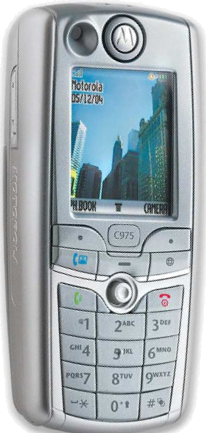 Motorola C975
Motorola C975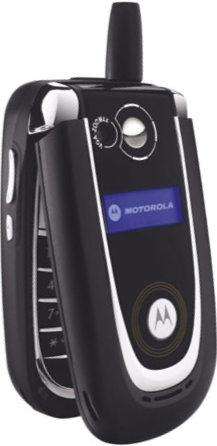 Motorola V620
Motorola V620 Motorola V555
Motorola V555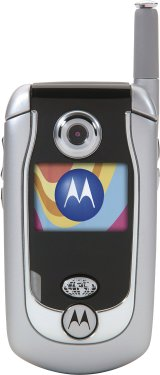 Motorola A840
Motorola A840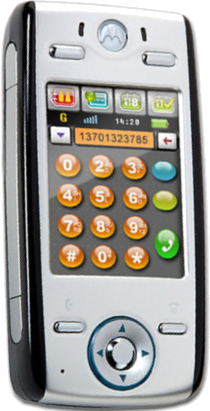 Motorola E680
Motorola E680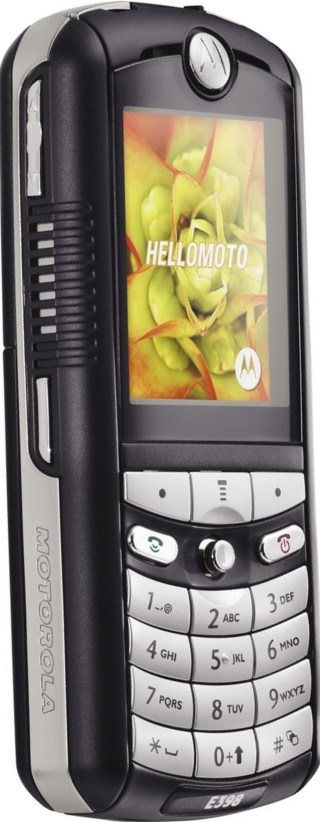 Motorola E398
Motorola E398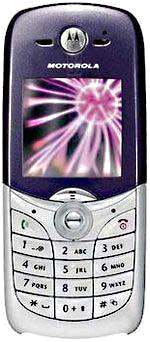 Motorola C650
Motorola C650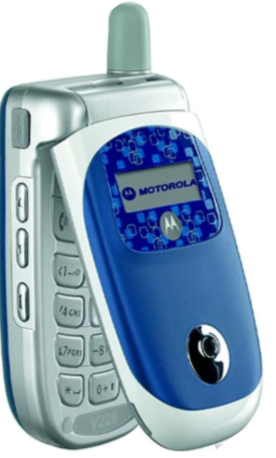 Motorola V226
Motorola V226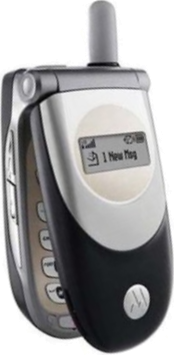 Motorola v188
Motorola v188 Motorola V171
Motorola V171 Motorola C155
Motorola C155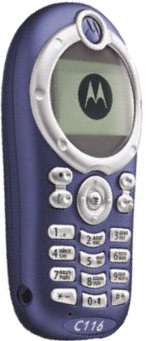 Motorola C116
Motorola C116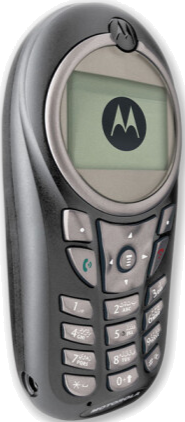 Motorola C115
Motorola C115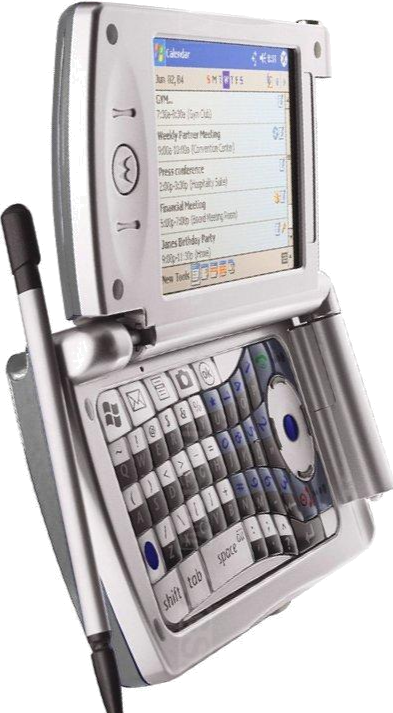 Motorola MPx
Motorola MPx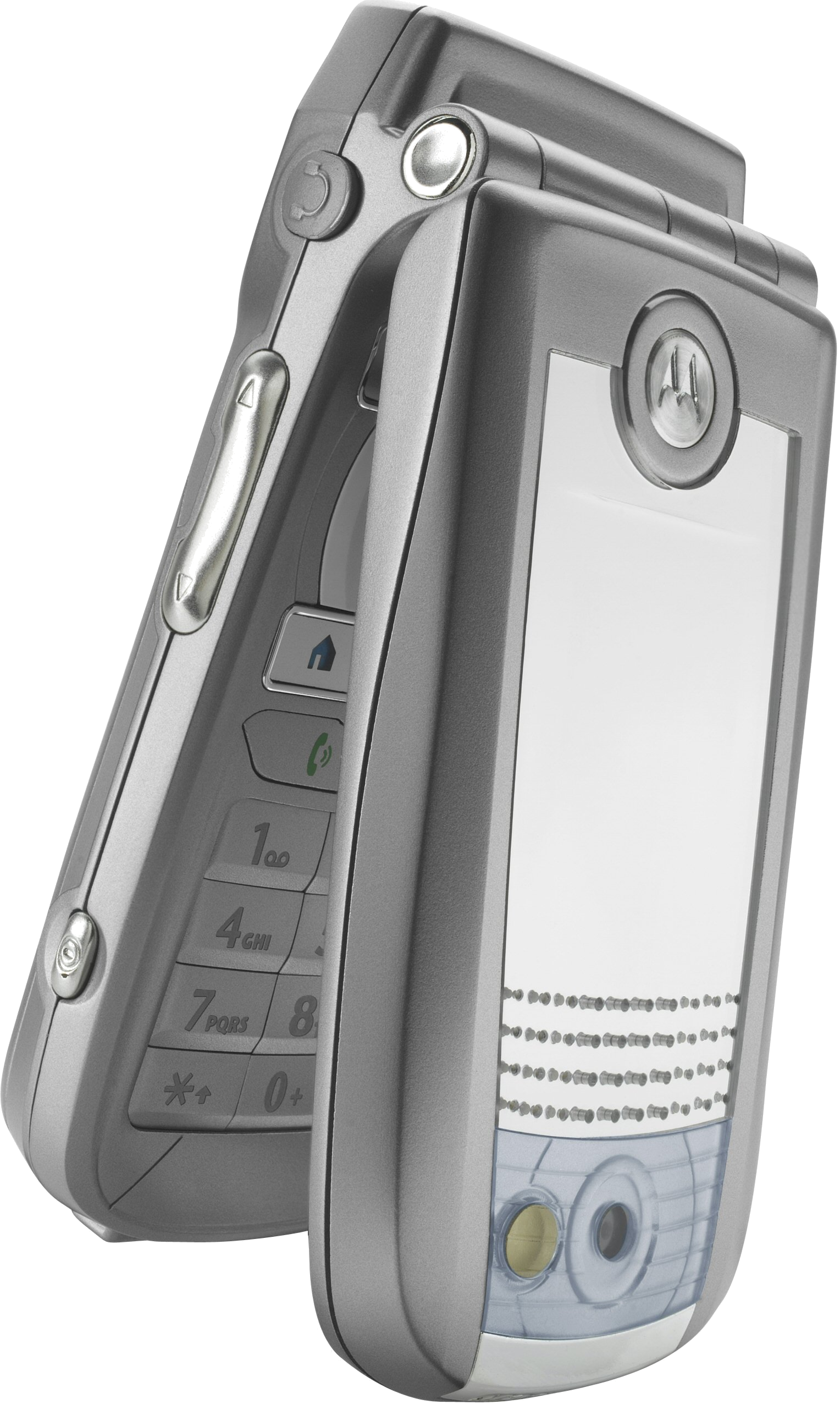 Motorola MPx220
Motorola MPx220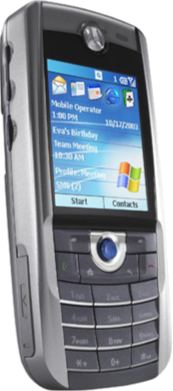 Motorola MPx100
Motorola MPx100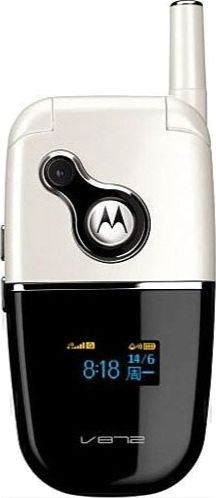 Motorola V872
Motorola V872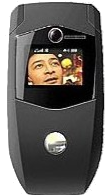 Motorola V1000
Motorola V1000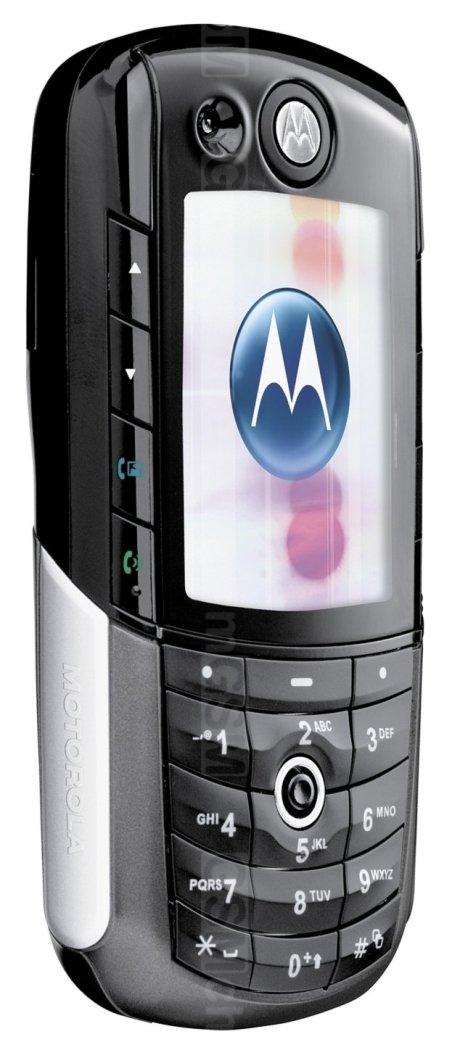 Motorola E1000
Motorola E1000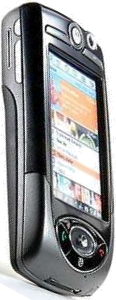 Motorola A1000
Motorola A1000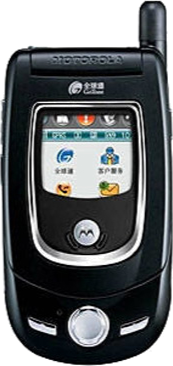 motorola a768i
motorola a768i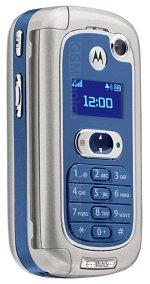 Motorola A630
Motorola A630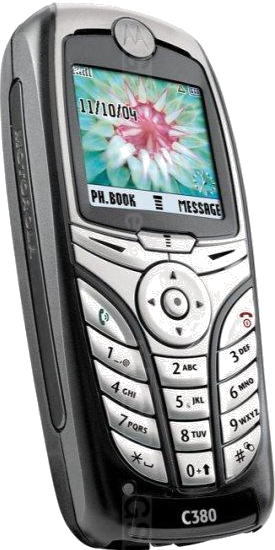 Motorola C380/C385
Motorola C380/C385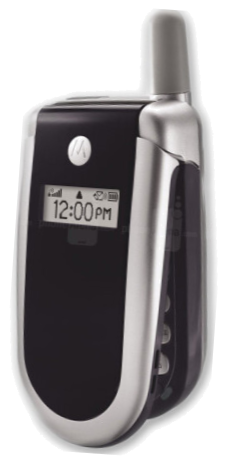 Motorola V180
Motorola V180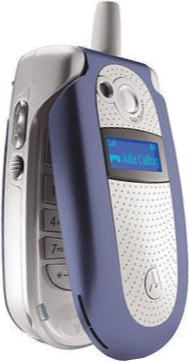 Motorola V400p
Motorola V400p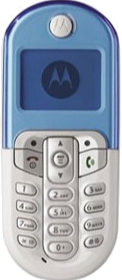 Motorola C205
Motorola C205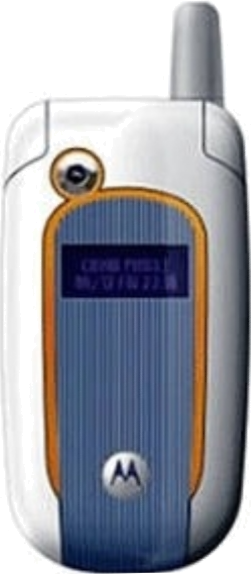 Motorola V501
Motorola V501Motorola Droid Razr Maxx (2012)
|
When Motorola named this phone the Razr Maxx,
They must have known that it would take some doing to fill the massive boots
and success of the original Razr, The bottom line is, Motorola did not achieve
this at all, The Droid Razr Maxx did not
have the same style as the original device, it was a different form factor all
together it wasn’t a flip phone. |
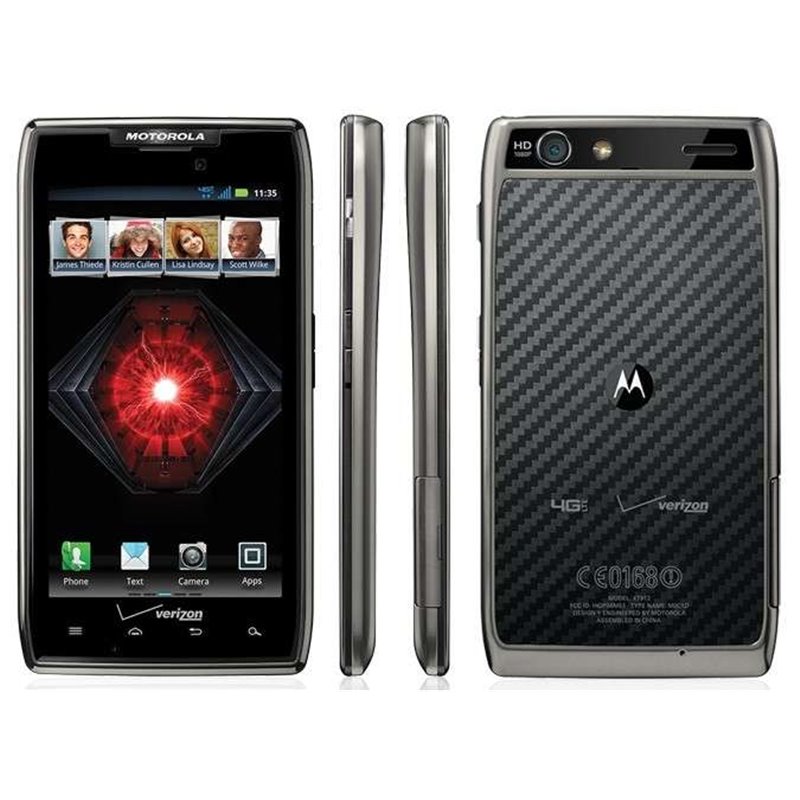 |
It had a slide out keyboard which was still impressive, but however, what it did have was an outstanding battery life even for today’s standard - which lasted for as much as two days. It was likely the best Android device to own, especially if you wanted it to last long.
|
, |
What Motorola did resurrecting the Razr series, with the Maxx, was use Smart software called (obviously) “Smart Actions” software. Motorola was trying to bring back the good old days of RAZR glory. Smart Actions made it a little easier for the user. it allowed the phone to do some essential actions within some special parameters. For instance, you could “Trigger” an “Action” for the phone to automatically switch to WiFi when you enter your home or office. Or, you could change the sound profile to silent when you’re sleeping at night. Once you have set the triggers and actions, you don’t have to think about them again. |
Users could instruct the phone with “Conditions” and “Actions “using Smart Actions. Through this method, it didn’t use any more battery than what your SmartPhone normally uses, in addition battery life Improved when using Phone Book Access Profile (PBAP) using Bluetooth® enabled headsets, so basically with Smart Actions Software users could set conditions that triggered actions, like, why us GPS to get your location which taxes the battery, when users can latch onto a signal using nearby cell phone towers to triangulate your position which taxes the battery less. The bottom line is that increased overall battery life is achieved but still targeting on its overall performance and user experience.

2003
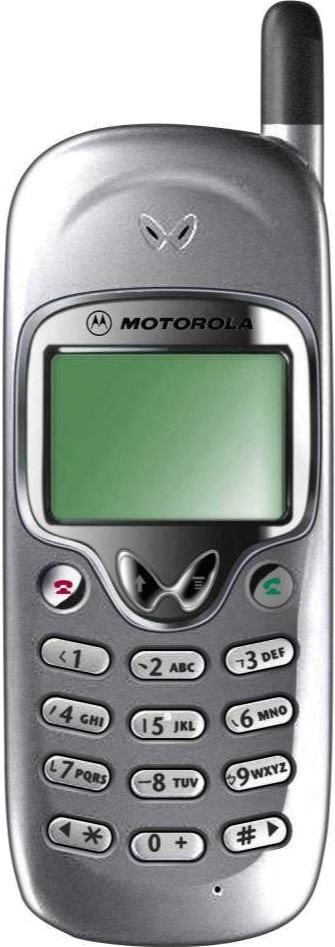 Motorola C289
Motorola C289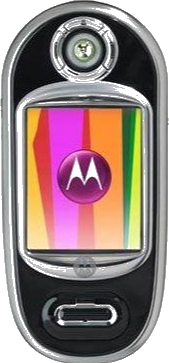 Motorola V80
Motorola V80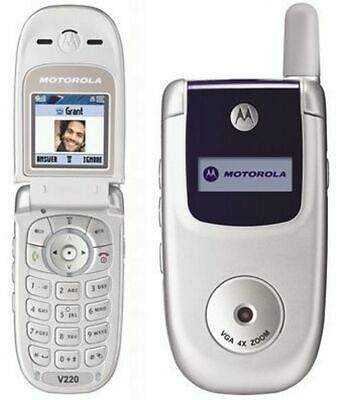 Motorola V220
Motorola V220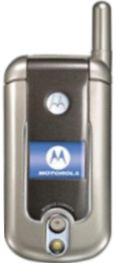 Motorola V878
Motorola V878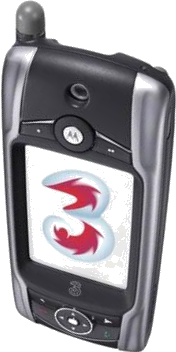 Motorola A925
Motorola A925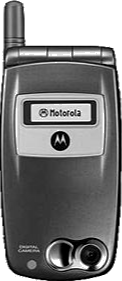 Motorola V750
Motorola V750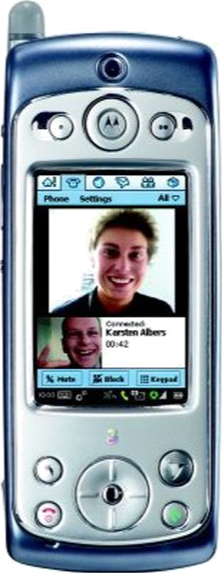 Motorola A920
Motorola A920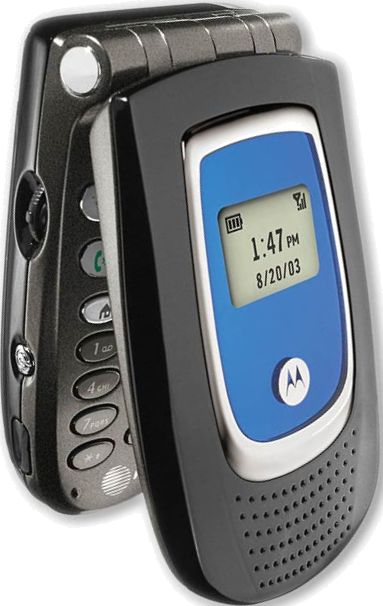 Motorola MPx200
Motorola MPx200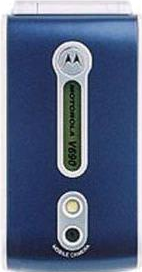 Motorola V690
Motorola V690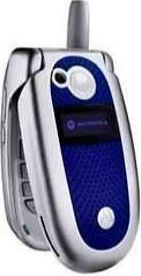 Motorola V525
Motorola V525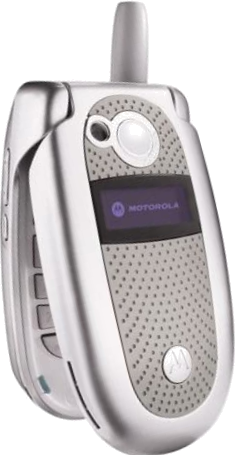 Motorola V500
Motorola V500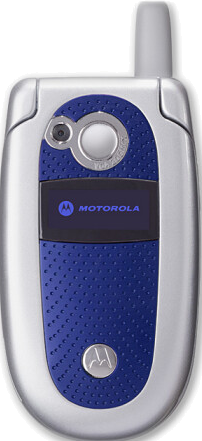 Motorola V303
Motorola V303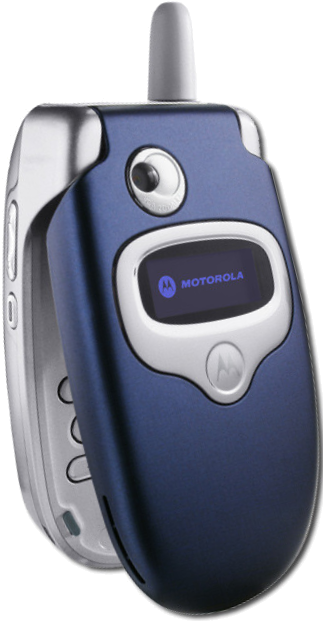 Motorola V300
Motorola V300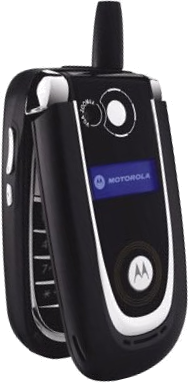 Motorola V600
Motorola V600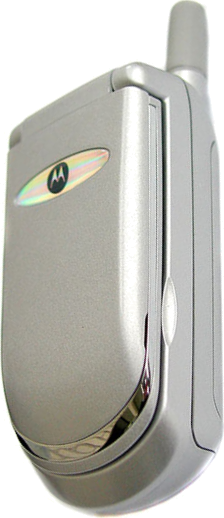 Motorola V150
Motorola V150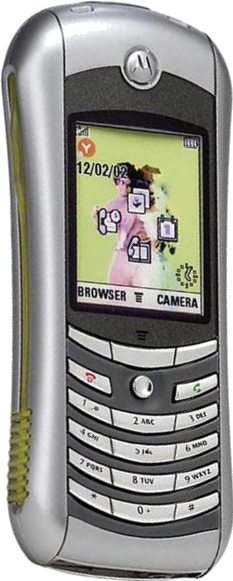 Motorola E390
Motorola E390 Motorola C550
Motorola C550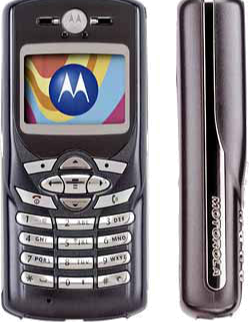 Motorola C450
Motorola C450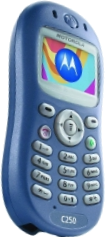 Motorola C250
Motorola C250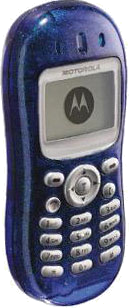 Motorola C230
Motorola C230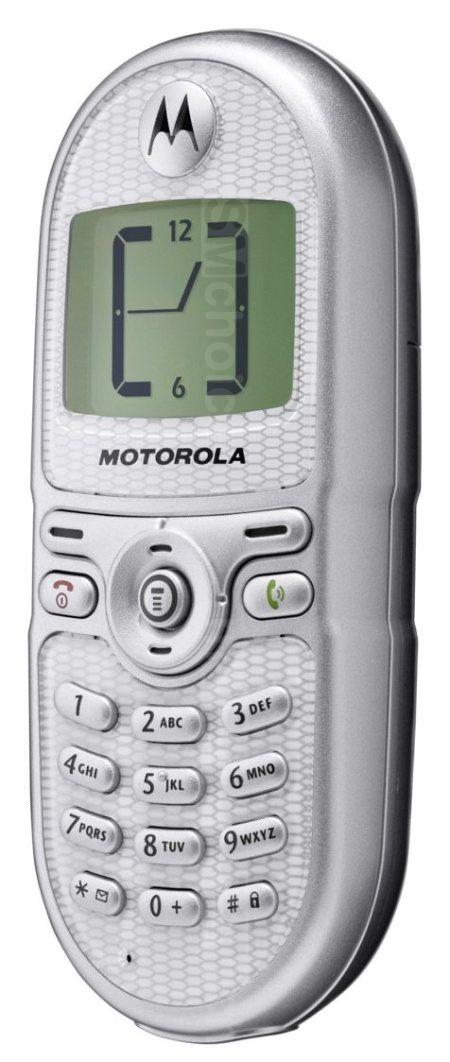 Motorola C200
Motorola C200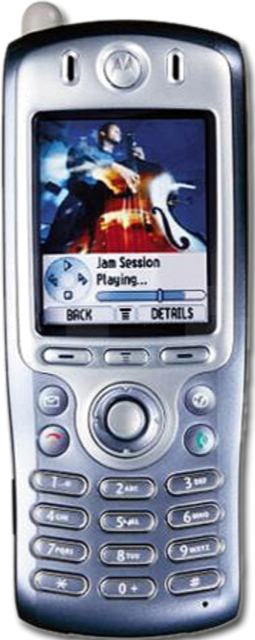 Motorola A830
Motorola A830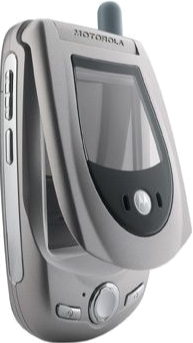 Motorola A760
Motorola A760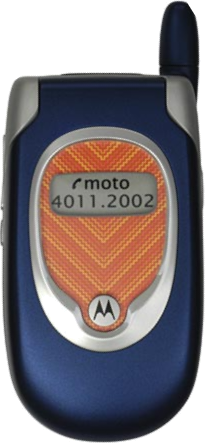 Motorola V295
Motorola V295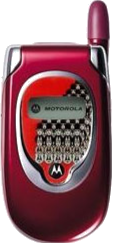 Motorola V291
Motorola V291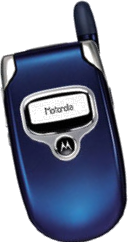 Motorola V290
Motorola V290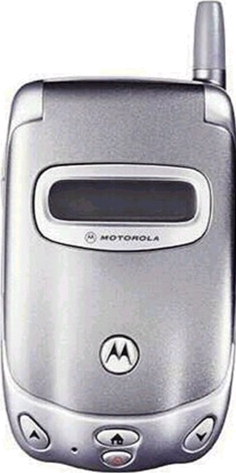 Motorola A388c
Motorola A388c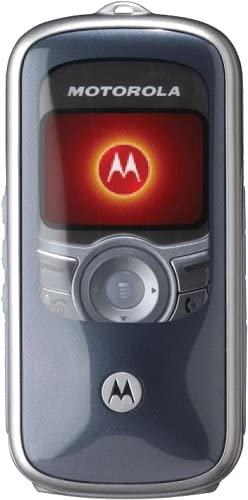 Motorola E380
Motorola E380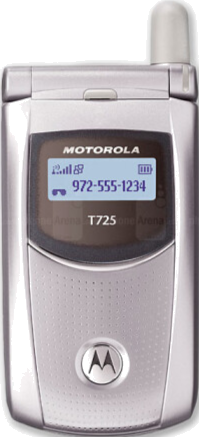 Motorola T725
Motorola T725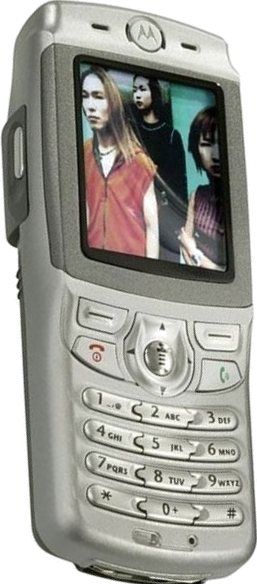 Motorola E365
Motorola E365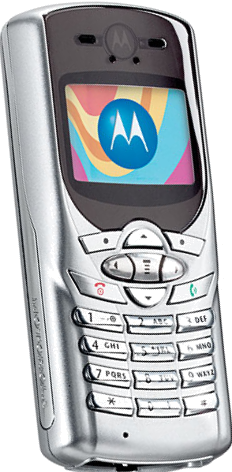 Motorola C350
Motorola C350Motorola Droid 4 (2012)
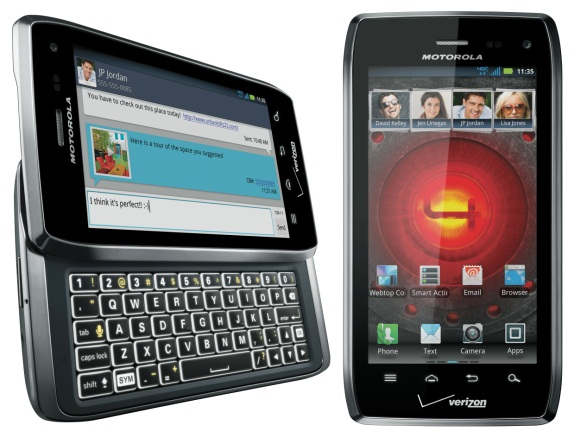
The Droid 4 is considered one of the last great QWERTY smartphones. It supposedly perfected the mobile keyboard with responsive, tactile, and strong keys.
The Motorola Droid 4 was released with Android 2.3 "Gingerbread" out of the box, then it was gradually updated to Android 4.0 "Ice Cream Sandwich" and finally to Android 4.1 "Jelly Bean". It was released February 10, 2012, as the successor to Motorola's Droid 3, and is one of the first to support GLONASS in addition to GPS.
 |
First, we feel one of the outstanding features of the Droid 4 is the edge-lit QWERTY keyboard (keyboardResponsive) The Droid 4 did not only improve on its predecessors' keyboards, but also on other SmartPhone brands as well. Motorola redefined the QWERTY keyboard to the next level, offering die-hard physical QWERTY fans one of the most refined experiences on the market back then. |

2002
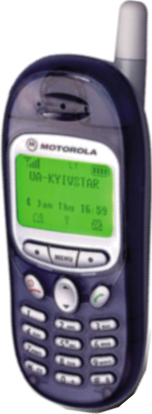 Motorola T190
Motorola T190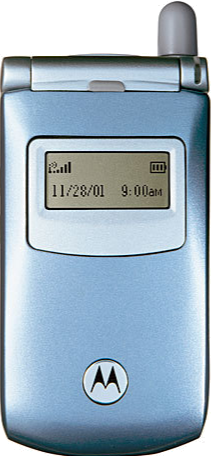 Motorola T720
Motorola T720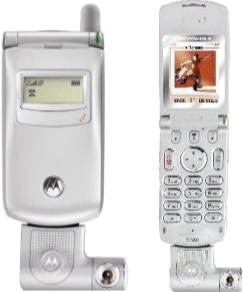 Motorola T720i
Motorola T720i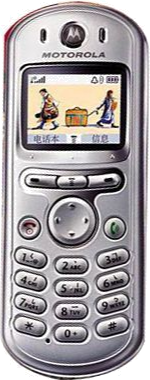 Motorola E360
Motorola E360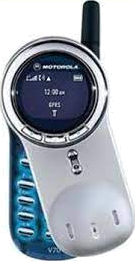 Motorola V70
Motorola V70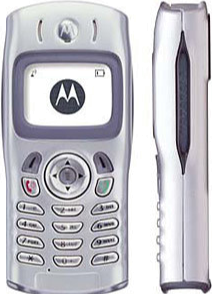 Motorola C336
Motorola C336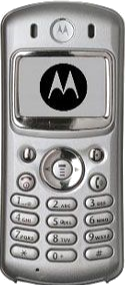 Motorola C330
Motorola C330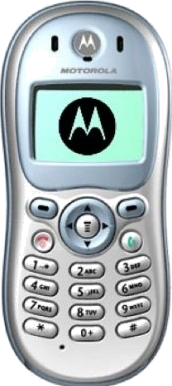 Motorola C332
Motorola C332 Motorola C331
Motorola C331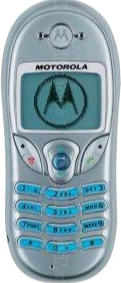 Motorola C300
Motorola C300 Motorola V60i/V60x
Motorola V60i/V60x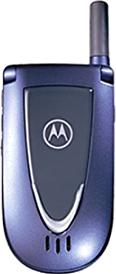 Motorola V66i
Motorola V66i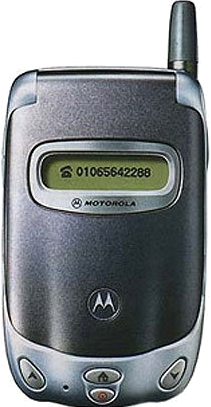 Motorola Accompli 388
Motorola Accompli 388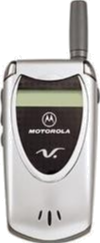 Motorola V60
Motorola V60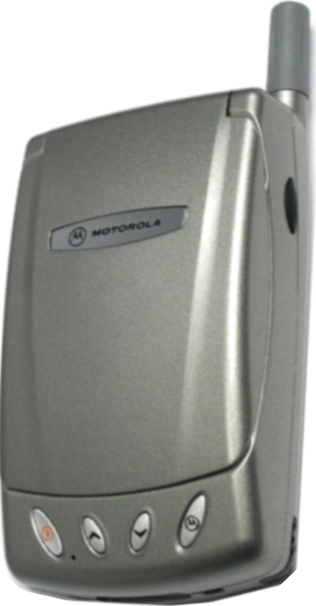 Motorola Accompli 008
Motorola Accompli 008First, we feel one of the outstanding features of the Droid 4 is the edge-lit QWERTY keyboard (keyboardResponsive) The Droid 4 did not only improve on its predecessors' keyboards, but also on other SmartPhone brands as well. Motorola redefined the QWERTY keyboard to the next level, offering die-hard physical QWERTY fans one of the most refined experiences on the market back then.
 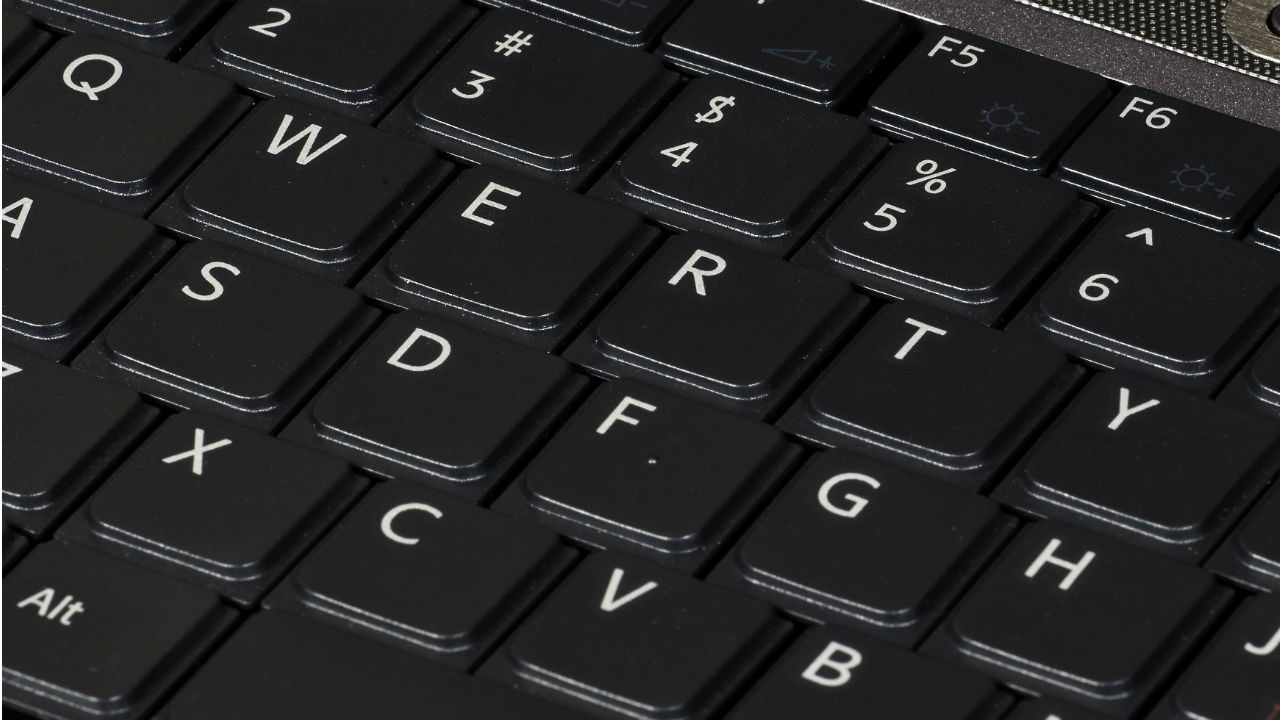 |
In addition, it WAS the only dual-core LTE smartphone with a physical QWERTY keyboard that was a unique selling point. So tactile users who need to feel the touch, feedback and compressions, who need super-fast 4G internet using a SmartPhone that has a keyboard, the Droid 4 was (and maybe still is) the only game in town. Everything else was high standards including a 4-inch HD screen display and a Micro USB / Micro HDMI combination at the bottom left hand corner. |

2001
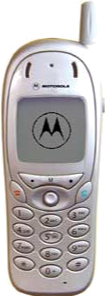 Motorola Timeport 280
Motorola Timeport 280 Motorola Timeport 260
Motorola Timeport 260 Motorola Timeport 250
Motorola Timeport 250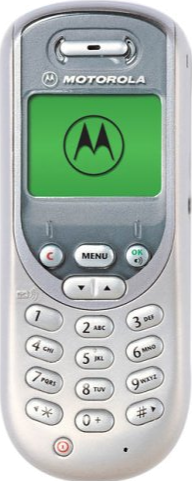 Motorola Talkabout T192
Motorola Talkabout T192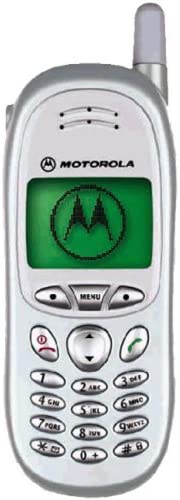 Motorola Talkabout T191
Motorola Talkabout T191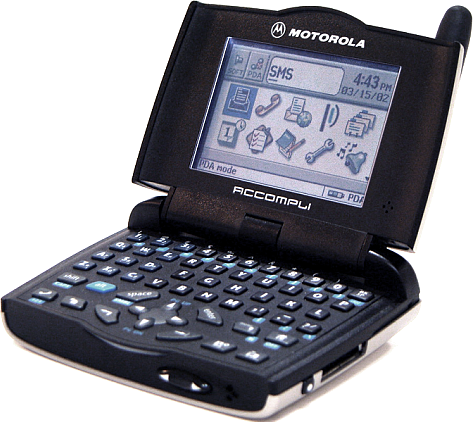 Motorola Accompli 009
Motorola Accompli 009Moto X (2013)
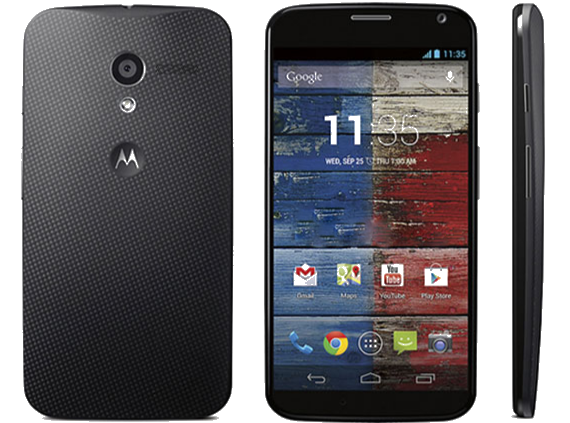
It was in August 2013 when Motorola released the Moto. The pressure was on Motorola, as the pioneer they are in the Mobile Phone industry, people were waiting in anticipation on what Motorola was going to release their own mainstream proper flagship SmartPhone like its rivals had, at a time when the company was faltering, plus in addition, it was being billed as a make a break time, the comeback device of Motorola, so much so that Moto X was Motorola's first flagship after becoming a Google-owned company in 2012. Reviews of the Moto X was somewhat good, it didn’t blow up the market parse, well notice, lukewarm critical acclaim but did not stand out enough against rival makes as expected.
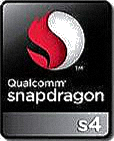 |
It did not possess the cutting edge specs many were hoping for from a flagship SmartPhone It wasn't really much of a flagship, it didn’t have all the frills and thrills, all the bells and whistles, meanwhile the Moto X was acknowledged as relatively having lower performance capabilities with a 1.7GHz dual-core Snapdragon S4 Pro chipset backed by 2GB of RAM, in comparison to quad-core 2.3GHz Snapdragon 800 chips flagship phones at that time had under the hood. |

2000
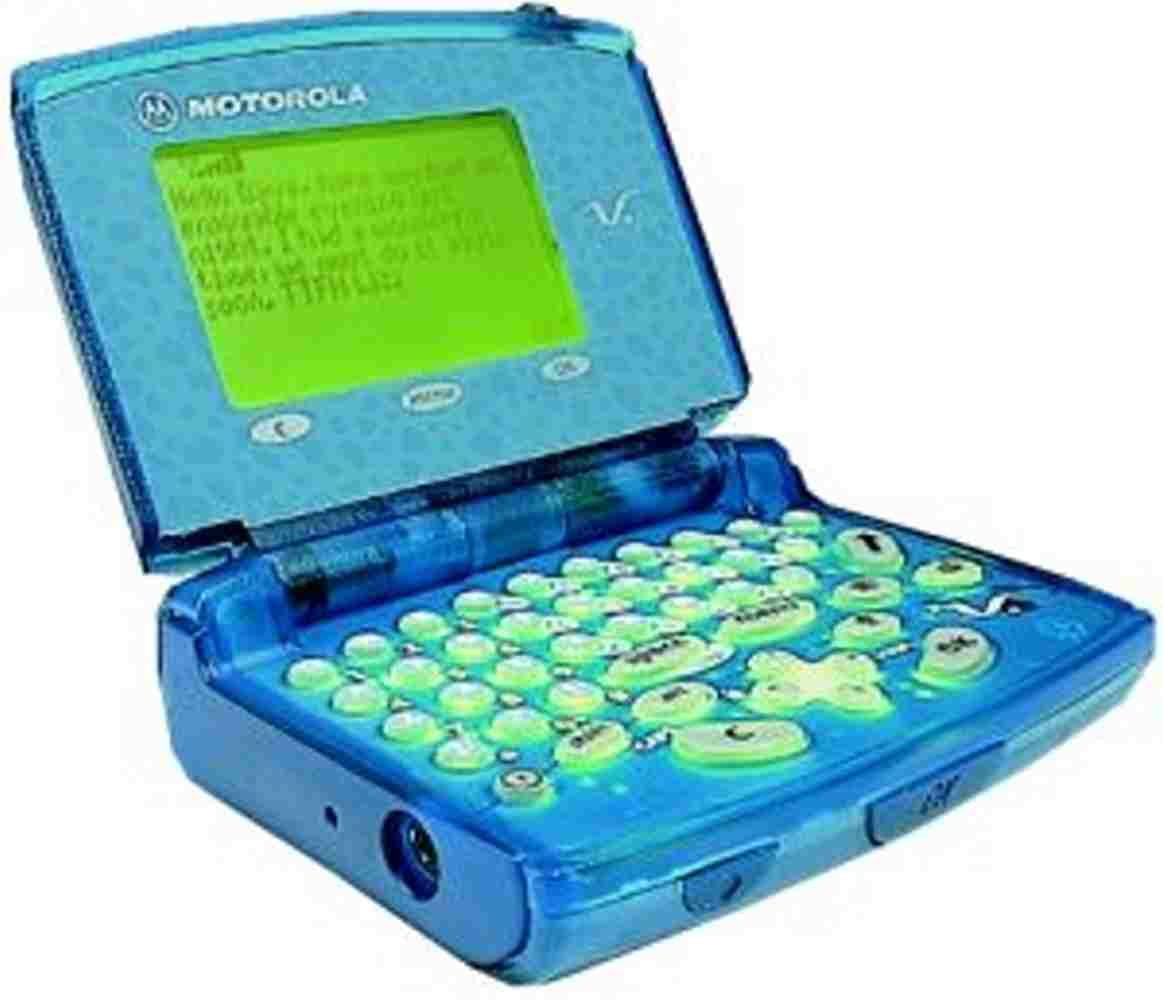 Motorola V.box(V100)
Motorola V.box(V100)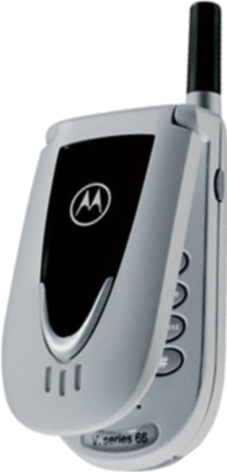 Motorola V66
Motorola V66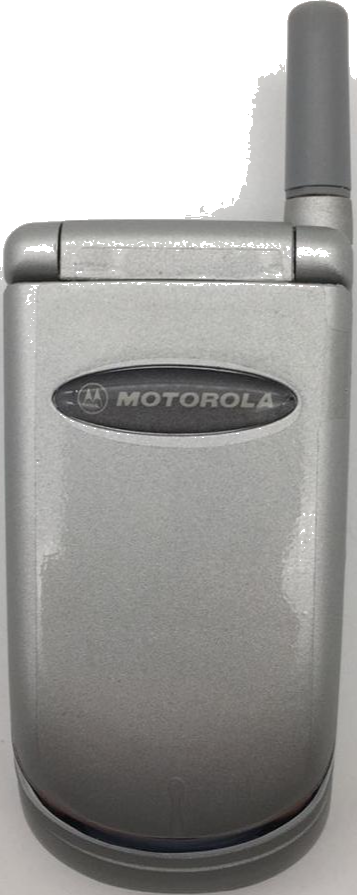 Motorola V50
Motorola V50 Motorola T180
Motorola T180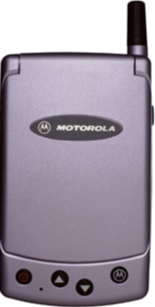 Motorola A6188
Motorola A6188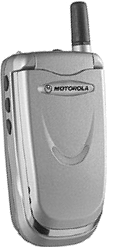 Motorola v8088
Motorola v8088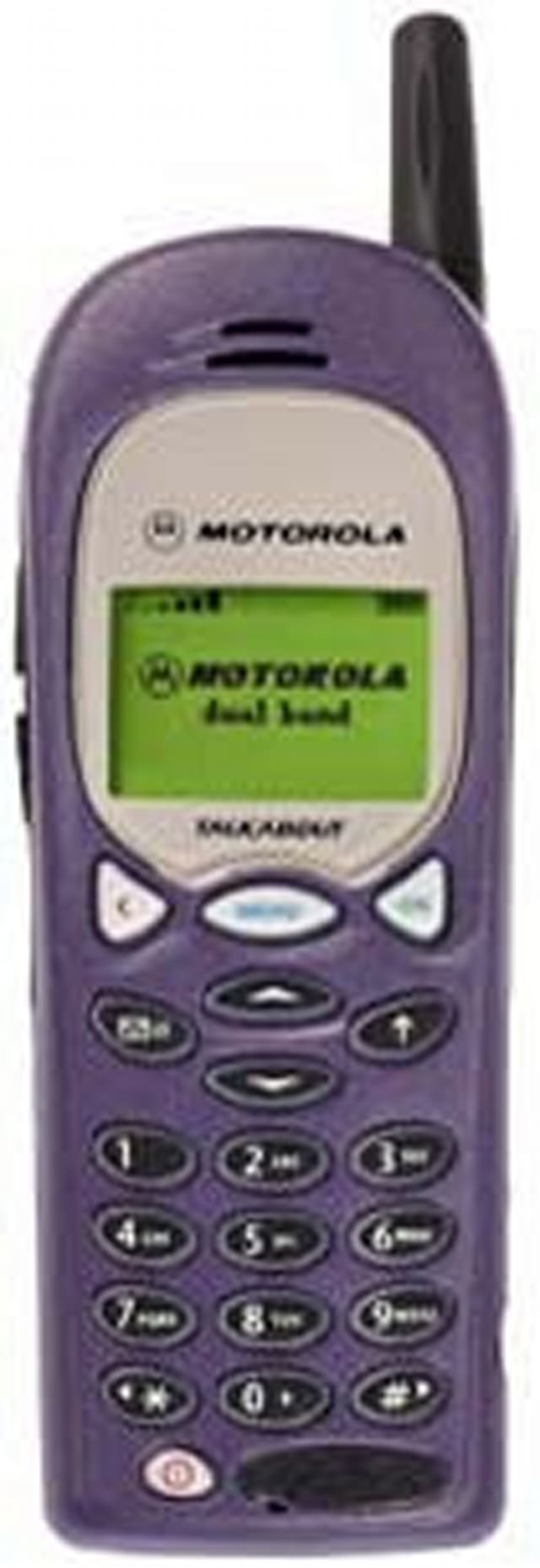 Motorola Talkabout T2288
Motorola Talkabout T2288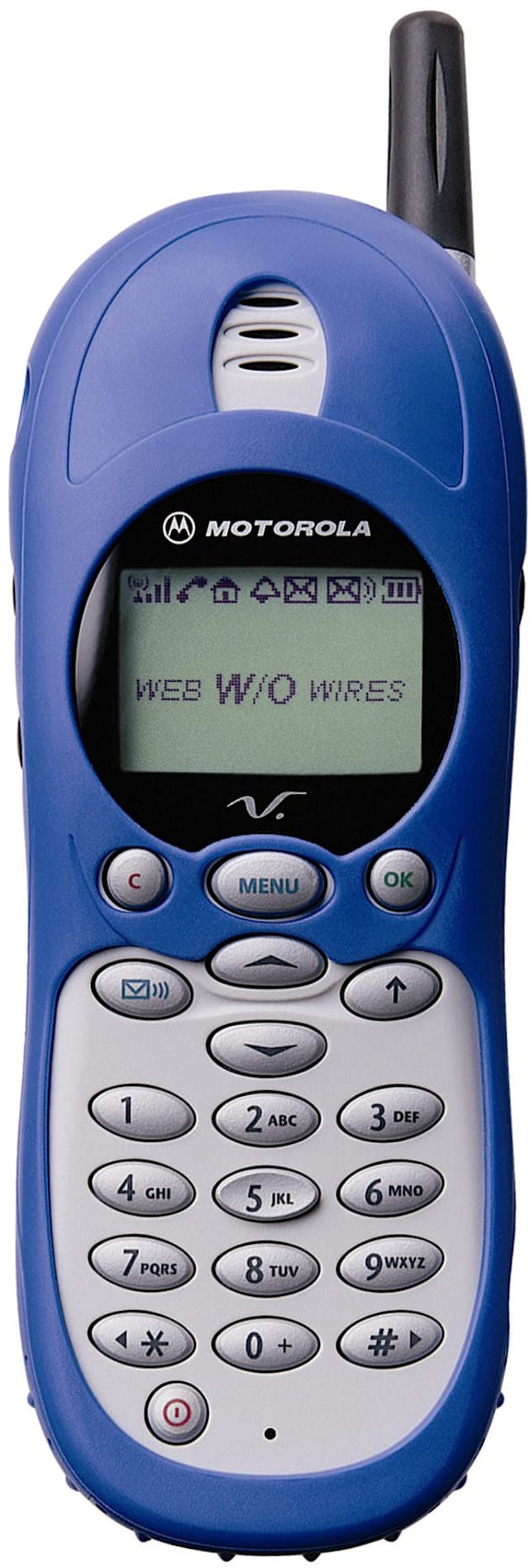 Motorola V2288
Motorola V2288 Motorola Timeport P7389
Motorola Timeport P7389 Motorola Timeport l7089
Motorola Timeport l7089Still for Motorola the Moto X was a good entry effort into the flagship "big boy” level, some good innovative user interface software, performance was sufficient and the display was considered acceptable with crystal clear Corning glass.
|
The Moto X seemed like an upper mid rang Phone with flagship class but didn’t really cut it with mainstream Heavy Mobile Users. Motorola was strategic by targeting more at the mass market and designed to appeal to everyone that was "mainstream" consumers. It did, however, offer customisation options and some funky aesthetics thanks to Moto Maker. |
 |

1999
 Motorola M3888
Motorola M3888 Motorola M3788
Motorola M3788 Motorola M3688
Motorola M3688 Motorola M3588
Motorola M3588 Motorola M3288
Motorola M3288 Motorola M3188
Motorola M3188
 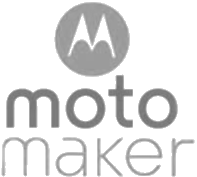 |
Motorola’s fundamental strategy and goal was to give users who cannot (or will never be able to) afford that brand new flagship phone experience price, a chance to do just that. But the key is that this phone did undercut most other smartphones in price at the time, while still offering more than enough of every feature anyone could want in a flagship phone. So in a nut shell, it was an upper mid-range SmartPhone with a flagship spirit that focused on and cared about the unique user experience. |
Moto G (2013)
|
Motorola
followed the same script when they dropped the Moto
G in 2013 while
rivals were rightfully spending big on flagships, Motorola smart-fully did the
opposite, it was different, and there was a big niche in the
market nobody was looking at. |
 |
|
They targeted the emerging markets with above average specs. Motorola grabbed a piece of the pie, by providing Android to users who previously could not afford not only a flagship SmartPhone, but could not own a smartphone. It presented a great experience at the affordable end of the market. |

1998
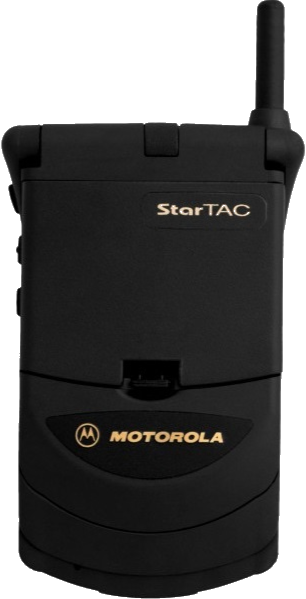 Motorola StarTAC 130
Motorola StarTAC 130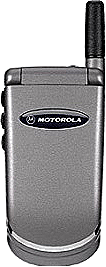 Motorola V3690
Motorola V3690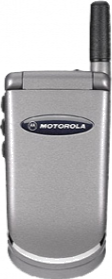 Motorola V3688
Motorola V3688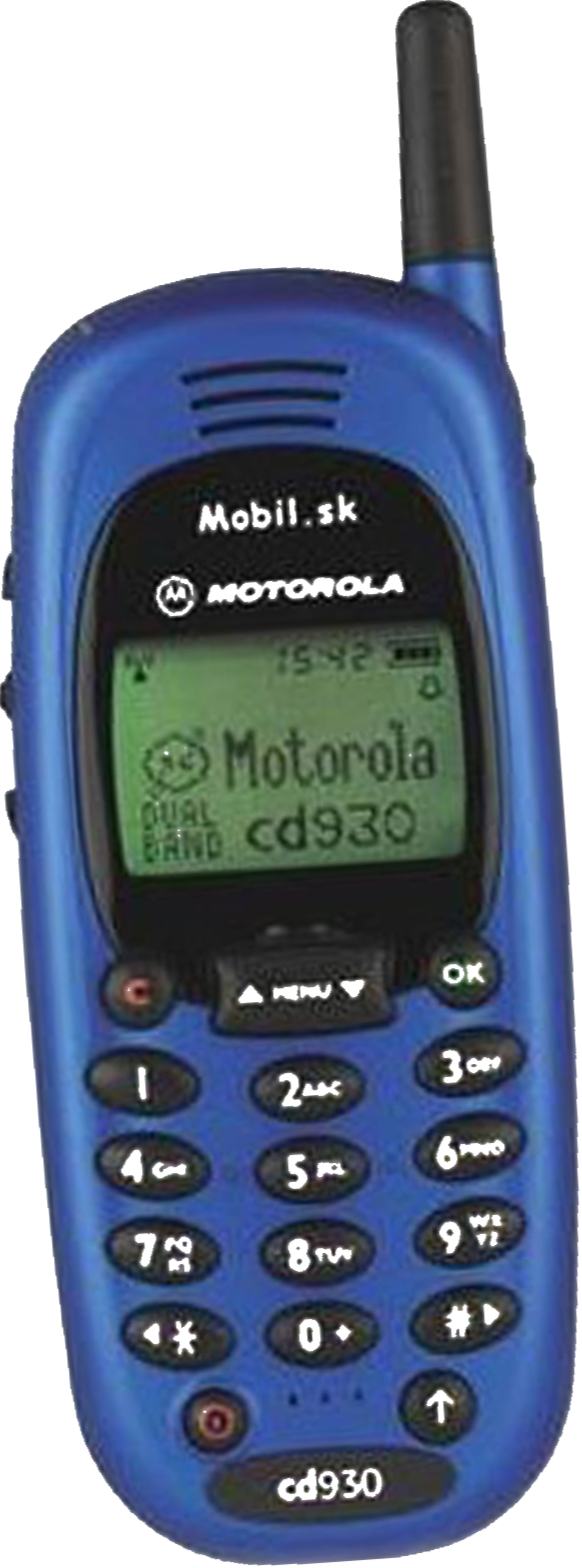 Motorola CD930
Motorola CD930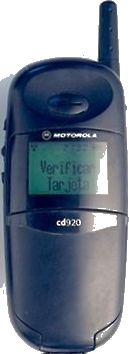 Motorola CD920
Motorola CD920 Motorola D520
Motorola D520Nexus 6 (2014)
As the saying goes “if it ain’t broke, don’t fix it” Motorola took this to heart as all they did was that they simply took the Moto X and scaled it up to the size of a phablet, gave it more specs and power to give us the Nexus 6 and they did a good job with it too.
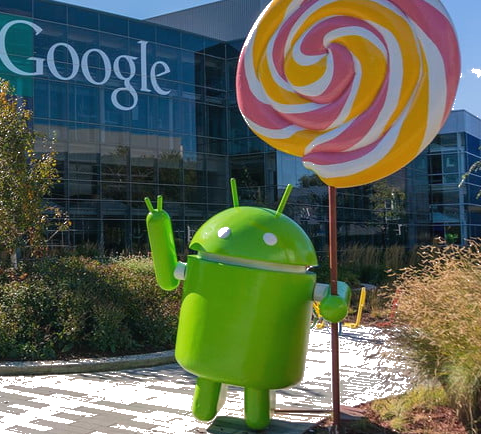 |
Google and Motorola Mobility came together to develop The Nexus 6 as a phablet co-developed that ran the Android operating system. Appropriately named the Nexus 6 (codenamed Shamu) as the SmartPhone was the sixth device in the Google Nexus series and the successor to the Nexus 5, and carrying on the Nexus lineage powered by the Android 5.0 "Lollipop" OS that first appeared with the Nexus 6. |
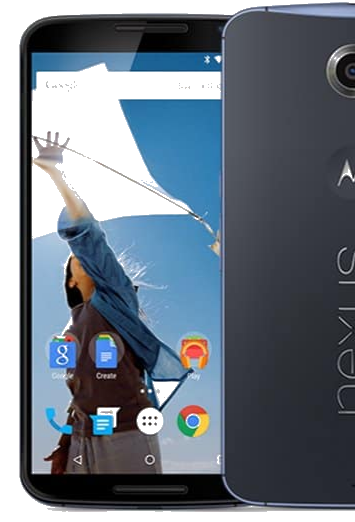
Motorola went large, they went BIG, literally, this was the “era” of the big phone known as the Phablet, which made sense as the SmartPhone was becoming the main one-stop-shop, the ultimate all-in-one for personal entertainment, information and utility when on the move or not, besides that’s what all the rivals were releasing, so there for the Nexus 6 saw Motorola 2014 going large when they dropped the Nex 6 device that moved them into the phablet territory.
What did the Nexus 6 bring to the table? It was a fantastic all-round SmartPhone with
the latest version of Android, good
chipsets with plenty of power, with excellent all-round performance, firm
build backed by an attractive design from the design of the Moto X.
Primarily aimed at heavy flagship mobile phone users and to true Android fans. Like we said in the beginning “if it ain’t broke, don’t fix it” in fact improve it further, then give it a good undercutting price.

1997
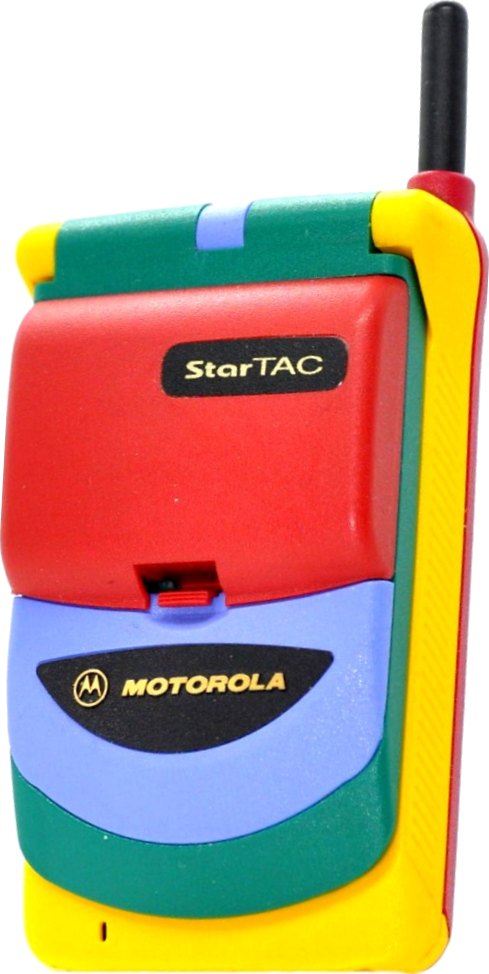 Motorola StarTAC Rainbow
Motorola StarTAC Rainbow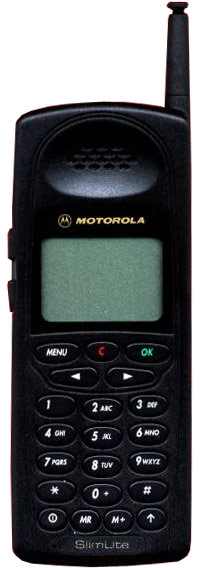 Motorola SlimLite
Motorola SlimLite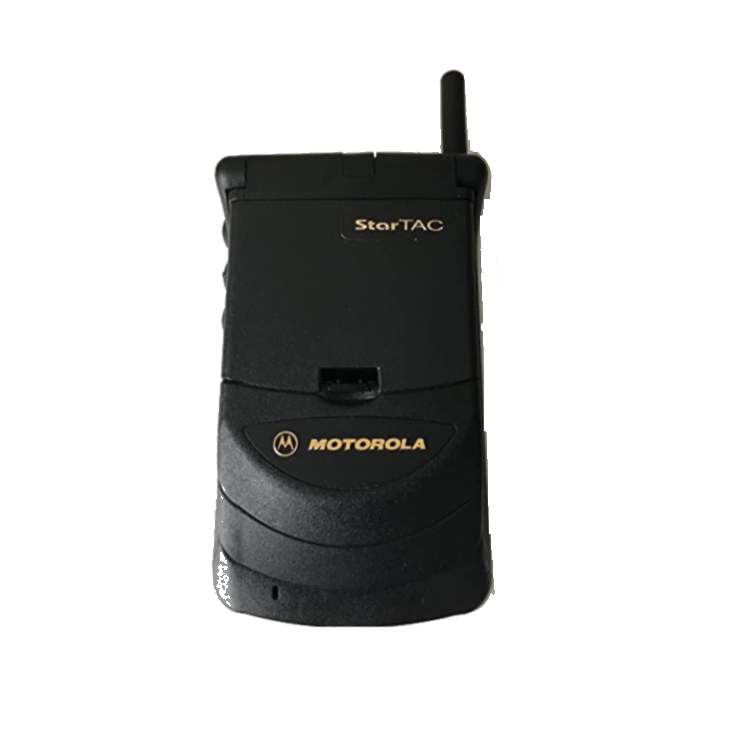 Motorola StarTac 75/85
Motorola StarTac 75/85Moto Z and Moto Mods (2016)
|
Lenovo launched the Moto Z in 2016. The Moto Z was far more than met the eye, it looked like and functioned like a regular SmartPhone however, it excelled better than the rest when in a different mode, through exclusive customised attachable accessories assigned to do a function including improved speakers, printers and cameras and then some more including projectors. |
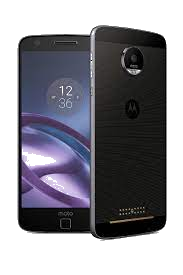 |
With contact points on the back of the phone, that sends data and power between the add-on Mod and the phone. Each Mod attaches to the back of a Moto Z-series SmartPhone using built-in magnets.
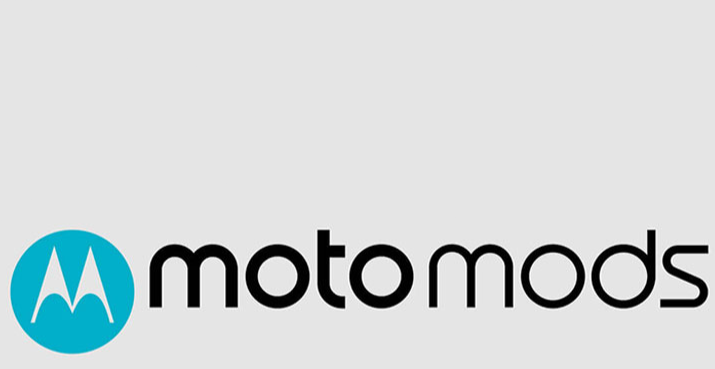 |
The
question is was the Moto Z a Flagship SmartPhone or just one that’s stands out
from the rest, allowing PhoneUsers to amplify interested functions and features
on the phone using accessories that work much better than the phones ability. |
The Moto Z wasn't a flagship it was like a pioneer device, - as since then, even though Motorola foresaw the gap anyway, Moto Mods has been an eye opener for mobile accessories makers who manufacture these add-on accessories for phones still continues and as for Motorola, it went well beyond the original phone, the Moto Z as the Moto Z2, Z2 Play, Z2 Force and Z3, Z3 Play followed.
What are the different Mods Snap-On accessories for Moto Z? What are Moto Mods?

1996
 Motorola StarTAC
Motorola StarTACHasselblad True Zoom
Hasselblad Moto Mod camera helps to transform the Moto Z it into a "proper" camera. They called it “True Zoom”, very simple to clip on using the magnetic facility, then using the normal camera app and you’re ready to go, as we have” plug n play”, here its simply “clip n snap”.
Produced by Hasselblad and Motorola, but first who is Hasselblad? They are a leading manufacturer of digital medium format cameras and lenses renowned for their iconic design, however True Zoom was engineered by Motorola rather than the prestigious Swedish camera maker who primarily use metal to produce cameras. The True Zoom has some plastic incorporated into it, making it ultra-lightweight, which is excellent for the sake of portability, after all it attaches to a mobile phone.
With a 10x optical zoom lens, from a 25-250mm equivalent that allows it zoom-in without dropping quality until it gets to the 10x limit. Featuring f/3.5-f/6.5 aperture is modest with its highest resolution video capture which sits at 1080p30.

1995
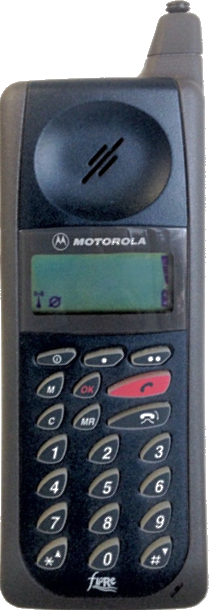 Motorola Flare
Motorola FlareJBL SoundBoost / SoundBoost 2
To make the SoundBoost speaker, Motorola joined with JBL an American company that manufactures high-end Premium audio equipment such as wireless Bluetooth speakers, Android & iOS headphones, subwoofers, home theatre systems including loudspeakers and headphone Speakers, which take your music to the next level. They created the SoundBoost, with Built-in kickstand.
A stereo loudspeaker with two three-watt drivers and for 2017 they dropped SoundBoost 2, with fabric-covered, splashproof. The Mod amplifies the phone's sound Giving your SmartPhone a boost with powerful stereo sound. Snap on the speaker and it plays instantly. No pairing. No hassle.
Moto Insta-Share projector
The projector, Motorola calls the Moto Insta-Share Projector, that can beam a video or image measuring up to 70-inches diagonally from any angle, onto any surface. It also has a built-in loudspeaker and built-in stand With an ultra-thin design, the Insta-Share Projector goes wherever you go. Slip it into your pocket or bag. The Moto Insta-Share Projector magnetically snaps easily onto the Moto Z phone so you can immediately start projecting photos or that video, basically your own private portable cinema in your hand.
Moto GamePad
This Moto Mod works with Moto Z phones that are compatible, they called it The Moto Gamepad, it’s a rigid cradle that Transforms any moto z into a handheld gaming console literally in just one Snap-On movement, it syncs and begins functioning as soon as you snap your phone on the connection port consisting of authentic physical buttons and controls for that true game Play experience of the latest games on the move. The Moto GamePad has all the physical controls of a true gaming device.
The Gamepad's has its own charging capabilities with a 1,035mAh battery on-board using A USB-C charging port is used to charge the battery, which can last up to eight hours of gameplay.

1989
 Motorola MicroTAC 9800x
Motorola MicroTAC 9800x
1987
 Motorola DynaTAC 8500X
Motorola DynaTAC 8500X
1983
 Motorola DynaTAC 8000x
Motorola DynaTAC 8000xMoto 360 Camera
The Moto 360 Camera is a Moto Mod that allows recording 360-degree video at 4K resolution with two 12-megapixel cameras and can also record 3D audio using four built-in microphones.
Motorola released the Moto Z2 Force in 2017, August 10, with the snap on 360-degree camera that can work with any phone in the Moto Z line-up. When one angle isn't enough, it allows the user to capture everything by just Snapping on the 360 degree camera, and capture interactive video, audio, and images from every direction.
Polaroid Insta-Share Printer
The Insta-Share printer, can print images on real papers so you can stick them onto your fridge rather than your Facebook page. Polaroids for those who don’t know or remember is the ability to take a photo anywhere and have it appear on paper right there before your eyes with no need to process. Users can re-live the past with the Polaroid Insta-Share Printer. It transforms your moto z into a super-portable Polaroid camera just Snap, print and share. Anywhere.
Livermorium Slider Keyboard Moto Mod
Here with this Mod, the Livermorium Slider Keyboard Moto Mod allows dedicated fast typing good for business and students, just clip on and slide out the angled keyboard.
Incipio
Vehicle Dock
When driving around in your car and you need to access your phone for what ever reason, its vital to do it safely when using a Z series phone, that’s where the Incipio Vehicle Dock transforms your phone into an in car display and functioning device, look at it as your in-car personal assistant.
Just clip the phone into the dock and Android Auto launches, including full music control, navigation and more.
Motorola Razr (2019)
|
At last at last, did Motorola finally drop a PROPER Flag Ship SmartPhone when they released the Razr back in 2019? However, did this do something of a service to the overall aims of Motorola as being a pioneer in the MobilePhone industry as a whole? |
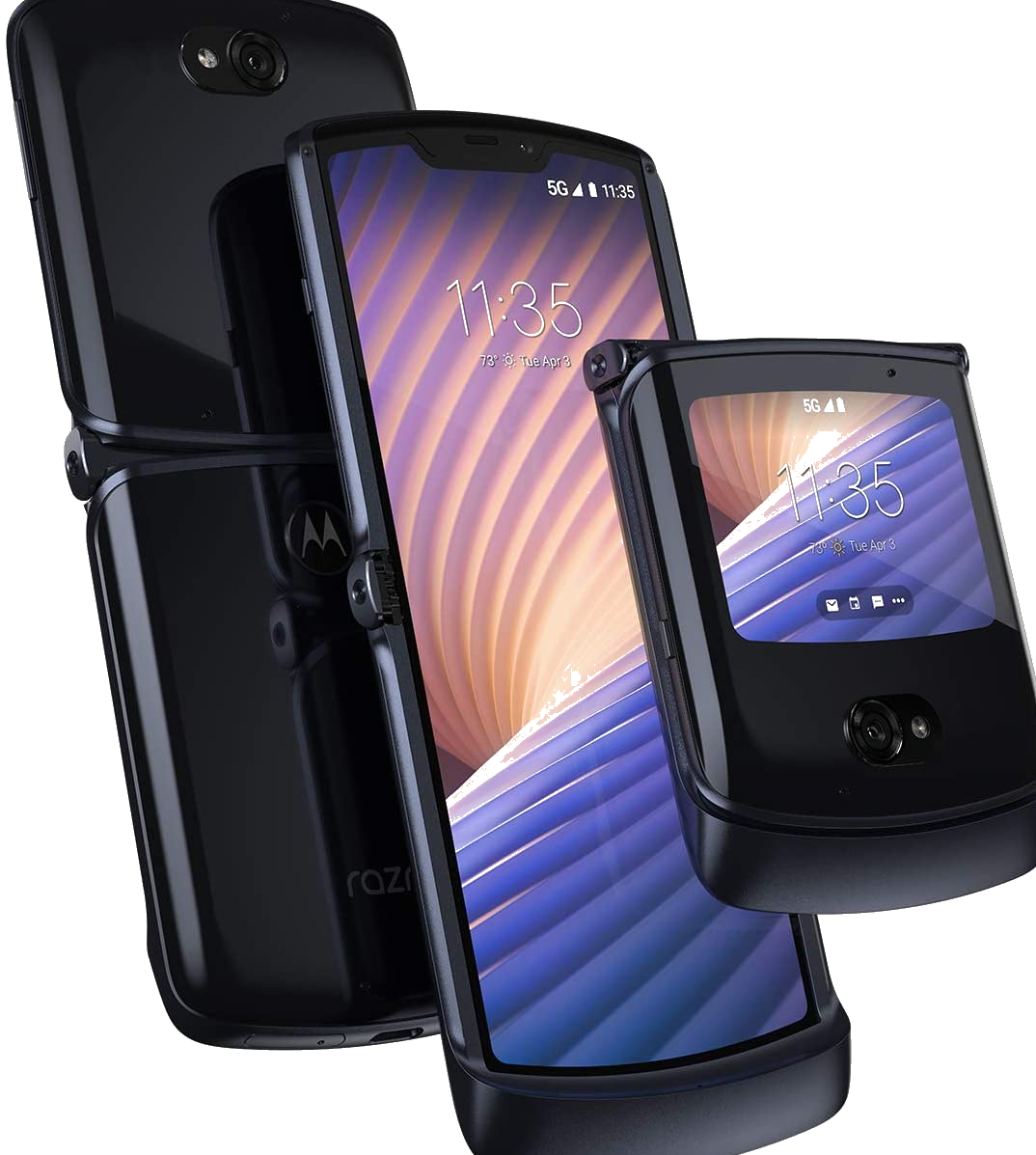 Motorola RAZR (2019) Motorola RAZR (2019) |
 Motorola RAZR (2004) Motorola RAZR (2004) |
It was August of 2013 when Motorola released the Moto X its first all-new phone under the stewardship of Google, MobileUsers and rivals were waiting and expecting an explosive release, it wasn’t that, but however it got good attention. Then in 2014 The Nexus was released, dubbed as the ultimate Android device, it was Motorola’s first Phablet. |
|
Did the Moto and the Nexus series really provide a proper flagship? Or were they just devices that didn’t just mainly focus on specs as flagships should, but more about the experience and not about the bells and whistles. |
  |
  clam shell design clam shell design |
Well it looks like Motorola finally released a SmartPhone with a “big bang” plus in addition, they also brought back their most iconic and successful Mobile Phone the Razr released way-back in 2004, which was The Motorola RAZR best-selling clamshell of all time. This looked like the blue print for Motorola’s future. The Razr was really brought up to date and reinvented with a folding screen, and familiar clam shell design that allows you to fold your phone in half. It attracted a lot of expected due attention. |
The bottom line is if anyone ever doubted if the new Razr was a flagship, the price tag of $1500 was the main indicator that it was. The main reason why the new Razr was so expensive (Moto Razr has a hinge 4 years in the making) is due to the intricate hinge system and the flexible OLED display screen. We saw something similar with a rotating mechanism of more than 200 high-precision different parts with the Motorola AURA. The Aura used to be a luxury device (and still is) with a huge $2000 price tag and that’s back in 2008.
|
In comparison with rival flagships, the specs inside is on a good level, with 6GB RAM and 128GB storage accompanied with a 15W TurboPower fast charging ability for the 2510mAh battery powering the phone, however Motorola stuck to an older Snapdragon 710 chipset. |
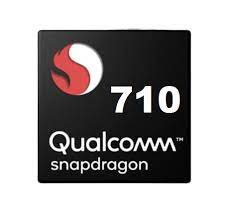 |
